Rabbits may be naturally clean animals, but they still need our help to stay healthy and comfortable. From brushing and grooming to cleaning up after accidents and keeping their living space fresh, good hygiene is one of the most important (and often overlooked) parts of rabbit care.
Click Here For a Guide to Creating the Ideal Litter Box.

The trick is knowing what needs your attention—and how to keep up with it without getting overwhelmed. Because let’s be honest, between fur, hay, and litter boxes, things can get messy fast. But when you have the right tools, habits, and know-how, rabbit hygiene becomes second nature—and your bunny thrives because of it.
This guide breaks it all down. Whether you're new to rabbit care or just want to fine-tune your routine, we’ll walk you through everything you need to know to keep your rabbit clean, healthy, and hoppy.
Why Rabbit Hygiene Matters More Than You Think
Most rabbit owners don’t bring home a bunny expecting to become a part-time janitor. But let’s be honest—rabbit care isn’t all soft fur and nose boops. Keeping your rabbit clean is a full-time responsibility that affects everything from their health to your home’s air quality. Rabbit hygiene isn’t just about a tidy enclosure; it’s a core part of good pet ownership.
Unlike dogs that bark when they’re uncomfortable or cats that spend half their lives grooming, rabbits are subtle. They don’t make a big fuss when something’s wrong. They’ll often sit quietly and suffer in silence. That’s why good hygiene habits are about more than just keeping your rabbit clean—they’re one of the most reliable ways to catch health issues early.
Why Rabbits Need Help To Stay Clean
Rabbits do groom themselves, but they’re not as efficient as you might think. They’ll clean their faces, ears, and a few key spots, but they don’t reach everywhere. Long-haired breeds like Angoras and Lionheads are especially vulnerable to matting, which can trap moisture and bacteria right against their skin. If left unchecked, this can lead to sores or even flystrike.
Flystrike occurs when flies lay eggs in dirty, damp fur. Once the maggots hatch, they may start feeding on the rabbit’s flesh. It’s more common than people realize and almost always preventable with proper hygiene. That’s why checking your rabbit’s rear and bedding daily is essential.
Even short-haired rabbits aren’t off the hook. They can suffer from urine scald (when urine stays on their fur too long), skin infections, and impacted scent glands. These problems usually don’t show up until they’re serious unless which is why regularly cleaning and inspecting your rabbit is important.
Hygiene and Digestive Health Go Hand-in-Hand
A lot of rabbit health issues begin with their diet, but poor hygiene can make them worse. Take poopy butt, for instance. If soft fecal matter builds up around the rabbit’s butt and isn’t cleaned away, it can create the perfect breeding ground for bacteria. It also makes it harder for them to perform their natural behavior of re-ingesting cecotropes, the nutrient-packed droppings rabbits need to stay balanced.

Rabbits with chronic hygiene issues often suffer from stress too. If their feet are constantly wet from a dirty litter box, or if they’re always getting cleaned in uncomfortable ways, they can become nervous or aggressive. Proper rabbit hygiene reduces stress and gives your pet the freedom to live like a rabbit should—grooming, eating, exploring, and loafing around without discomfort.
Why Human Spaces and Rabbit Needs Don’t Always Align
Here’s a hard truth: your house wasn’t built with a rabbit in mind. Carpets, wood floors, tight corners, and human cleaning supplies can all create hygiene hazards for your rabbit. Their waste builds up quickly. If you’re not using rabbit-safe cleaning solutions and checking their living area daily, the whole space can become a breeding ground for bacteria.
This affects you, too. Rabbit urine has a sharp, persistent odor that seeps into fabric, carpet padding, and even wood. When ignored, it becomes almost impossible to fully remove. But a well-maintained hygiene routine—built around daily spot cleaning and regular full cleanings—keeps both the rabbit and the home fresh. Our guide on cleaning up rabbit urine goes into the tools and techniques to get it done right.
Daily, Weekly, and Monthly Hygiene Tasks

Rabbit hygiene shouldn’t be overwhelming. The key is routine. Here’s a rough breakdown:
- Daily: Scoop the litter box, check for urine scald or poopy butt, and inspect the rear for signs of flystrike. Shake out soiled bedding and refill hay feeders.
- Weekly: Deep-clean the litter box, swap out toys or any soiled fabric, vacuum fur from the surrounding area, and brush your rabbit (especially during molting).
- Monthly: Wipe down walls, pen bars, and hard-to-reach corners. Check scent glands, clip nails if needed, and give your rabbit a full health check from nose to tail.
Sticking to a plan reduces the need for emergency cleanups and makes your rabbit’s care a lot easier to manage. And it’s not just about tidiness—it’s about prevention. Problems are so much easier to solve when you catch them early.
Why Grooming and Hygiene Aren’t the Same Thing (But You Still Need Both)
It’s easy to think brushing your rabbit is just about reducing shedding or preventing mats. And yes, that’s important. But grooming sessions also give you time to inspect their skin, ears, feet, and rear. You’ll notice wounds, ticks, or fur loss before they turn into problems. Learn more about that in our blog "The Lifelong Importance of Rabbit Grooming" where we break down how to do it safely and when it matters most.
If your rabbit is molting—and they all do, sometimes quite dramatically—you’ll want to be extra attentive. Rabbits can ingest large amounts of fur while grooming themselves, which can lead to dangerous blockages. Regular brushing helps remove loose hair before it’s swallowed. Learn more about rabbit molting here.
Do Rabbit's Need Baths?
Rabbits and water don’t mix well. Unlike dogs, most rabbits find bathing terrifying, and their dense fur takes a long time to dry. A wet rabbit is at risk for hypothermia, even indoors. Their skin is also extremely delicate, making soap or rough towels a recipe for irritation or worse. That’s why routine maintenance is far better than occasional crisis cleaning. If you’re considering a bath, read our blog "Do You Give Rabbits a Bath? Here's What You Need to Know."
If your rabbit gets dirty, spot cleaning is safer. Use a damp cloth and rabbit-safe shampoo for small areas to avoid accidents that can cause trauma or stress.
What Hygiene Tells You About a Rabbit’s Health
One of the most underrated benefits of good hygiene is how much it tells you about your rabbit’s condition. When you clean their litter box, you’ll notice changes in their urine or feces. When you groom them, you’ll spot lumps, rashes, or parasites. When you inspect their scent glands or rear, you might notice signs of infection or injury that would otherwise go unnoticed.
A clean rabbit isn’t just easier to live with—it’s easier to care for. Their behavior will reflect how comfortable they feel. A rabbit in a clean space tends to eat better, play more, and act naturally. A rabbit in a soiled or stressful environment might hide, chew excessively, or stop using the litter box altogether.
Rabbit hygiene problems are often blamed on the rabbit when they’re really the result of an inconsistent routine. If you want your rabbit to stay litter trained, happy, and healthy, rabbit hygiene needs to be part of your daily rhythm.
Bathing Rabbits: What You Need To Know
The idea of bathing a rabbit sounds simple enough—especially if you’re used to other pets. But with rabbits, things are a little different. Their skin is thin, their fur is dense, and their stress levels spike fast. That’s why most rabbits don’t need baths. In fact, in most situations, giving your rabbit a full bath can do more harm than good. That’s one of the biggest misconceptions about rabbit hygiene.
So what’s the right way to keep a rabbit clean? It starts with understanding what kind of cleaning they actually need—and when it’s time to step in with a gentle hand and a towel instead of a sink full of water. Getting rabbit hygiene right means knowing what to clean, how often, and how to keep your rabbit relaxed through it all.

Why Full Baths Are Risky
Rabbits aren’t built for soaking. Their thick fur traps moisture, and their body temperature drops quickly. That combo makes them prone to hypothermia, even indoors. Wet fur also takes a long time to dry, and if it stays damp, it can cause skin irritation or fungus to grow underneath.
On top of that, rabbits don’t always handle the stress of a bath well. It’s not just that they dislike it—they panic. A rabbit in water may thrash, twist, or freeze up entirely. In extreme cases, this kind of stress can trigger a condition called stress-induced shock. That’s one of the main reasons full baths are usually off the table unless recommended by a vet.
If your rabbit gets dirty, don’t worry. There are safer ways to clean them without turning the bathroom into a wrestling ring. The key is knowing when a cleanup is needed and using the least invasive method that gets the job done.
Spot Cleaning: Your Go-To Method
Most rabbit messes—like a little poop on the fur, muddy feet, or a dribble of urine—don’t require a bath. You can clean these up with a damp cloth, pet-safe wipes, or a bowl of warm water and a washcloth. Here's how:
- Gather your supplies: Use a soft cloth, warm water, and a rabbit-safe cleanser if needed (your vet can recommend one).
- Gently hold your rabbit: Keep them secure on your lap or a towel-covered surface. Talk to them softly to keep them calm.
- Dab the dirty area: Avoid soaking the fur. Press gently to lift dirt or debris. Dry the spot with a clean towel.
This is all most rabbits will ever need. Even a rabbit with a messy bottom—something that happens more often with older bunnies or those with digestive trouble—can usually be cleaned this way.
For guidance on handling messier situations, visit our blog for a more details.
When a Partial Bath Is Necessary

There are rare moments when spot cleaning isn’t quite enough. If your rabbit has dried-on feces, caked urine, or something sticky like sap in their fur, a shallow “butt bath” might be the best option.
Here’s how to do it safely:
- Fill a sink or basin with 2–3 inches of warm water—just enough to reach your rabbit’s hips. The water should be body-temperature, not hot or cold.
- Place a towel at the bottom of the sink to help your rabbit feel secure and prevent slipping.
- Gently lower your rabbit’s rear into the water. Keep the front half dry and supported.
- Soak and loosen debris with your hands or a soft cloth. If you use shampoo, make sure it’s specifically made for rabbits. Rinse thoroughly to remove any residue.
- Pat the area dry with a towel. Avoid rubbing. You can use a blow dryer on the lowest, warmest setting—only if your rabbit tolerates it and you keep your hand between the dryer and their skin.
Take your time. If your rabbit shows signs of distress—panting, stiff posture, or trying to jump—stop and let them calm down before continuing. Never rush through it. The goal is to help, not scare them.
For a full walkthrough, we also recommend reading our blog on steps to cleaning a rabbit with poopy butt, which includes both dry and wet cleaning methods depending on the situation.
How to Keep Your Rabbit Clean Without Baths
The best way to avoid needing any kind of bath? Prevent the mess in the first place. Clean, dry living conditions and a high-fiber diet help keep your rabbit’s digestion on track and their bottom dry. Here's how to set your bunny up for success:
- Clean the litter box regularly.
- Keep bedding dry and soft. Rabbits don’t like sleeping in damp areas any more than you do.
- Check their rear daily. A quick glance is usually all it takes to spot a problem before it gets worse.
-
Brush often during molting. Less loose fur means fewer clumps stuck to the rear or feet.
Click here for extra grooming tips.
Routine makes everything easier. When rabbit hygiene becomes a normal part of your routine, you’ll notice small changes faster. That could mean catching a digestive issue early or spotting a new mat before it tightens up and causes discomfort.
What to Watch For

Here are a few signs your rabbit might need some extra help staying clean:
- Damp or matted fur on the rear or feet
- A strong smell coming from their cage or fur
- Unusual stains, buildup, or stickiness
- Visible signs of irritation or redness around the bum
In these cases, a gentle cleaning and a vet check are usually the right call. Hygiene problems often point to something else going on—like a change in diet, mobility, or stress level. Addressing the root cause will keep things cleaner long-term.
Clean Bunny, Calm Bunny
Rabbits thrive in calm, tidy environments. And when they’re clean and comfortable, they’re more likely to be playful, snuggly, and curious. Whether it’s a quick wipe or a deeper clean, every little bit you do helps them feel safe and cared for.
Bathing a rabbit might not be something you do often—or at all. But knowing how to handle it when it’s needed is part of being a great rabbit parent. A little prep, a soft touch, and a calm environment make all the difference.
The Importance of Brushing Your Rabbit Regularly
Brushing your rabbit isn’t just about keeping the fluff under control. It’s a key part of rabbit hygiene that supports skin health, reduces hairball risks, and gives you regular check-ins with your bunny’s body.
Unlike cats, rabbits can’t cough up hairballs. When they ingest fur while grooming, it passes through their digestive system. If too much builds up, it can lead to GI stasis—a condition where the digestive system slows or stops. This is one of the most serious health risks for rabbits, and it’s often preventable with regular grooming.
Why Brushing Is About More Than Appearance
Brushing helps your rabbit in ways that go beyond surface-level cleanliness. It stimulates the skin, helps loosen dander and dead fur, and prevents tangles from turning into painful mats. It also keeps molting manageable—which is important, because most rabbits don’t shed evenly or predictably.

Long-haired breeds like Angoras, Lionheads, and Jersey Woolies need even more attention. Their fur mats quickly and traps debris. Without frequent brushing, it can pull on the skin or restrict movement. But even short-haired rabbits benefit from weekly brushing sessions, especially during seasonal molts.
If you're not sure whether your rabbit is molting or something else is going on, this guide on how to handle molting offers a closer look at what’s normal.
And here’s a bonus: brushing time is bonding time. Rabbits may not wag their tails, but they show affection through relaxation. If your rabbit loafs, tooth-purrs, or gently leans into the brush, you’ll know you’re doing it right.
How Often Should You Brush Your Rabbit?
The right frequency depends on breed, coat type, and the season. As a rule of thumb:
- Short-haired rabbits: Once a week, more often during shedding.
- Medium-haired rabbits: 2–3 times per week, especially in warmer months.
- Long-haired rabbits: Daily brushing is best to stay ahead of matting and debris.
During molting season—usually spring and fall—you may need to brush every day, even if your rabbit usually sheds lightly. Some rabbits blow their coats all at once, while others lose fur in waves. Staying ahead of the fur storm helps prevent digestive issues and keeps their space cleaner.
Choosing the Right Brush
Not all brushes are equal when it comes to rabbit hygiene. The wrong tool can irritate the skin or do little more than push fur around. Here are a few rabbit-friendly tools to consider:
- Slicker brushes: Great for removing loose fur from short and medium coats.
- Rubber grooming mitts: Ideal for nervous rabbits or those that don’t like bristles.
- Wide-tooth combs: Helpful for long-haired breeds or areas prone to tangles.
- Flea combs: Good for finer grooming around the face or sensitive areas.
It may take a little trial and error to find the right combo. What matters most is how your rabbit responds. If they’re squirmy or seem anxious, try a softer tool or shorter sessions until they adjust.

Making Brushing a Comfortable Routine
Rabbits like routine, and that applies to grooming too. Pick a quiet spot where your rabbit feels safe—like your lap, a couch, or the floor with a towel underneath. Brushing after a meal or during their downtime can help them feel more relaxed.
Start with slow, gentle strokes. Avoid tugging or brushing too fast. If you hit a small mat, hold the base of the fur near the skin to prevent pulling and work it out gradually. Never use scissors on mats, as rabbit skin is extremely thin and easy to nick.
Keep sessions short at first—just a few minutes—so your rabbit learns to trust the process. Offer a small treat after grooming to reinforce the routine. Over time, brushing becomes part of your rabbit’s regular care, just like feeding and litter box cleaning.
Brushing as a Health Check
Every time you groom your rabbit, you’re also checking for things that might need attention. Some things to look for are:
- Bald patches or uneven fur loss
- Redness, bumps, or scabs on the skin
- Signs of mites or fleas
- Unusual sensitivity or flinching in certain areas
If you notice anything out of the ordinary, it's worth a closer look—or a chat with your rabbit-savvy vet. Rabbits are great at hiding discomfort, so subtle signs often matter.
Part of the Bigger Hygiene Picture
Brushing is one piece of the puzzle, but it plays a major role in rabbit hygiene. By helping control shedding, reduce mats, and keep skin healthy, it supports your rabbit’s comfort and helps prevent bigger problems later on.
When you combine brushing with clean living space, regular litter box maintenance, and spot checks for dirt or wetness, you’re giving your rabbit the best chance at a happy, healthy life. And in return, you get a bunny who’s more relaxed, more interactive, and way less likely to leave a surprise clump of fur on your pillow.
It’s a simple habit with big payoffs—for you and your rabbit. And it only takes a few minutes a week to make a lasting difference.
What to Do When Your Rabbit Starts Molting
If you’ve ever woken up to fur all over the floor, your clothes, or even your rabbit’s water bowl, you’ve experienced molting season. Rabbits shed, sometimes dramatically, and knowing how to handle this natural cycle is a big part of proper rabbit hygiene. It’s not just about grooming more often. It’s about spotting when molting is normal, when it’s not, and what your rabbit needs from you during the process.

Molting, also called shedding, typically happens a few times a year. Some rabbits molt like clockwork with the seasons, while others seem to lose fur in random patches throughout the year. Either way, the key is staying ahead of the fluff storm so your rabbit doesn’t swallow too much fur or end up with irritated skin.
Why Do Rabbits Molt?
Rabbits shed old fur to make room for new growth. It’s part of their biological rhythm, often triggered by changes in temperature or daylight hours. Young rabbits go through baby molts, then settle into a more predictable pattern by adulthood. Most healthy adult rabbits molt two to four times a year—more if they live in homes with consistent heating or lighting that doesn’t mimic the seasons.
Each molt can last anywhere from a few days to a couple of weeks, depending on your rabbit’s breed and health. Short-haired rabbits tend to shed in a light, even pattern, while long-haired and dense-coated breeds may blow their coat all at once. Either way, you’ll need to adjust your rabbit hygiene routine to keep up.
Signs Your Rabbit Is Molting
Some signs are hard to miss. Others are more subtle. Here’s what to watch for:
- Loose fur that comes off easily when petting
- Tufts of fur around the house or enclosure
- Patches of thinner fur that still show healthy skin
- More frequent grooming by the rabbit
These signs are all normal during molting. However, if you notice bald spots, red or flaky skin, or if your rabbit stops eating, that could be a sign of something more serious. It's worth checking in with your vet if anything seems off.
If you’re unsure whether your rabbit’s shedding pattern is healthy, our blog on what to do during molting breaks down what's normal—and what's not.
How to Support Your Rabbit During Molt Season
Molting doesn’t have to be stressful—for you or your rabbit. Here are the best ways to make the process smoother and safer:
- Brush daily: Use a soft brush or grooming mitt to remove loose fur. Less fur on their body means less fur they’ll swallow.
- Increase hay: Hay keeps digestion moving, which helps push swallowed fur through the system.
- Watch water intake: Staying hydrated helps reduce the risk of hair-related blockages. Make sure their water bowl or bottle stays full and clean.
- Vacuum regularly: Extra fur in the environment can stick to feet, get tracked into food bowls, or irritate sensitive rabbits.
These simple changes help protect your rabbit from digestive issues, which is one of the biggest health risks during a heavy molt. Remember, rabbits can’t vomit—so any fur they swallow has to go all the way through.
Abnormal Molting Signs
Some rabbits molt in neat, even layers. Others look like they’re falling apart in patches. Both are normal. But there are a few things to keep an eye on:
- Bald spots: If you can see skin, make sure it’s healthy and not red or flaky.
- Patchy molts that take too long: Some rabbits just molt slowly. But if fur seems stuck or new fur isn’t coming in, check with your vet.
- Excessive grooming or chewing: This could mean their skin is irritated or they’re uncomfortable.
If anything feels off, it’s better to ask a professional. A little itchiness is expected, but prolonged irritation or open skin isn’t.

Tools That Help During a Molt
Not all grooming tools are made for molting. During a heavy shed, standard brushes may not cut it. Look for tools that can lift undercoat fur without tugging:
- Rabbit-friendly grooming tools like slicker brushes, shedding combs, and rubber mitts
- Lint rollers or grooming blocks for hard-to-reach fur
- Scissors-free detanglers for long-haired breeds
Always brush gently. Rabbits have thin skin that can tear easily, so light pressure is better than force. Go slowly, especially around the belly, rear, and hips where they’re more sensitive.
Why Molting Is a Rabbit Hygiene Moment
This is one of the most important times to lean into your rabbit hygiene routine. Not just because there’s more fur floating around, but because molting puts your rabbit’s digestive system under extra pressure. A clean space and regular grooming reduce stress, help prevent hairballs, and keep your rabbit looking and feeling their best.
Plus, grooming during molt season isn’t just about hygiene—it’s also a chance to strengthen your bond. You’ll be spending more time with your rabbit, learning what they enjoy, and helping them stay comfortable through a natural process they go through every year.
When rabbit hygiene becomes part of how you support your bunny during a molt, shedding season turns into something manageable. Maybe even relaxing. After all, what’s better than a grooming session that ends with a pancake flop and a tooth-purr?
Cleaning a Rabbit’s Bum Without Stressing Them Out
Rabbits are usually pretty good at staying clean on their own. But sometimes, they need a little help—especially when it comes to their rear end. Whether it’s leftover droppings, urine stains, or a full case of “poopy butt,” learning how to clean your rabbit gently and confidently is a key part of rabbit hygiene.
This kind of cleanup might feel awkward at first, but it doesn’t have to be a struggle. With the right approach, you can take care of your rabbit’s hygiene needs without turning it into a stressful event for either of you.
When Should You Check Your Rabbit’s Rear?
Ideally, you’ll do a quick visual check of your rabbit’s bottom every day. It only takes a few seconds during playtime, grooming, or while they’re loafing nearby. Look for any signs of matted fur, stuck feces, or dampness. Even small issues can lead to bigger problems like irritation or flystrike if they’re ignored too long.

Rabbits with longer fur, mobility issues, or weight problems are more likely to need help in this area. Older rabbits also tend to clean themselves less effectively, which means regular checks become even more important over time.
Understanding “Poopy Butt”
“Poopy butt” is a common term for when soft cecotropes (a type of nutrient-rich droppings) stick to the fur around your rabbit’s rear. This isn’t the same as normal, round fecal pellets. Cecotropes are usually re-ingested directly from the body—but if they’re too soft or your rabbit can’t reach them, they end up smeared on the fur.
Diet is often the cause. Too many treats, too little fiber, or sudden changes in food can all affect digestion. Stress, dental problems, or illness can also play a role. If your rabbit is frequently dealing with poopy butt, it’s worth reviewing their diet and talking to your vet to rule out other causes.
How to Safely Clean a Dirty Rear
Before you start, gather everything you need:
- Soft cloth or pet wipes
- Warm water in a bowl (not too hot)
- Towel for drying
- Grooming scissors (optional, for carefully trimming away mats—only if needed and done with caution)
Here’s the basic process:
- Secure your rabbit: Hold them gently but firmly, either on your lap or a soft towel on a table. Keep their back legs supported to avoid kicking or twisting.
- Dampen the area: Use a warm, damp cloth to moisten any stuck-on debris. Let it soak for a minute before gently wiping it away.
- Clean slowly and gently: Work in small sections. Avoid rubbing or pulling, as rabbit skin is delicate.
- Dry thoroughly: Use a dry towel to remove all moisture. If needed, use a low-setting hair dryer, but only if your rabbit tolerates it and you keep your hand between the dryer and their skin.
For more detailed help, check out our guide on "How To Clean a Pet Rabbit’s Bum", which walks through each step and explains when a spot clean vs. a “butt bath” is needed.

Preventing Future Messes
Most rear-end problems come back to two things: diet and environment. Here’s how to set your rabbit up for cleaner days ahead:
- Stick to a high-fiber diet: Quality hay should be the bulk of what they eat, along with a small amount of pellets and fresh greens.
- Limit treats: Even healthy fruits and veggies can throw off your rabbit’s digestion if given in excess.
- Keep bedding dry: Wet litter or urine-soaked mats can lead to messy fur and skin irritation.
- Brush regularly: This keeps fur from matting, which helps keep debris from sticking.
Watch for Signs of Bigger Issues
If cleaning becomes a regular thing, or your rabbit seems uncomfortable, it’s time to look deeper.
Repeated problems could mean:
- Digestive imbalance
- Arthritis or reduced mobility
- Obesity
- Dental issues making it hard to reach the rear
Your vet can help rule these out or suggest changes to support your rabbit’s hygiene. The sooner you address the underlying cause, the less likely it is to become something more serious.
Cleaning With Confidence
Cleaning your rabbit’s rear isn’t the most glamorous part of pet care, but it’s a huge act of love. A rabbit with a clean, dry bottom is more comfortable, less prone to infections, and much less likely to develop serious complications like flystrike. And with a little practice, the process becomes quicker, easier, and far less stressful for both of you.
Like every part of rabbit hygiene, consistency is your best tool. A few minutes of calm, gentle care can make a world of difference in your rabbit’s comfort and health.
Keeping Litter Boxes Fresh (Without Losing Your Mind)
Let’s be honest, litter box duty isn’t the most exciting part of rabbit care. But it is one of the most important. A clean litter box keeps your rabbit healthy, your home smelling good, and your daily routine a whole lot easier. When it comes to rabbit hygiene, this is a task that deserves a spot at the top of the list.
Luckily, it doesn’t have to be complicated. With the right setup and a bit of consistency, you can keep your rabbit’s litter box fresh without it turning into a chore you dread. It all comes down to choosing the right materials, cleaning on the right schedule, and spotting signs that something might be off.
Why Litter Box Hygiene Matters
Rabbits are naturally clean animals. Most of them pick up litter training quickly, especially when spayed or neutered. But if their litter box isn’t cleaned regularly, they may start avoiding it. That’s not a behavior problem, it’s their way of saying, “This needs attention!”
A dirty litter box also causes more than just odor. It can lead to urine scald, foot irritation, and respiratory issues from built-up ammonia. And if your rabbit’s feet are constantly damp or sitting in soiled bedding, they’re more prone to infections or sore hocks.
Proper litter box care and staying on top of your cleaning routine can prevent a host of avoidable issues.
How Often Should You Clean It?
There’s no one-size-fits-all answer, but here’s a general guide:
- Spot-clean daily: Scoop out wet spots, remove soiled hay, and toss any heavily used bedding.
- Deep-clean weekly: Empty the box, wash it with a mild, unscented soap, and rinse thoroughly. Let it dry before refilling with fresh litter.
If your rabbit is free-roaming or uses multiple boxes, you might adjust this based on usage. In warmer weather or if your rabbit drinks a lot of water, you might need to clean more often. Our full guide on "How Often Should I Clean My Rabbit’s Litter Box" has more helpful tips based on your setup.

Choosing the Right Litter
The type of litter you use can make a big difference, not just in smell, but in how easy it is to clean. Some materials clump better, absorb more, or are gentler on your rabbit’s feet. Here are a few rabbit-safe options:
- Paper-based litter: Soft, absorbent, and compostable. A popular choice for sensitive rabbits.
- Wood pellets : Very absorbent and cost-effective. Just make sure they’re free of harmful oils.
- Hay layer on top: Many rabbits like to munch while doing their business. Laying fresh hay on top of the litter keeps them happy and encourages litter box use.
Avoid clay-based products or strongly scented litters. These can be dusty, unsafe if ingested, and irritating to a rabbit’s respiratory system.

Controlling Odor the Smart Way
If your rabbit’s litter box smells strongly even after daily cleaning, something may need to change. Here’s how to cut down odor without adding perfumes or chemicals:
- Stick to a regular cleaning schedule
- Use a litter with high absorbency
- Ventilate the area to keep air moving
Still dealing with smell? Check out our blog on reducing room odors from rabbits, which covers everything from bedding to airflow and room layout.
What to Look for in the Litter Box
Yes, you’re scooping poop but you’re also getting daily health updates! A rabbit’s waste tells you a lot. Keep an eye out for:
- Changes in size or shape of pellets
- Soft stools or mushy spots (not to be confused with normal cecotropes)
- Unusual colors or strong smells
- Decreased output—this can signal GI issues
Logging these changes or snapping a photo to share with your vet can help catch health problems early. Many rabbit owners keep a little note on the fridge or phone to track changes over time. It might sound like overkill, but when it comes to digestive health, early action matters.
Make It Easy on Yourself
The easier it is to clean the box, the more likely you’ll stay consistent. Some tips that make a big difference:
- Use a litter box with high sides to reduce mess
- Line the bottom with newspaper for easier disposal
- Keep cleaning supplies nearby—soap, gloves, wipes, and a trash bin
- Have a backup litter box to rotate while the other dries
Creating a low-effort, high-reward system is the best way to turn litter box care from a dreaded task into just another quick part of your day. Your rabbit stays clean, your space stays fresh, and you spend less time chasing smells and messes.
Litter Box Hygiene as a Daily Win
Clean litter boxes aren’t just for comfort—they're part of your rabbit’s health and behavior. Rabbits that feel clean and safe in their space are more likely to keep using the box, stay active, and avoid accidents elsewhere in the house.
As part of your overall rabbit hygiene routine, good litter box habits help prevent skin irritation, odor buildup, and even behavioral issues. A few minutes a day is all it takes to keep things on track—and once you find your rhythm, it won’t even feel like work.
Urine Accidents and Smelly Corners: Cleanup Tips That Work
If you’ve lived with a rabbit for more than a few weeks, you’ve probably had to deal with a surprise puddle or two. Even rabbits with perfect litter habits can slip up now and then. It might be because of stress, a territorial impulse, or simply a missed mark. But no matter the cause, rabbit urine isn’t something you want lingering on your floors or furniture.
Rabbit urine is high in ammonia, which makes it stronger than many other small pets. It also dries quickly and can soak into soft surfaces, making cleanup tricky if you don’t catch it early. That’s why having a plan for cleaning accidents—and keeping your rabbit’s space odor-free—is an essential part of solid rabbit hygiene.
Why Rabbits Pee Outside the Litter Box
Before reaching for the paper towels, it helps to understand why the accident happened in the first place. Most rabbits don’t go outside the litter box for no reason. There’s usually a cause, and once you know what it is, it’s easier to prevent future messes.
Here are the most common reasons:
- Territorial marking: This happens when a rabbit wants to claim a space. It’s more common in unspayed or unneutered rabbits, but can also occur when you rearrange furniture, add a new pet, or change their environment.
- Litter box is too full or dirty: Rabbits are clean by nature. If their box smells bad or is wet, they may avoid it.
- Inconvenient location: If the box is too far from their favorite hangout, on a slippery floor, or placed in a busy or noisy area, they might choose a spot that feels safer or more convenient.
- Health issues: Urinary tract infections, bladder sludge, or arthritis can make it uncomfortable to use the box.
- Stress or fear: Loud noises, unfamiliar visitors, or a sudden change in environment can make rabbits nervous enough to forget their habits temporarily.
Start by observing the context around each accident. Was it near a corner they spend time in? Did it happen right after something startled them? These little clues help you make a plan that works long term—not just for cleaning, but for avoiding future stress and mess.
Essential Tools for Cleaning Rabbit Urine

You don’t need an entire cleaning cart to handle rabbit accidents, but a few key supplies will make your life much easier.
- Paper towels or absorbent cloths: For blotting up fresh urine before it soaks in.
- Pet-safe enzymatic cleaner: These are designed to break down the proteins in urine that cause lingering odor. Avoid products with heavy fragrances.
- White vinegar: A natural, effective odor neutralizer that can help discourage repeat marking.
- Spray bottle: Useful for applying diluted vinegar or cleaner.
- Old towels: Great for drying up wet spots or layering under areas your rabbit likes to mark.
- Vacuum or handheld carpet cleaner: For deep cleaning carpets and upholstery when needed.
If your rabbit free-roams, consider making a small “clean-up kit” with these essentials and keeping it in the room where they spend the most time. Being able to clean a mess as soon as it happens can prevent the smell from setting in or the behavior from repeating.
Step-by-Step Guide for Cleaning Up Rabbit Urine
Once you’ve spotted an accident, quick and thorough cleaning is key. Even a small patch of missed urine can soak in and become a magnet for future marking. Here’s how to handle it, no matter what type of flooring or fabric you’re working with:
- Blot the area: Use paper towels or a clean cloth to press down and absorb as much liquid as possible. Don’t rub—rubbing spreads the urine and can push it deeper into fibers or cracks.
- Apply an enzymatic cleaner: These cleaners are specifically made to neutralize pet urine. Look for one labeled safe for small animals and apply generously. Let it soak into the area fully.
- Wait: Let the cleaner sit for the time recommended on the label—usually 5–15 minutes. This step is where the magic happens, so don’t rush it.
- Rinse and blot again: Use a damp cloth with warm water to remove the cleaner. Then dry the area with a towel or fan.
- Spray with diluted white vinegar: A mix of half vinegar and half water helps neutralize any remaining odor. Let it dry completely.
This method works on most nonporous surfaces and many fabrics. For more stubborn spots or smells, a second round of cleaning may be needed after the first application dries. We go deeper in our full guide on how to clean up rabbit urine.
How to Clean Specific Surfaces
Different surfaces need slightly different approaches to prevent damage and remove all odor traces. Here’s what to do based on where the mess landed:
- Hardwood floors: Blot immediately and avoid soaking the area. Use enzymatic cleaner sparingly to prevent moisture from seeping into the wood. Follow with vinegar, then dry completely with a towel.
- Carpet: After blotting, apply cleaner, wait, then blot again. A wet/dry vacuum or carpet spot cleaner can help pull out deeper moisture. If smell lingers, repeat the cycle with vinegar or sprinkle baking soda on the dry spot and vacuum later.
- Tile or linoleum: These are the easiest. Use paper towels, cleaner, and a rinse. Dry thoroughly to avoid slipping or future mildew in grout lines.
- Fabric upholstery: Spot test first. Then blot, apply cleaner lightly, and rinse with minimal water. Let it dry fully before letting your rabbit near the spot again.
Never use bleach, ammonia, or heavily perfumed cleaners. Not only can these irritate your rabbit’s nose and feet, but ammonia-based products can actually make urine-marked areas smell more like rabbit pee to your bunny—encouraging repeat accidents.

Why They Keep Returning to the Same Spot
If your rabbit keeps peeing in the same corner—even after cleaning—it usually means the original odor wasn’t fully removed or the area has become a “claimed” space in your rabbit’s mind. To reset this, try the following:
- Block off the spot: Use a playpen panel, box, or rug to make it harder to access. Sometimes, just breaking the habit cycle is enough.
- Change the floor texture: Place a rubber mat, crinkly surface, or textured liner down. Rabbits often avoid peeing on unfamiliar or uncomfortable surfaces.
- Place a litter box in the spot: Let your rabbit have their way temporarily by giving them a litter box in the marked corner. Once they’re consistently using it, slowly move it back to the preferred location.
Preventing Accidents Before They Start
Accidents happen, but you can make them rare with a few changes to your rabbit’s routine and environment. Prevention is always easier than cleanup. Here’s how to keep urine where it belongs:
- Clean the litter box daily: A dirty box is one of the fastest ways to encourage floor-peeing. A quick scoop every day goes a long way.
- Use multiple boxes for large spaces: If your rabbit has run of several rooms, consider placing extra boxes where they like to hang out.
- Anchor boxes in corners: Rabbits love corners—it gives them a sense of security. Placing litter boxes in corners appeals to this instinct and increases success.
- Watch for signs of stress: New environments, visitors, or loud sounds can cause regressions. Provide quiet hiding spots and a consistent routine to reduce the chance of stress-related accidents.
If your rabbit has started peeing outside the box after a long period of success, it could also be a medical issue. Keep an eye out for signs like straining, frequent urination, or odd colors. A quick checkup with a rabbit-savvy vet can help rule out underlying problems.
Odor Control 101: Keeping Your Rabbit’s Space Fresh
Let’s face it—rabbits are adorable, but their living areas can get stinky fast if you’re not on top of things. Odor isn’t just unpleasant for you; it can also signal deeper hygiene issues that impact your rabbit’s comfort and health. That’s why effective odor control is more than just spritzing air freshener—it's about creating a clean, balanced environment that keeps both you and your bunny happy.
Fortunately, with a few simple habits and the right setup, keeping your rabbit’s space fresh doesn’t have to be a full-time job. It’s all about consistency, airflow, and materials that support healthy rabbit hygiene from the ground up.

What Causes Rabbit Odor in the First Place?
Rabbit odor doesn’t come from the rabbits themselves—at least, not usually. Healthy rabbits are very clean animals. If there’s a smell, it’s almost always coming from:
- Soiled litter boxes
- Urine stains on floors, mats, or furniture
- Damp or matted fur, especially around the rear
- Uncleaned hay or uneaten greens
- Poor airflow or overly humid rooms
Understanding the source of the odor is the first step to eliminating it. Once you know where the smell is coming from, you can fix it quickly and prevent it from returning.
Still dealing with smell? Our blog on reducing room odors from rabbits can help you figure out what is causing the stink!

Cleaning Schedule: Your First Line of Defense
Routine is everything. A consistent cleaning schedule not only keeps odor down—it helps your rabbit feel more secure and reduces stress-related behaviors like spraying or peeing outside the litter box.
Here’s a quick breakdown:
- Daily: Scoop the litter box, toss soiled hay, wipe down plastic mats or trays, and remove uneaten fresh food.
- Weekly: Change all litter, replace bedding or fleece liners, and clean the litter box with pet-safe cleaner or diluted vinegar.
- Monthly: Do a deep clean of the enclosure, including wiping down walls, floor edges, and under hideouts.
This schedule can flex a little based on how many rabbits you have, their size, and how well ventilated the room is. But sticking to these basics will handle 90% of odor before it starts.
Choosing the Right Litter and Bedding
The materials you use matter more than you think. Some absorb odors well, while others make things worse. For odor control, you want something that locks in moisture and discourages bacterial growth.
- Best litter choices: Paper-based pellets, kiln-dried pine pellets, or recycled newspaper litter. These absorb urine fast and hold less odor.
- Skip these: Clumping clay litter, scented products, and cedar shavings. These can cause respiratory irritation or mask rather than eliminate odor.
It also helps to line the litter pan with a layer of newspaper under the litter. This makes cleanup easier and reduces buildup in the corners of the box where smells tend to hide.
Hay and Hygiene: They’re Connected
Since many rabbits eat and poop at the same time, it’s common to keep hay near or inside the litter box. But old hay can trap urine and start to smell if not changed regularly.
Keep things fresh by:
- Replacing hay daily—even if there’s some left. Rabbits won’t eat soiled hay, and it’ll only trap more odor over time.
- Storing hay in a cool, dry spot to prevent mold and mildew. Our premium hay collection is packaged for freshness and long-lasting quality.
Fresh hay = happy bunny and less smell. It’s that simple.

Airflow Makes a Big Difference
A stuffy room will always smell worse than a ventilated one. Rabbits shouldn’t live in a drafty or damp space, but they do need consistent air circulation.
Here’s how to improve airflow without disrupting your rabbit’s comfort:
- Use a small fan near (but not pointed directly at) their enclosure
- Open a window for a few hours daily if weather permits
- Leave doors open in their play area to help air circulate
Airing out your rabbit’s room each day—even for 10 minutes—helps freshen the space and reduce lingering smells from hay, bedding, and litter boxes.
Natural Odor Neutralizers
If you’ve already cleaned thoroughly and the smell still lingers, you might want to try a natural deodorizer. Just make sure it’s rabbit-safe. Avoid heavy scents or plug-in fresheners that could overwhelm your rabbit’s sensitive nose.
- Vinegar spray: Mix 1:1 white vinegar and water in a spray bottle. Great for wiping down floors, mats, or the inside of litter boxes.
- Baking soda: You can sprinkle a small amount under the litter (as long as your rabbit can’t dig into it).
If you’re using a commercial odor eliminator, double-check the label. Look for one that’s non-toxic, fragrance-free, and labeled for use around small animals.
What If the Smell Keeps Coming Back?
If you’ve cleaned everything, changed the litter, and improved ventilation—but the odor still comes back—it may be time to troubleshoot deeper.
- Check under furniture and hideouts: Rabbits love corners, and sometimes they’ll pee outside the box if the area feels “private.”
- Inspect the floor beneath the enclosure: Carpet or hardwood under a litter box can absorb urine over time, especially if the box leaks.
- Evaluate their diet: Excess protein or greens can lead to stronger-smelling waste. A diet centered around high-quality hay keeps things more balanced.
Odor Control is an Act of Love
No one wants a house that smells like a barn. But odor control isn’t just for your own comfort—it’s an important part of keeping your rabbit healthy, calm, and safe. Clean spaces reduce stress, improve litter box habits, and make your home more enjoyable for everyone.
Keeping the smell down doesn’t require harsh chemicals or daily deep cleans. It’s about little habits done regularly—like scooping once a day, changing out hay, and letting in fresh air. These small actions go a long way toward excellent rabbit hygiene.
How to Set Up a Cleaning Routine You Can Actually Stick To

Let’s be honest—rabbit hygiene can feel like a lot sometimes. Between litter boxes, hay mess, grooming, and the occasional accident, it’s easy to let a few things slide. But a clean space isn’t just about looks. It plays a huge role in your rabbit’s health, behavior, and even how they bond with you.
The good news? Keeping things clean doesn’t have to be overwhelming. A simple, realistic cleaning routine can take you from constantly reacting to messes to staying ahead of them. The trick is breaking everything into manageable chunks—and making those tasks part of your everyday rhythm.
Why Routine Matters
Rabbits are creatures of habit. When their environment is clean and predictable, they’re more likely to use the litter box, stay calm, and feel safe. And when your routine supports their needs, you’ll spend less time deep-cleaning and more time enjoying your rabbit’s company.
On the flip side, when cleaning gets inconsistent, things pile up. Litter boxes get stinky. Fur mats sneak up on you. Poopy butt becomes a regular problem. A cleaning routine prevents that by keeping every part of rabbit hygiene under control, one small task at a time.
What to Clean and How Often
Let’s break it down into daily, weekly, and monthly tasks. You don’t have to follow this list perfectly, but it gives you a framework to build your own system.
Daily Cleaning
- Scoop the litter box: Remove wet spots and poops once or twice a day. This helps with odor and encourages good habits. We cover the details in this guide on litter box cleaning.
- Refresh hay: Replace hay in or near the litter box to avoid contamination and keep your rabbit interested in grazing.
- Pick up scattered poops and hay: A quick vacuum or broom pass in their area makes a huge difference.
- Check their bum: Especially if your rabbit is older or has had soft stool issues. If needed, spot clean gently or use tips from this blog on poopy butt care.
Weekly Cleaning
- Deep-clean the litter box: Empty it, wash with a pet-safe cleaner or diluted vinegar, and rinse thoroughly before refilling.
- Wipe down hard surfaces: Clean under and around their enclosure, water bowls, hideouts, and litter area.
- Brush your rabbit: Especially if they’re molting. Regular brushing helps with fur control and digestive health. For more on brushing frequency, see why grooming matters.
- Check and clean their bum area: If your rabbit has had soft stools or you smell something off, revisit your hygiene check and spot-clean as needed.
Monthly Cleaning
- Clean the enclosure thoroughly: Wash plastic mats, wipe bars or walls, and check corners for urine buildup or hidden messes.
- Inspect toys and accessories: Clean, rotate, or discard items that are heavily soiled, fraying, or chewed beyond use.
- Assess your routine: Is your rabbit’s space staying clean between cleanings? If not, tweak your daily or weekly tasks to match their habits better.
Make It Easy to Follow
Routines only work if you can stick to them. Here are some tricks to make your rabbit hygiene plan feel natural, not like a never-ending chore list:
- Set cleaning times that match your schedule: Clean after breakfast or while your rabbit has free-roam time.
- Use visual cues: If you scoop the litter box, also replace hay. Pairing tasks makes them easier to remember.
- Keep supplies nearby: Store wipes, vinegar spray, paper towels, and litter scoops close to the enclosure so you’re not hunting them down each time.
- Use calendar reminders: For things like full litter box changes or monthly deep cleans, set a phone reminder to keep things on track.
Roommates Make It Easier
If you share your home, get others involved. Assign one person to morning scooping and another to evening cleanup. Or take turns on weekly deep-cleaning. Just like a chore chart, sharing rabbit care lightens the load and ensures consistency, even if someone’s having a busy week.

Don't Let Perfect Be the Enemy of Clean
Not every day will be spotless. Some weeks you’ll fall behind. That’s okay. The goal is progress, not perfection. When cleaning becomes a regular part of your rabbit's rhythm, you’ll notice fewer odors, healthier litter habits, and a more relaxed bunny overall.
A cleaning routine isn’t just about removing mess—it’s how you actively care for your rabbit’s well-being. And when rabbit hygiene becomes part of your normal day, everyone wins.
Signs Your Rabbit’s Hygiene Needs Are Being Missed
As we have discussed in previous sections, rabbits are subtle when it comes to showing discomfort. They won’t bark, whine, or beg for attention like some other pets. That’s why hygiene issues can quietly build up until they turn into serious health problems. The good news? Once you know what to look for, your rabbit will start telling you when something’s off, just in their own way.

This section will help you go over the early red flags, so you can step in with a solution before things get worse. Staying tuned in to these small signals is one of the most important parts of responsible rabbit hygiene.
Changes in Litter Box Habits
A clean rabbit is usually a consistent rabbit. So if your bunny suddenly stops using the litter box, it's a sign something’s not right. This could be:
- Dirty litter box: Rabbits avoid soiled areas. If their box smells strong or is too full, they may go elsewhere.
- Illness or discomfort: Urinary tract infections, GI issues, or arthritis can make the box hard to access or painful to use.
- Stress or territorial behavior: A new pet, loud noise, or change in layout can trigger accidents.
If this happens consistently, it’s time to revisit your cleaning routine and talk to your rabbit-savvy vet if needed.
Strong Odors or Persistent Smells
Your rabbit’s living space shouldn’t have a constant odor. If you notice an ongoing smell, even right after cleaning, it could mean something's being missed. Common culprits include:
- Urine-soaked corners under furniture or behind litter boxes
- Damp hay or bedding that hasn’t been changed recently
- Dirty fur on the rabbit’s bottom or feet
If the odor doesn’t go away after a deep clean, it’s time to double-check your routine.
Matted or Dirty Fur
Rabbits spend a lot of time grooming themselves. But if they’re older, overweight, arthritic, or dealing with GI issues, they may struggle to keep up. You might start noticing:
- Clumps of fur under the tail or behind the legs
- Dried poop or urine-stained patches
- A greasy or unkempt appearance
That’s your cue to step in. Start with gentle brushing or spot cleaning. If you’re unsure whether your rabbit needs more help, check with a rabbit-savvy vet, especially if matting comes on suddenly or they stop grooming altogether.
Molting That Gets Out of Hand
Molting is normal, but uncontrolled shedding can quickly turn into a hygiene hazard. If your rabbit is shedding heavily and you’re seeing:
- Fur stuck in mats or clumps on their rear
- Loose fur tracked into litter boxes or food dishes
It’s time to ramp up brushing. This not only prevents mats and digestion issues, but also keeps their space cleaner. Learn what’s normal and what’s not in our blog on molting and how to manage it.
Soiling and Urine Scald
If your rabbit’s rear end is constantly wet, stained, or irritated, that’s a big sign something in their hygiene care is being missed. Urine scald can occur when urine sits on their skin for too long, causing red, inflamed patches or even open sores. Left untreated, this can lead to serious infections or flystrike.
Behavioral Clues
Sometimes, hygiene issues show up in behavior before anything else. Watch for:
- Less interest in grooming or cleaning themselves
- Lethargy or hiding more than usual
- Refusing to sit or loaf normally (possibly due to discomfort on the rear or feet)
- Thumping or nipping when touched near the tail or lower back
These are subtle ways your rabbit might say, “I’m not comfortable.” Don’t brush them off. A quick hygiene check might reveal something easy to fix and improve your rabbit’s mood.
How to Respond When You Spot a Problem
The best thing you can do is act early. Hygiene problems often start small—just a little extra shedding, a few missed litter box days, or some hay tracked into the wrong corner. But they escalate quickly if ignored.

Here’s a simple action plan:
- Assess the issue: Is it a one-time mess or a pattern? Does your rabbit seem stressed, sore, or different?
- Check your cleaning routine: Have you missed a few scoops? Is the hay or litter getting damp?
- Do a gentle cleaning: Spot clean the rabbit, sweep their area, and change bedding or litter.
- Monitor closely: If the problem returns, talk to your vet or adjust your cleaning schedule.
Proactive Hygiene Means a Happier Rabbit
You don’t have to be perfect. But staying tuned in to your rabbit’s habits and environment will help you catch hygiene issues before they cause pain, illness, or stress. Whether it’s brushing more often, wiping down a corner, or checking their rear for signs of trouble, your attention makes all the difference.
Rabbit hygiene is about more than cleanliness—it’s about helping your bunny feel good in their body and space. And when they feel good, you’ll see it in every hop, loaf, and tooth-purr.

Final Thoughts on Rabbit Hygiene
Caring for your rabbit’s hygiene isn’t about chasing perfection—it’s about creating a comfortable, clean space where your bunny can live their best life. And like any good routine, it’s built one small habit at a time. Whether you’re brushing during a molt, checking their litter box, or cleaning up a messy corner, these simple acts make a big difference over time.
When your rabbit feels clean, they feel safe. When they feel safe, they binky, loaf, tooth-purr, and bond with you even more. That’s what all of this is for: building a life that’s not just healthy, but joyful for both of you!
So start small. Pick one habit. Make it stick. And let that be the beginning of a hygiene routine that keeps your rabbit happy, your home fresh, and your connection stronger than ever.

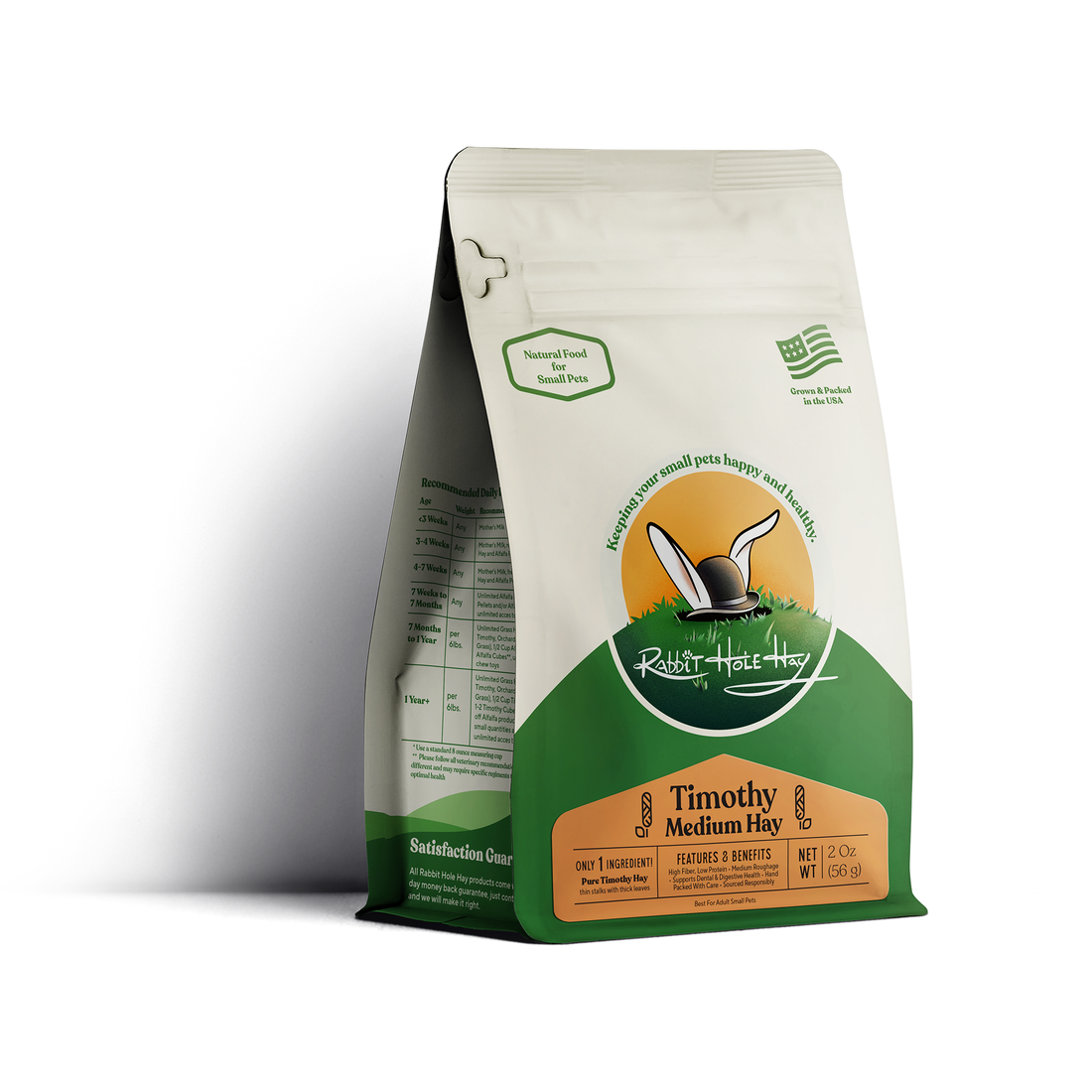

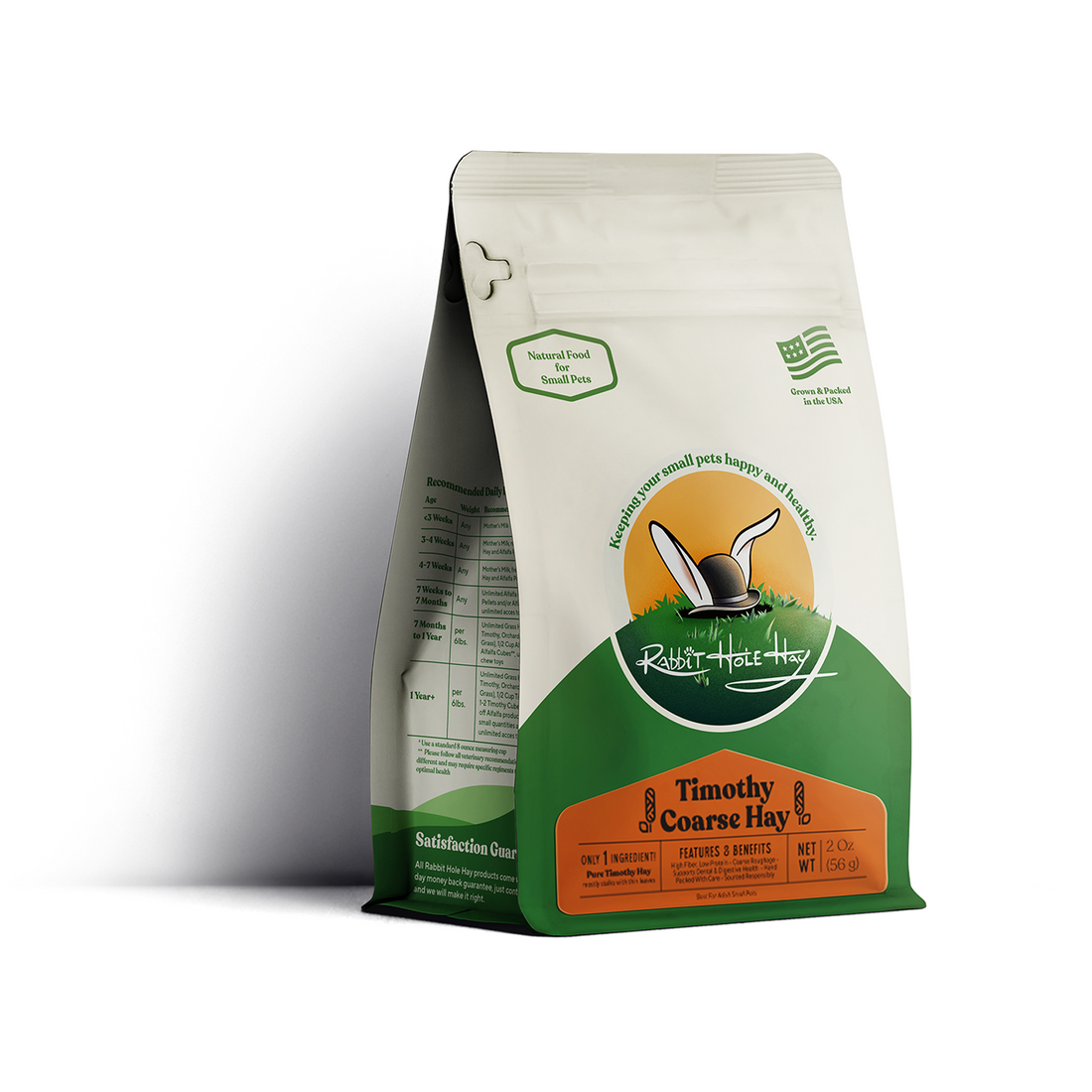

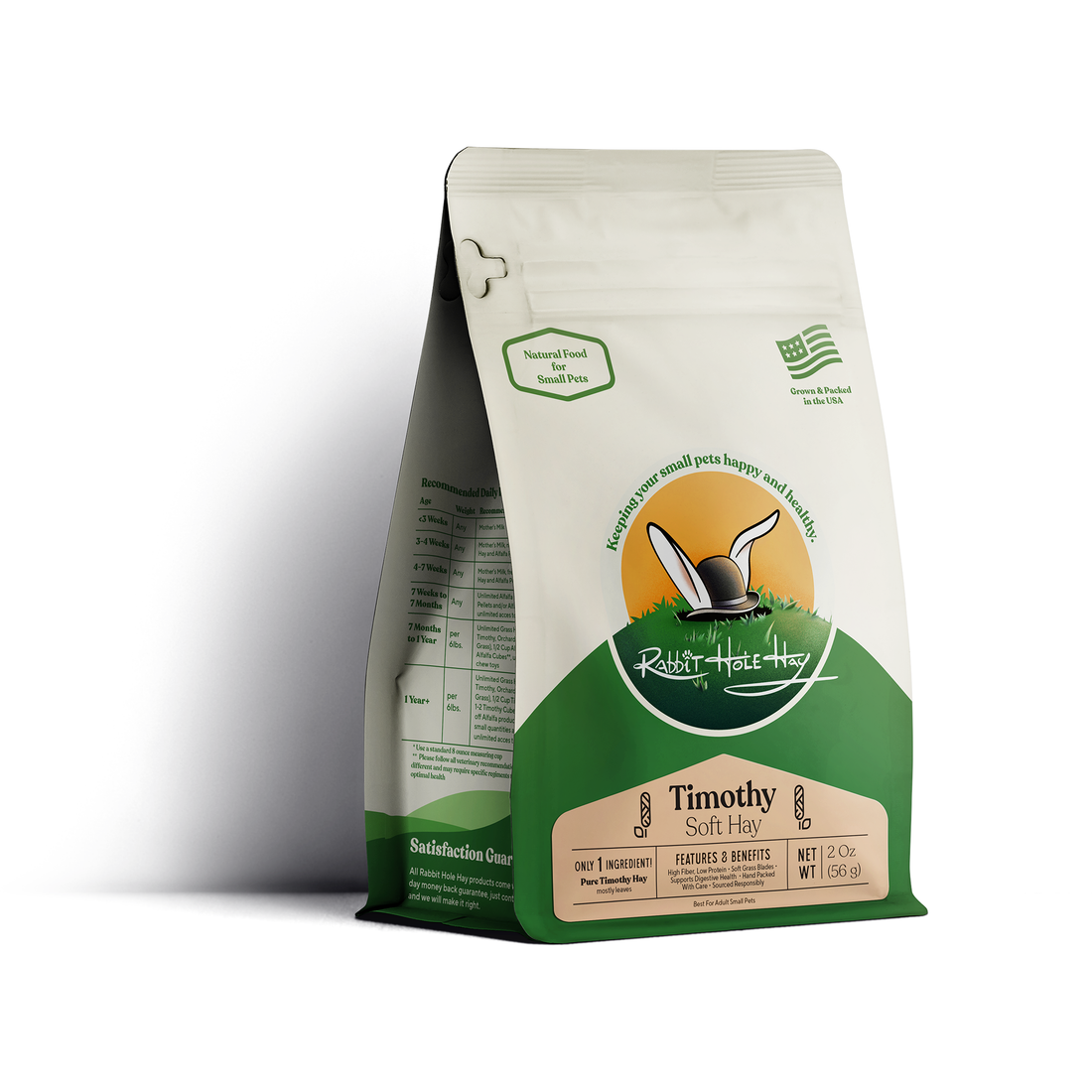
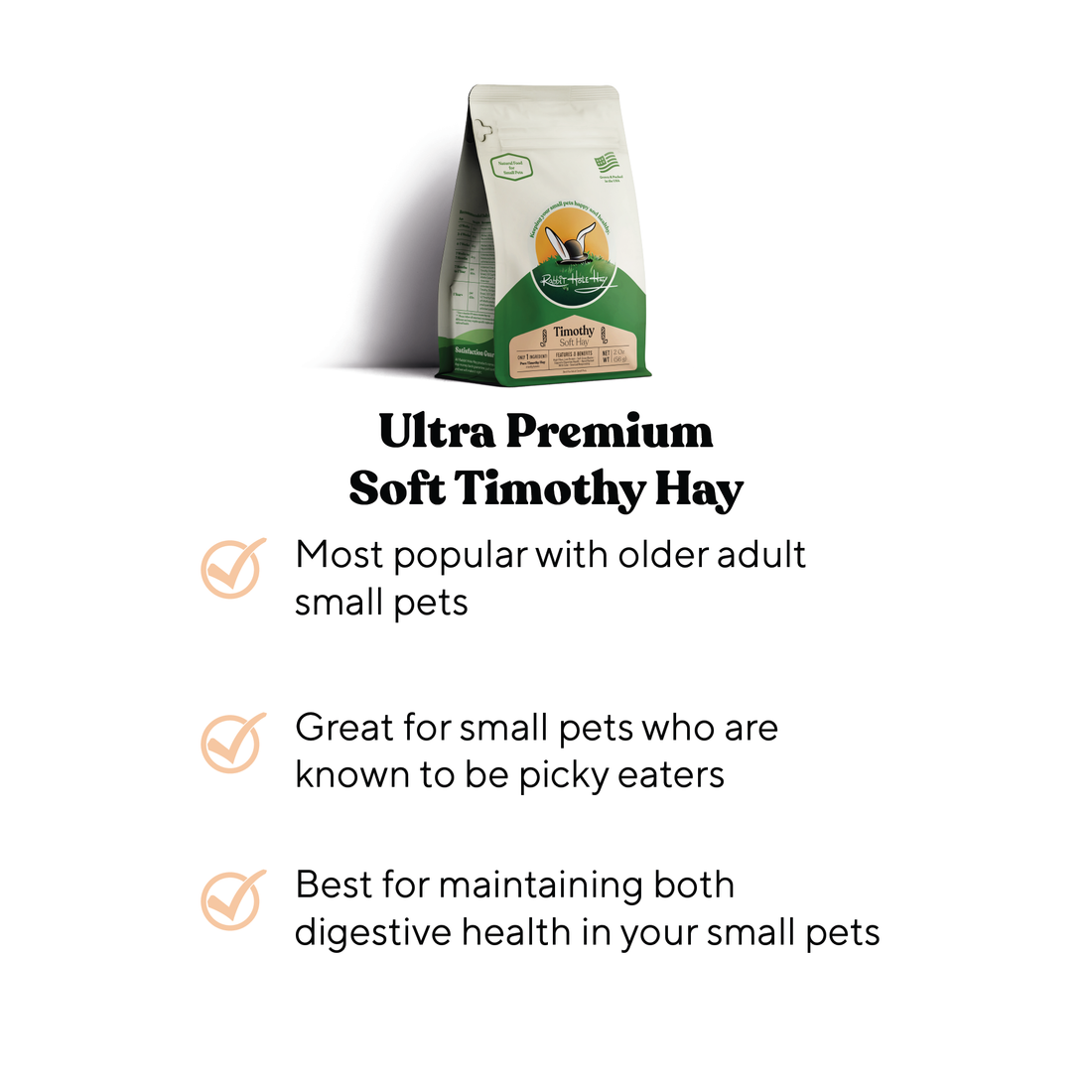
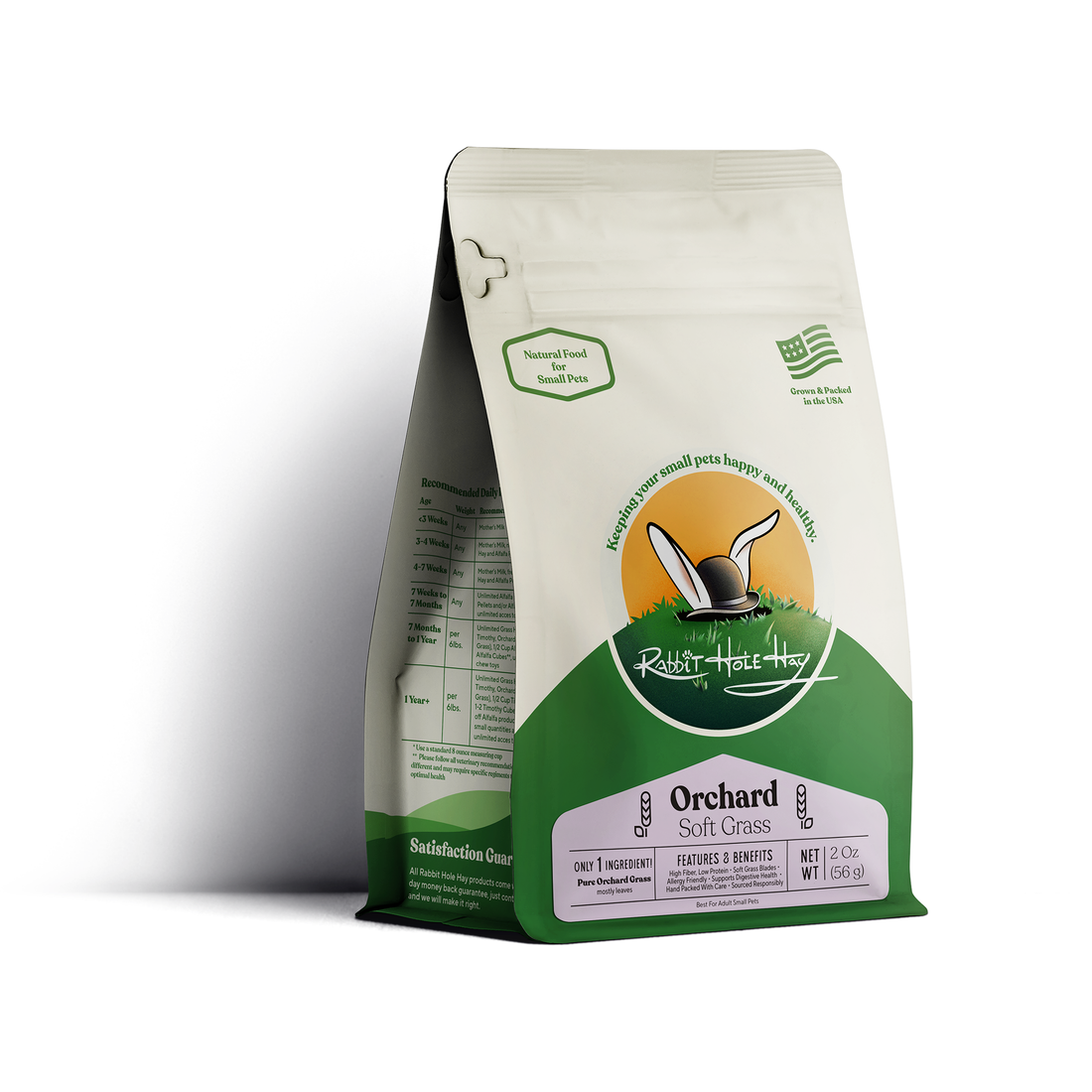
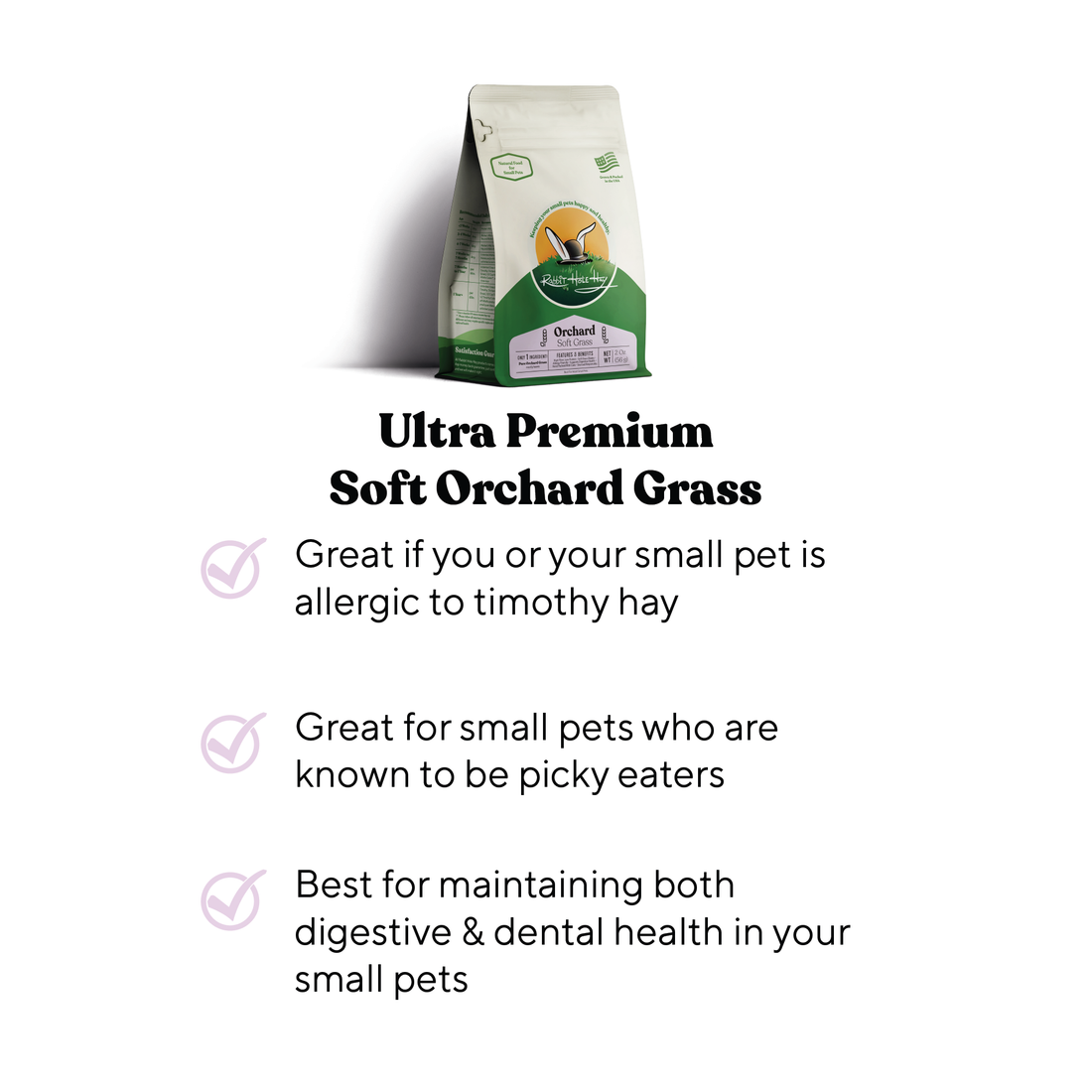
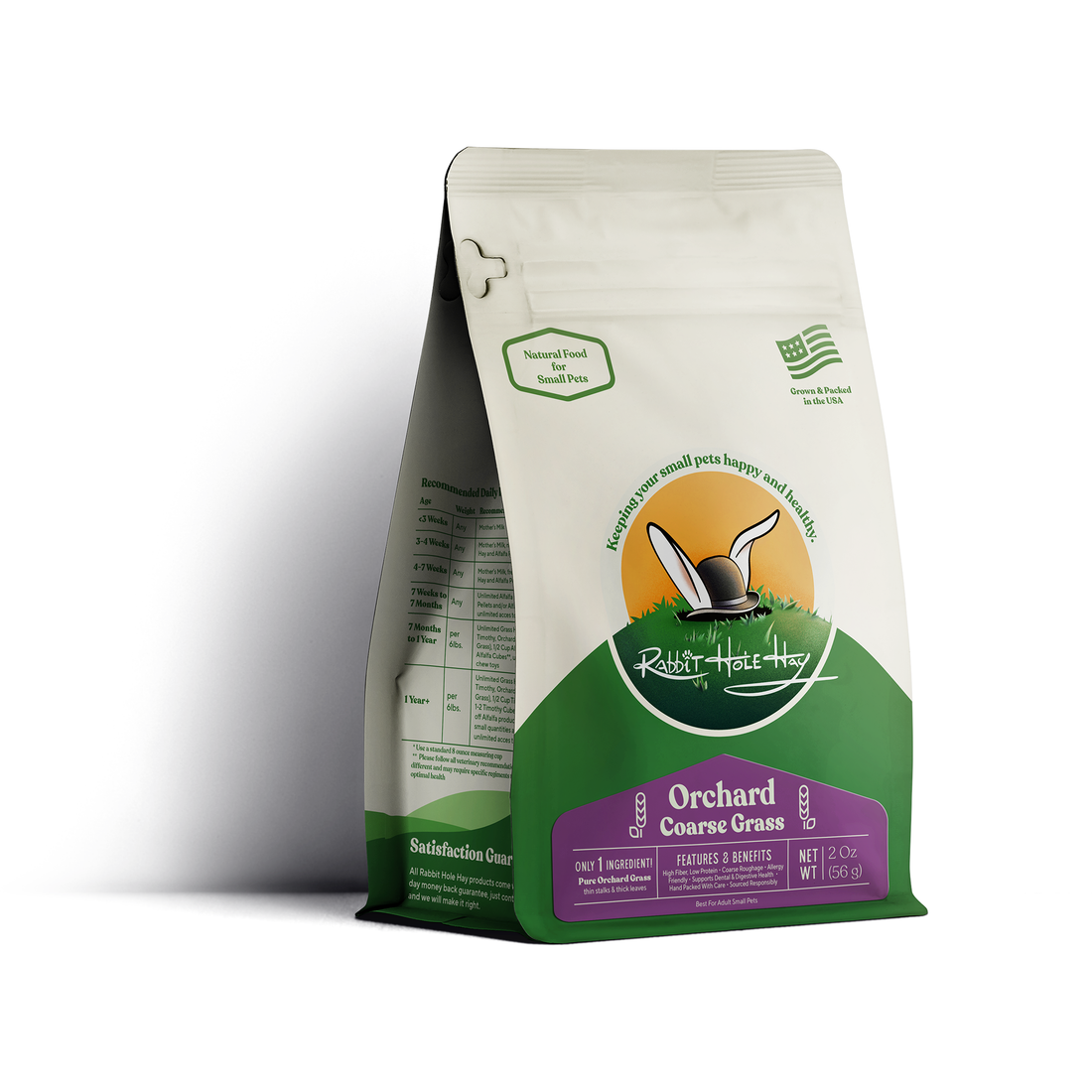
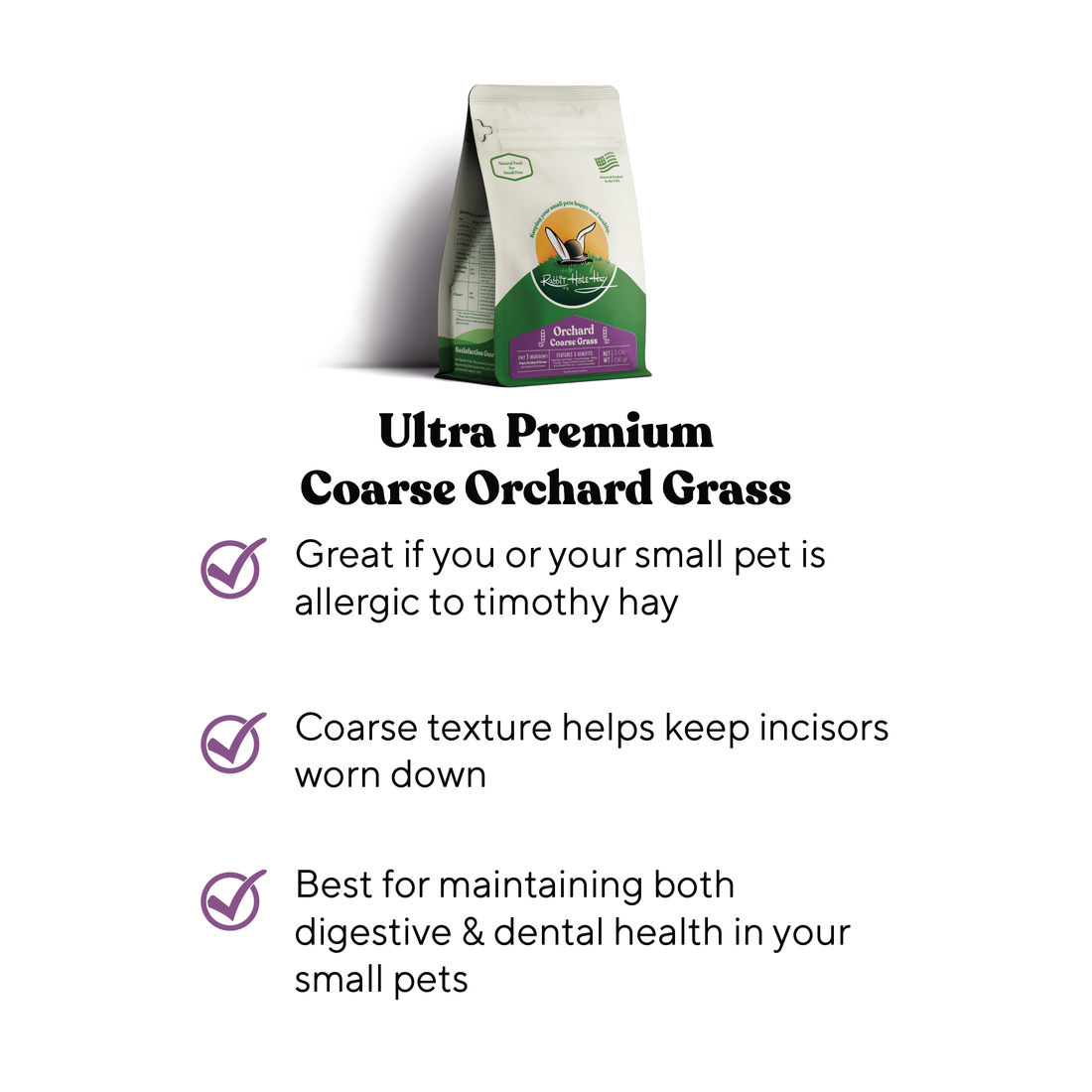
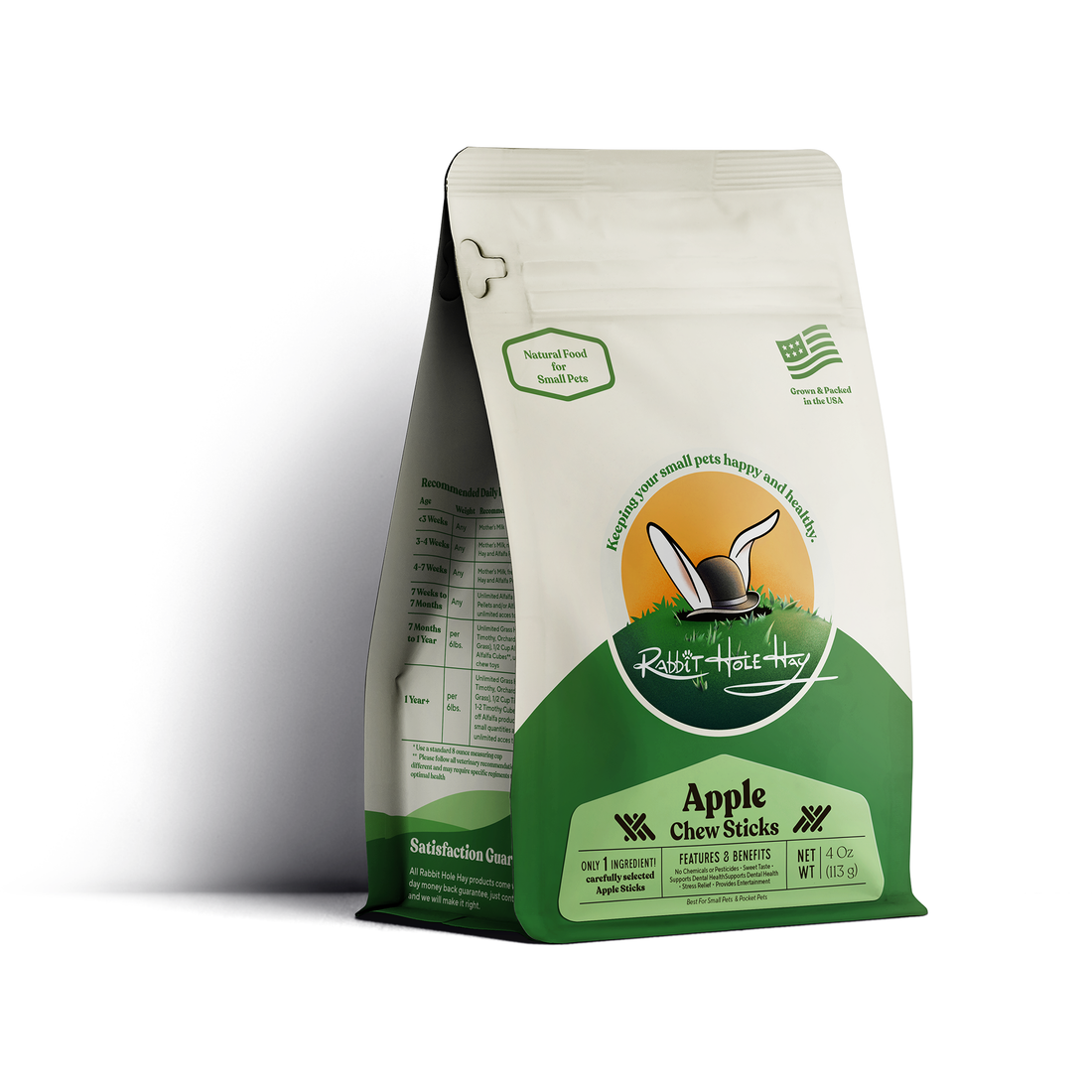
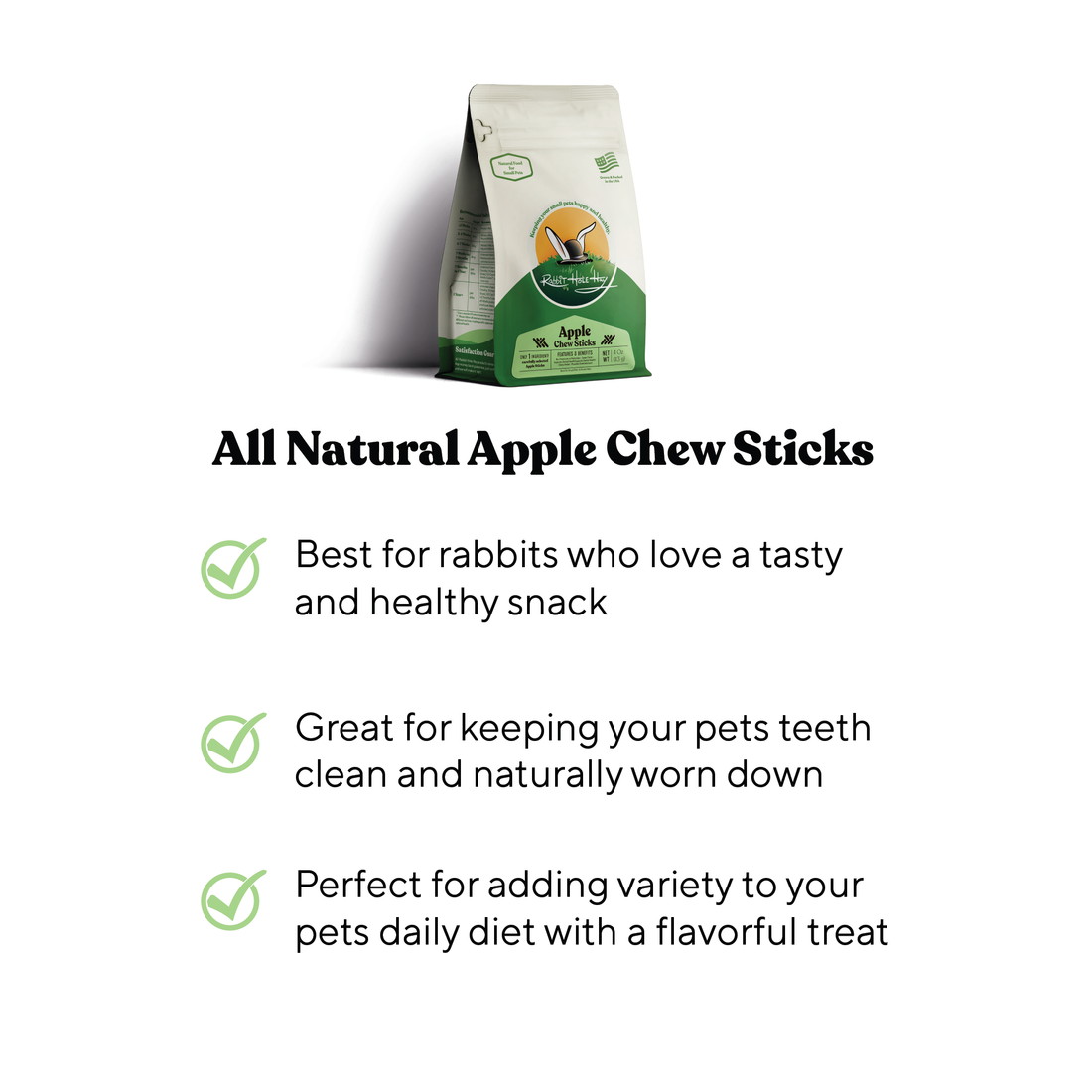
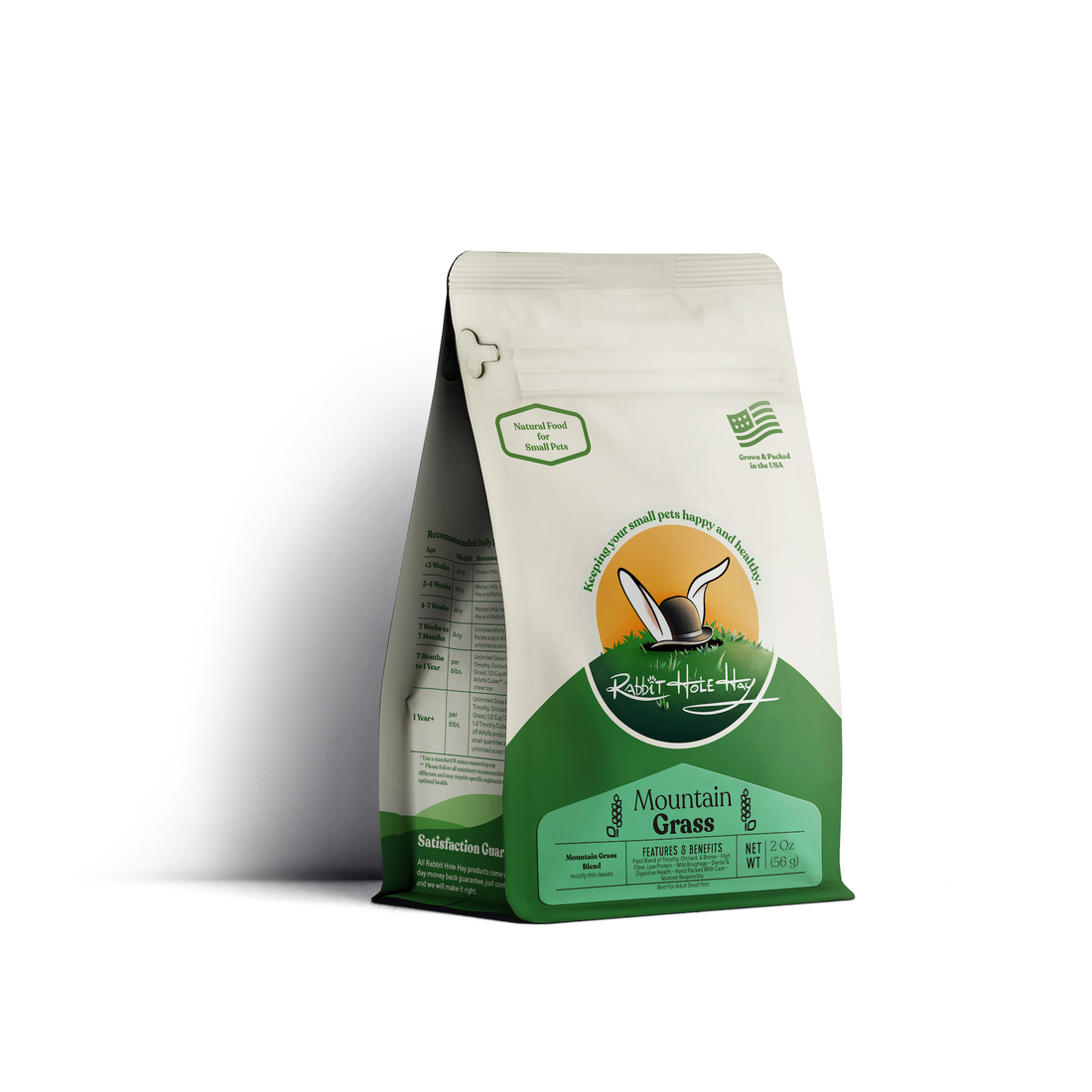
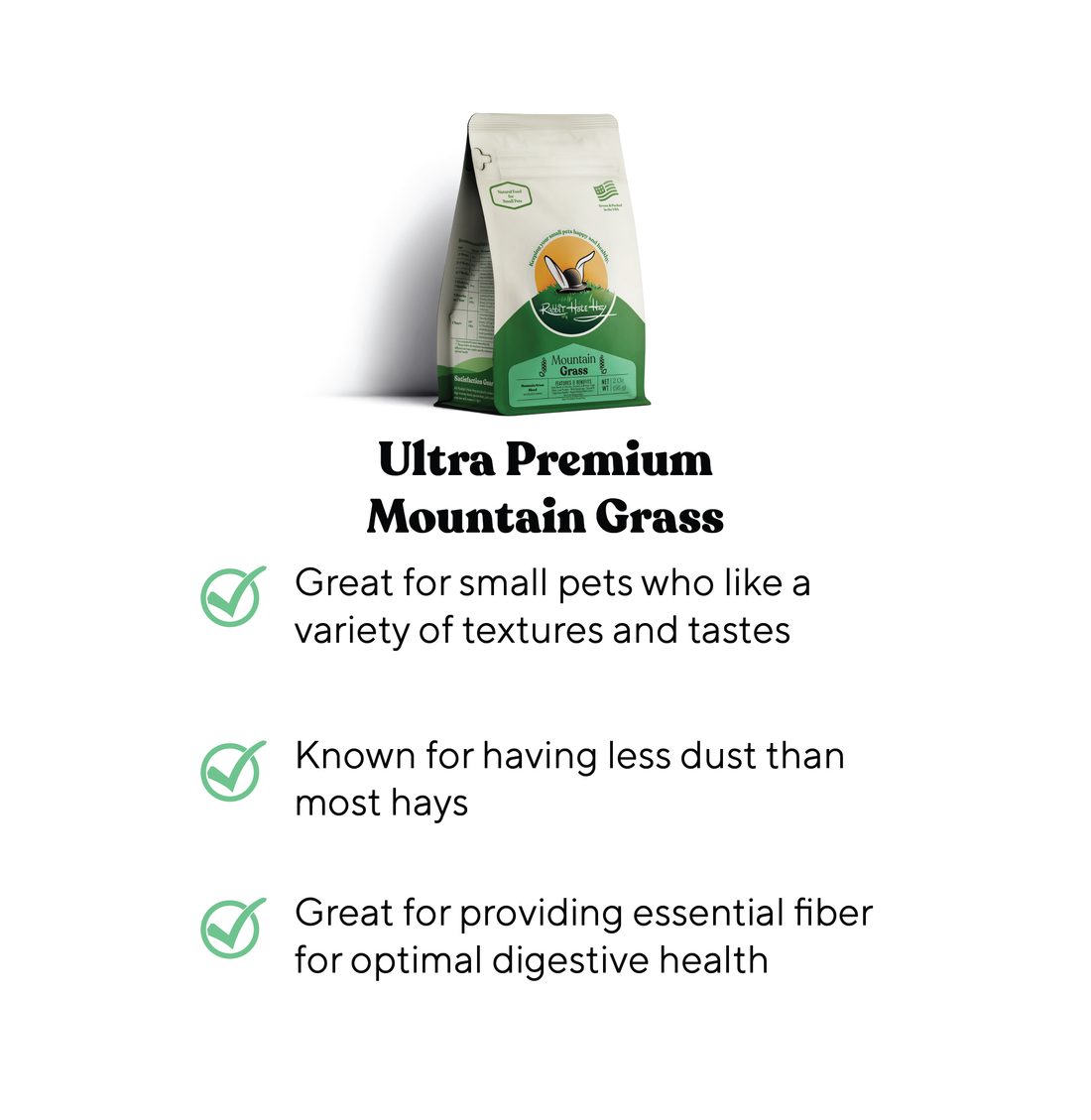
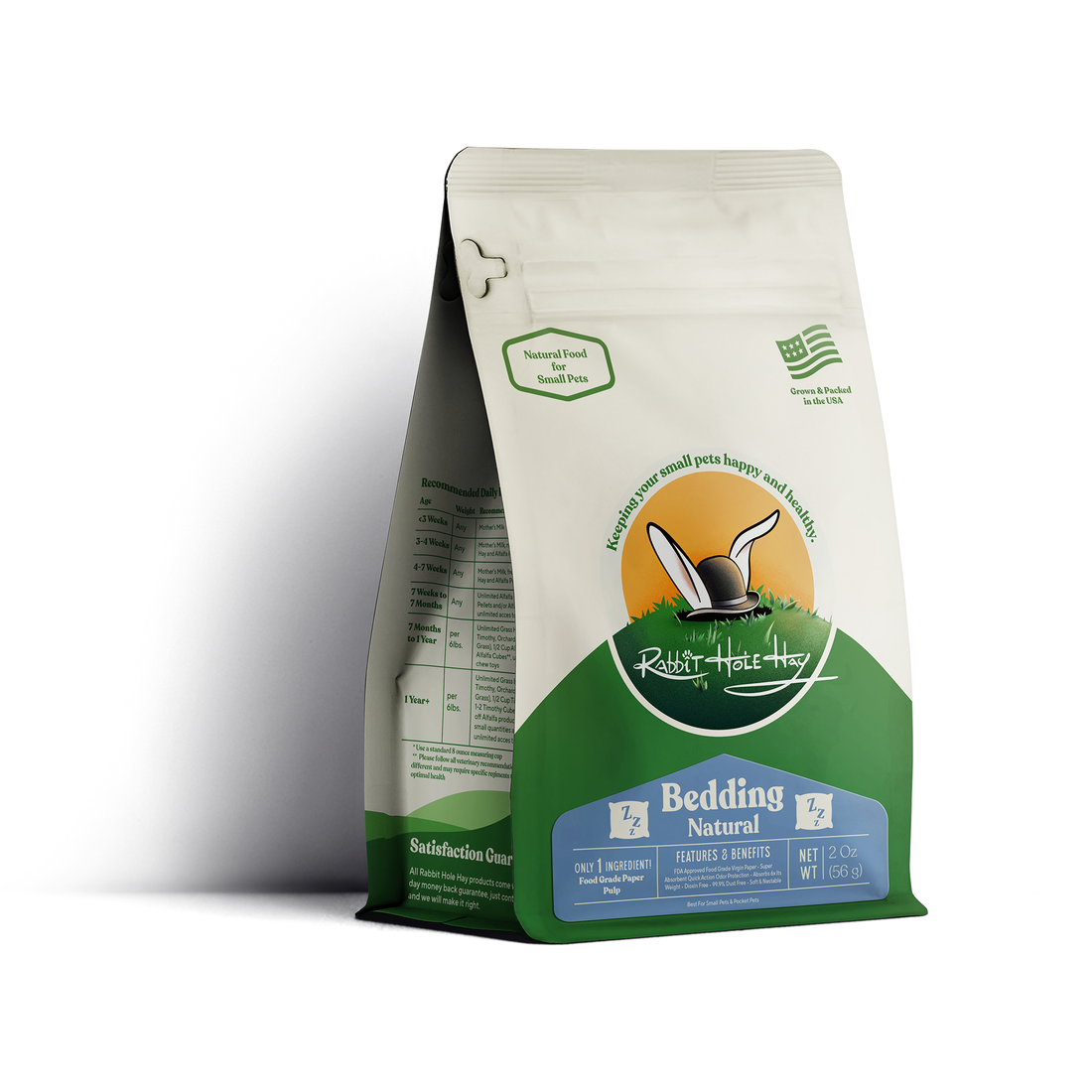

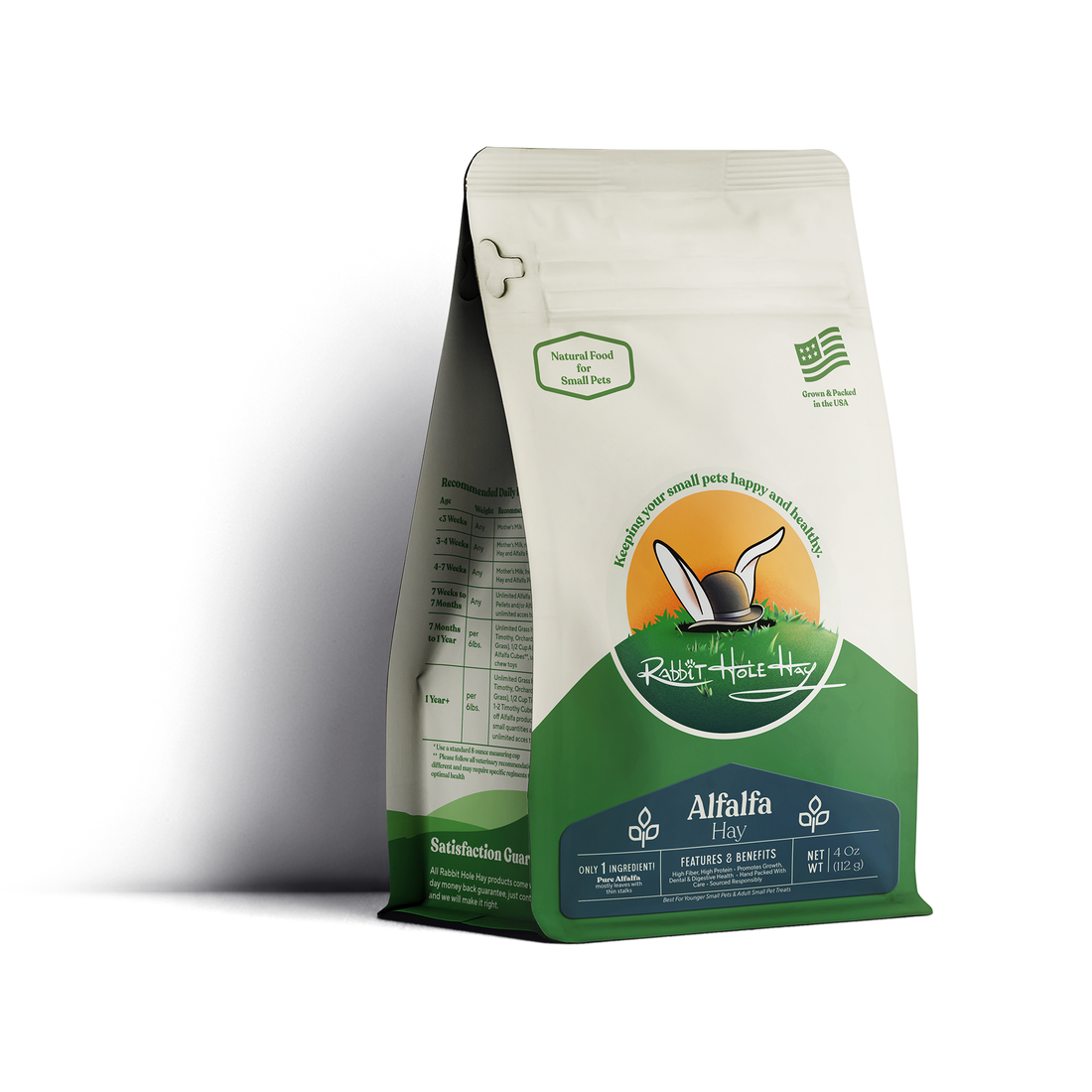
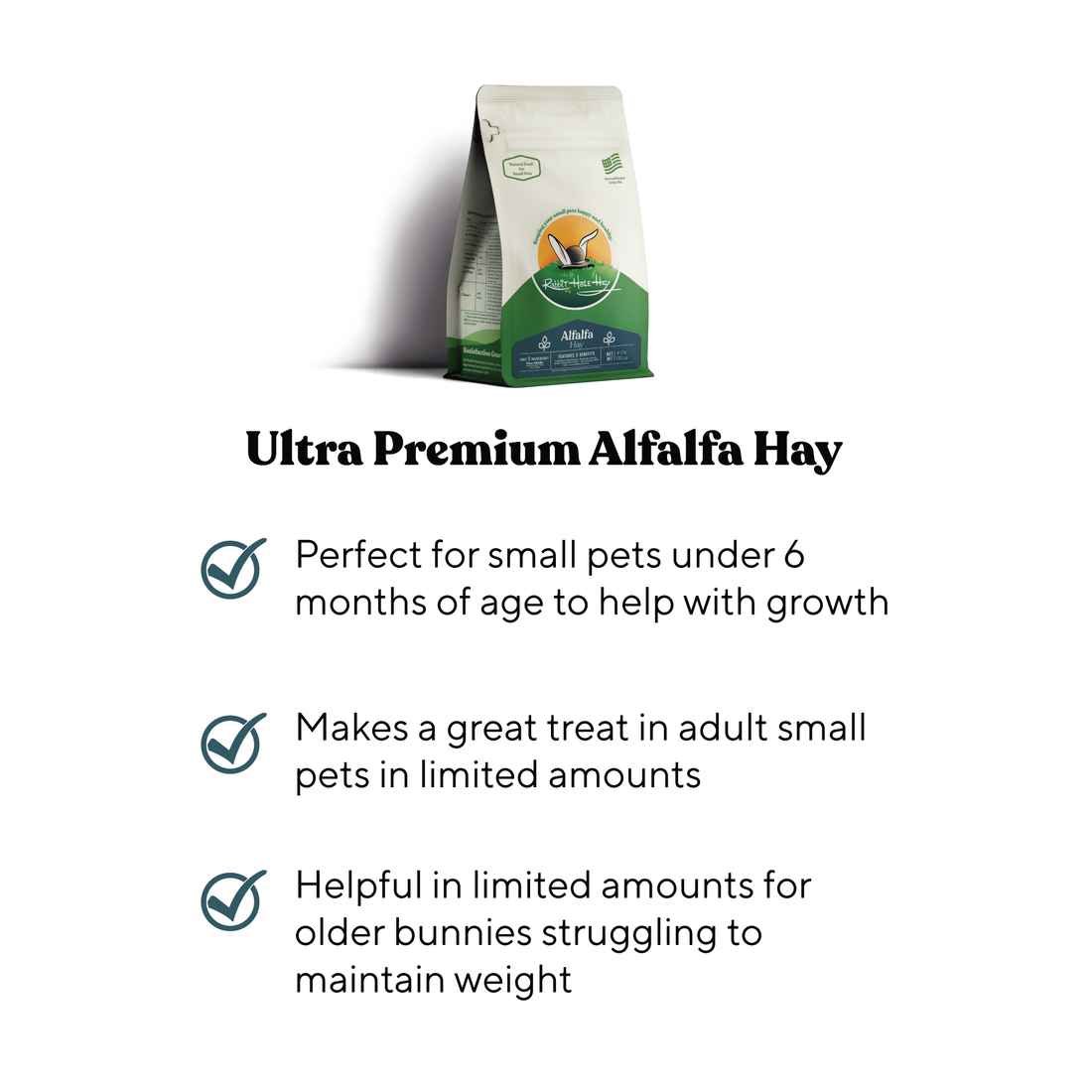
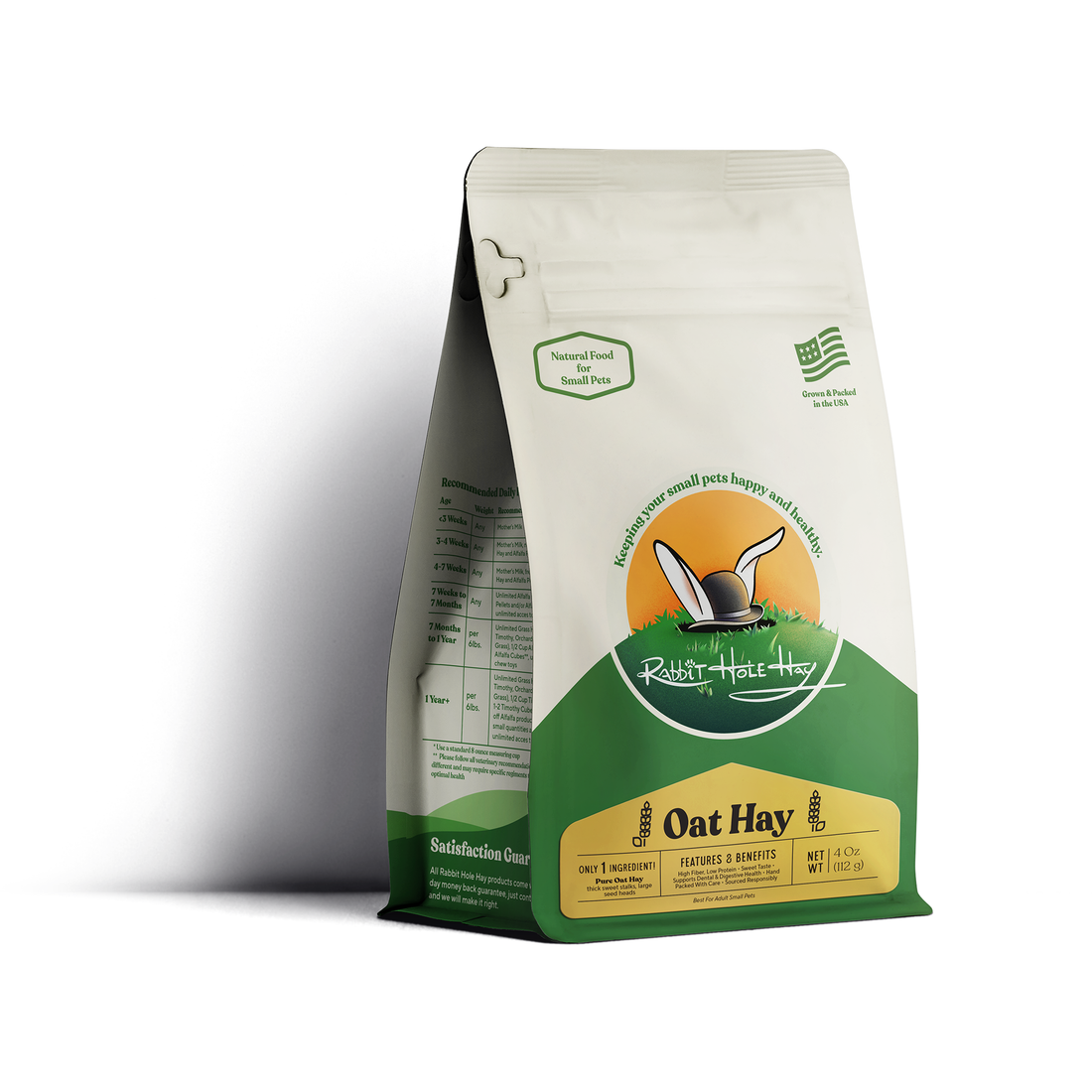
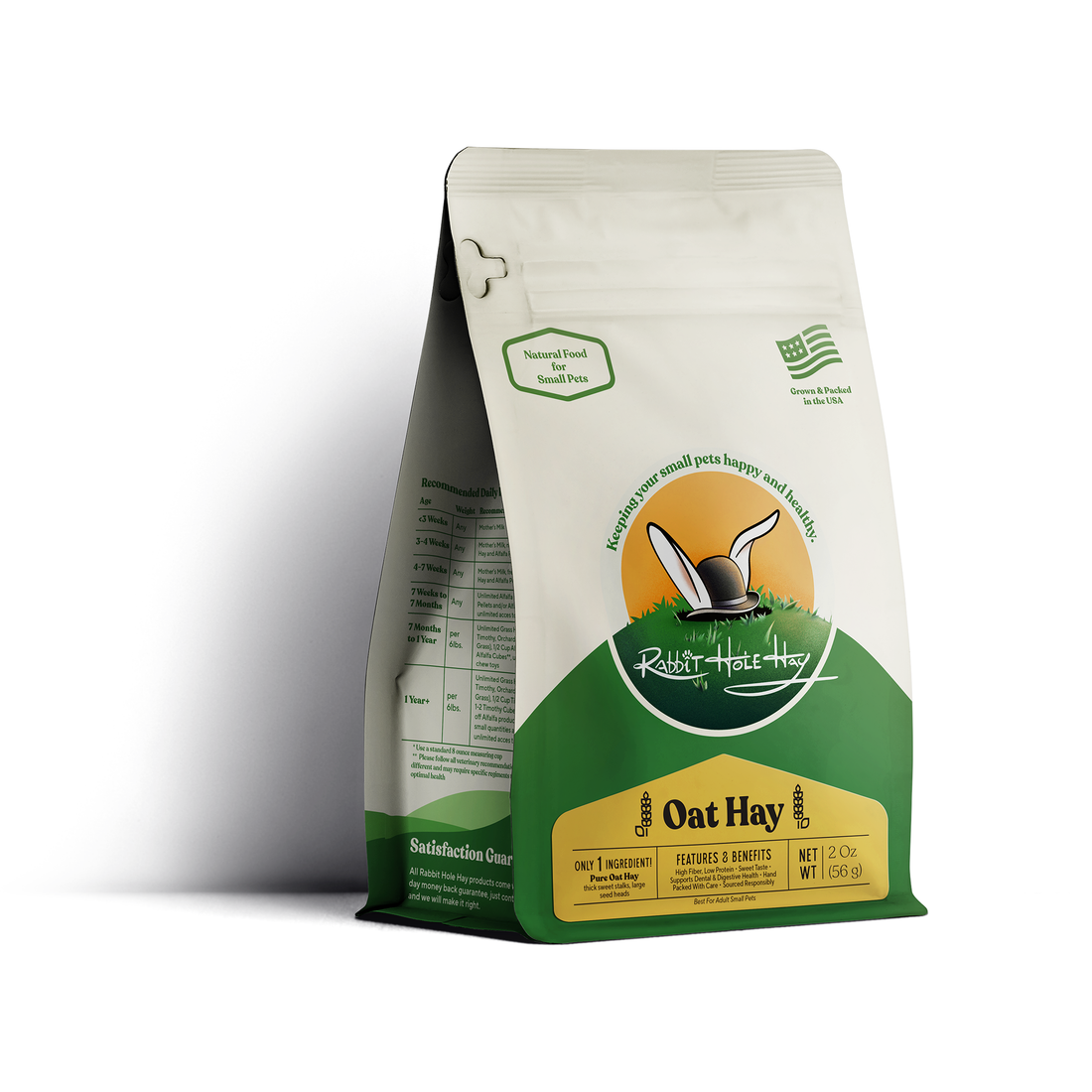
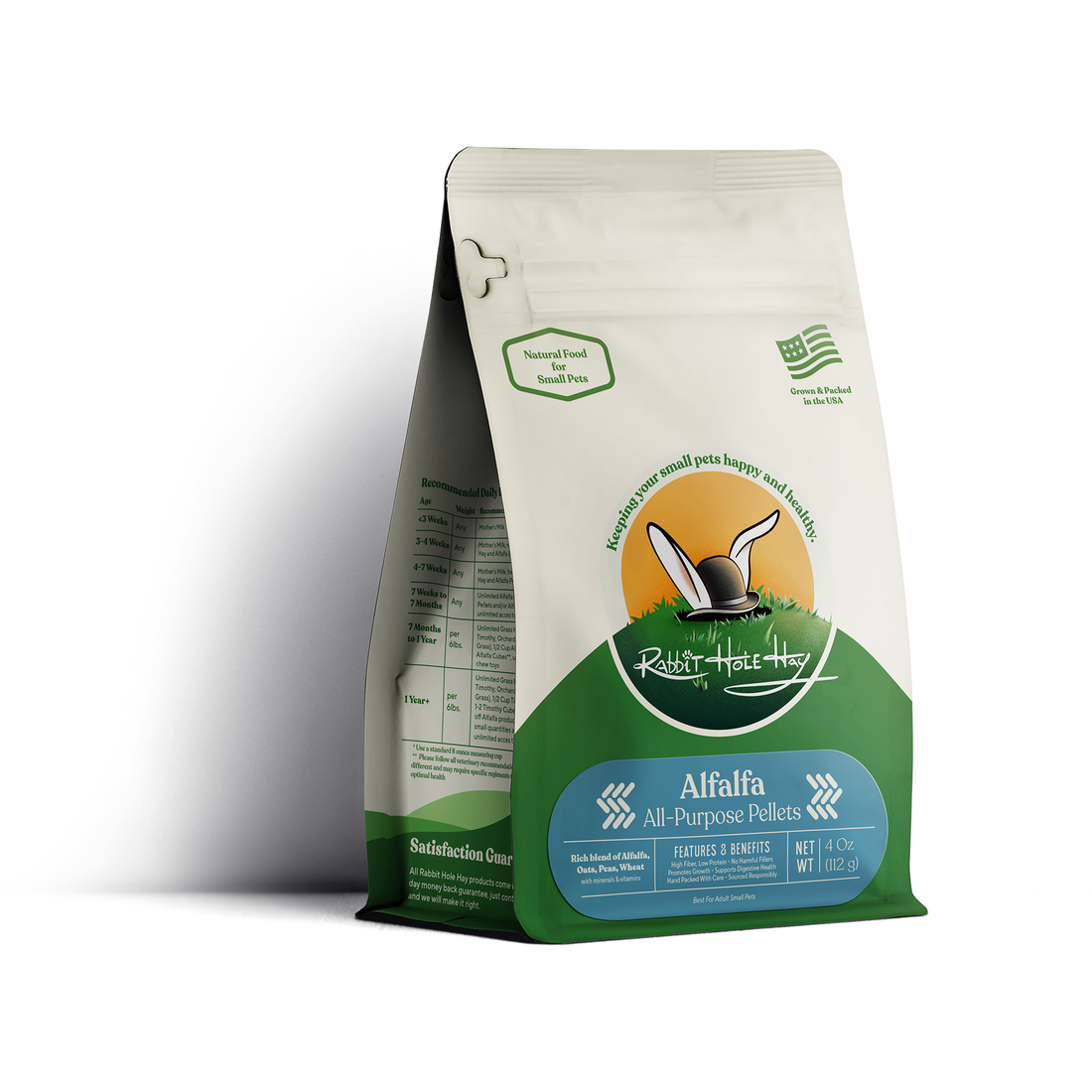
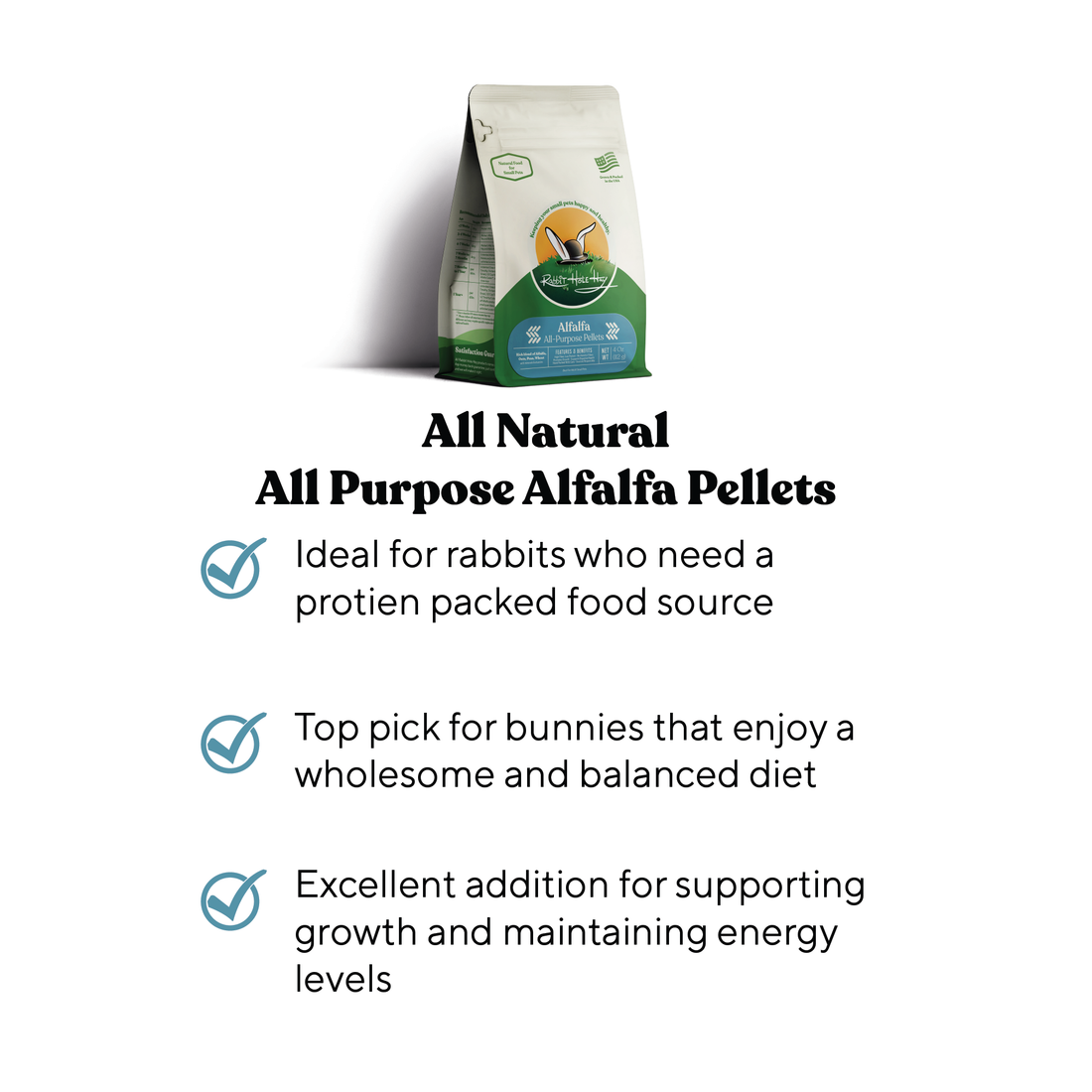
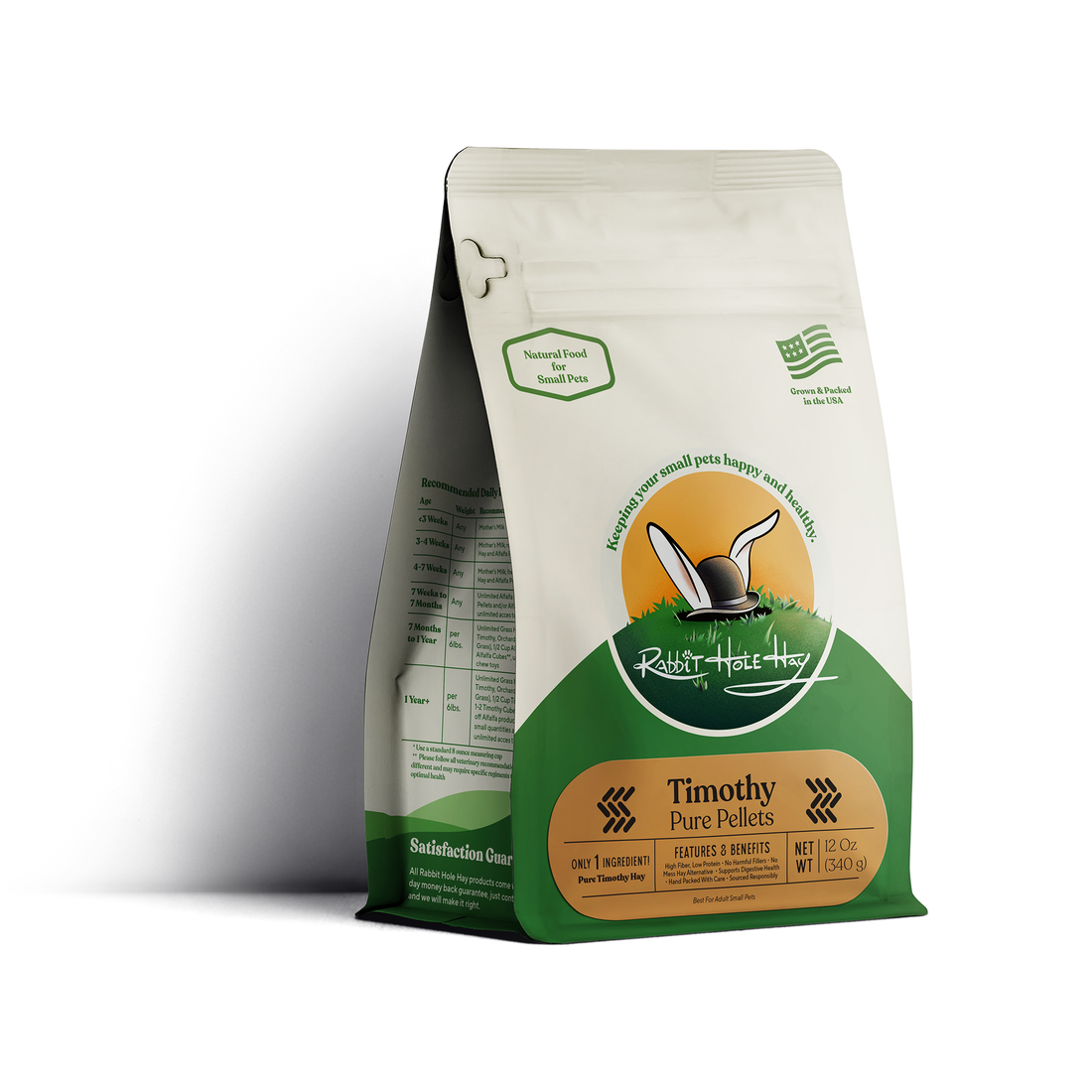

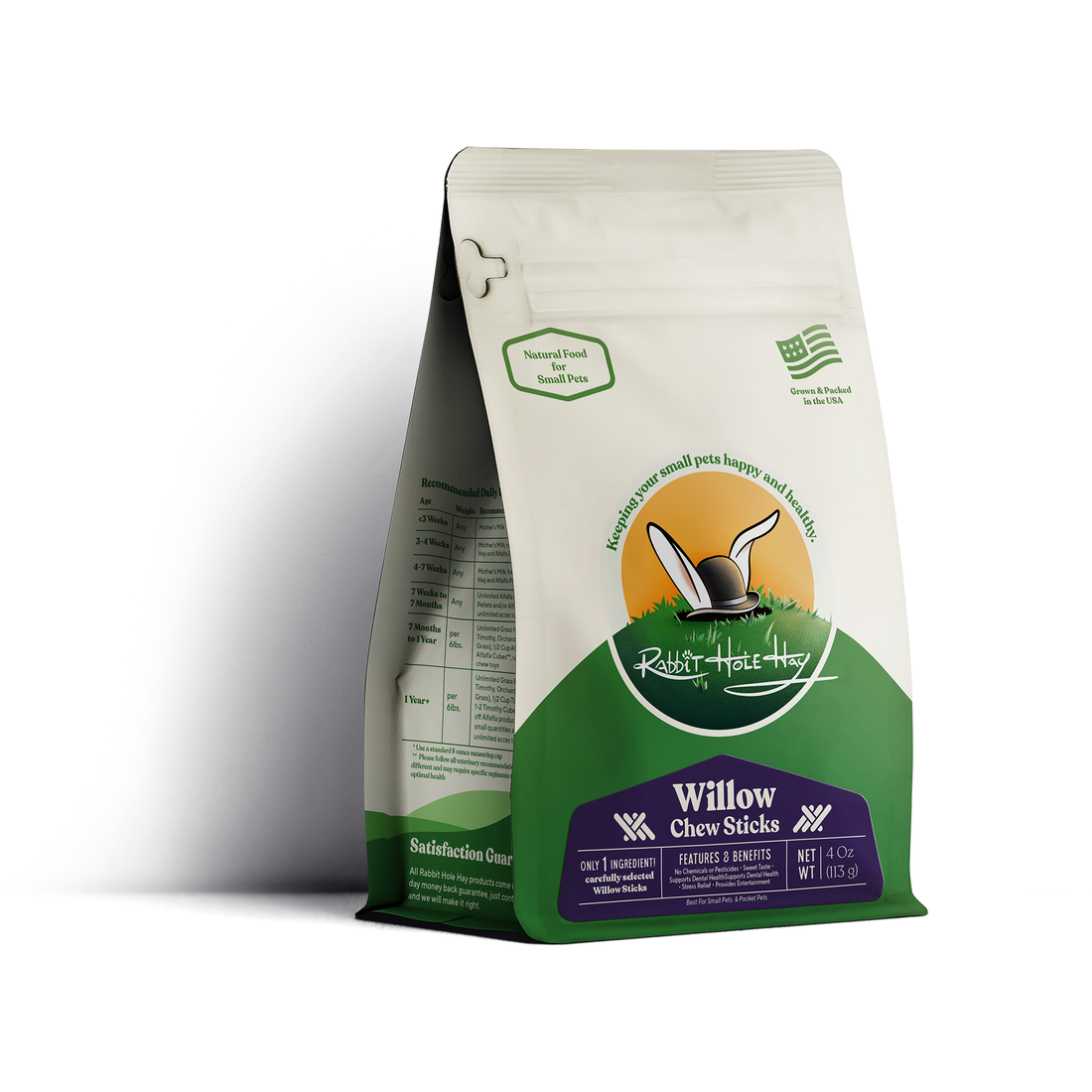
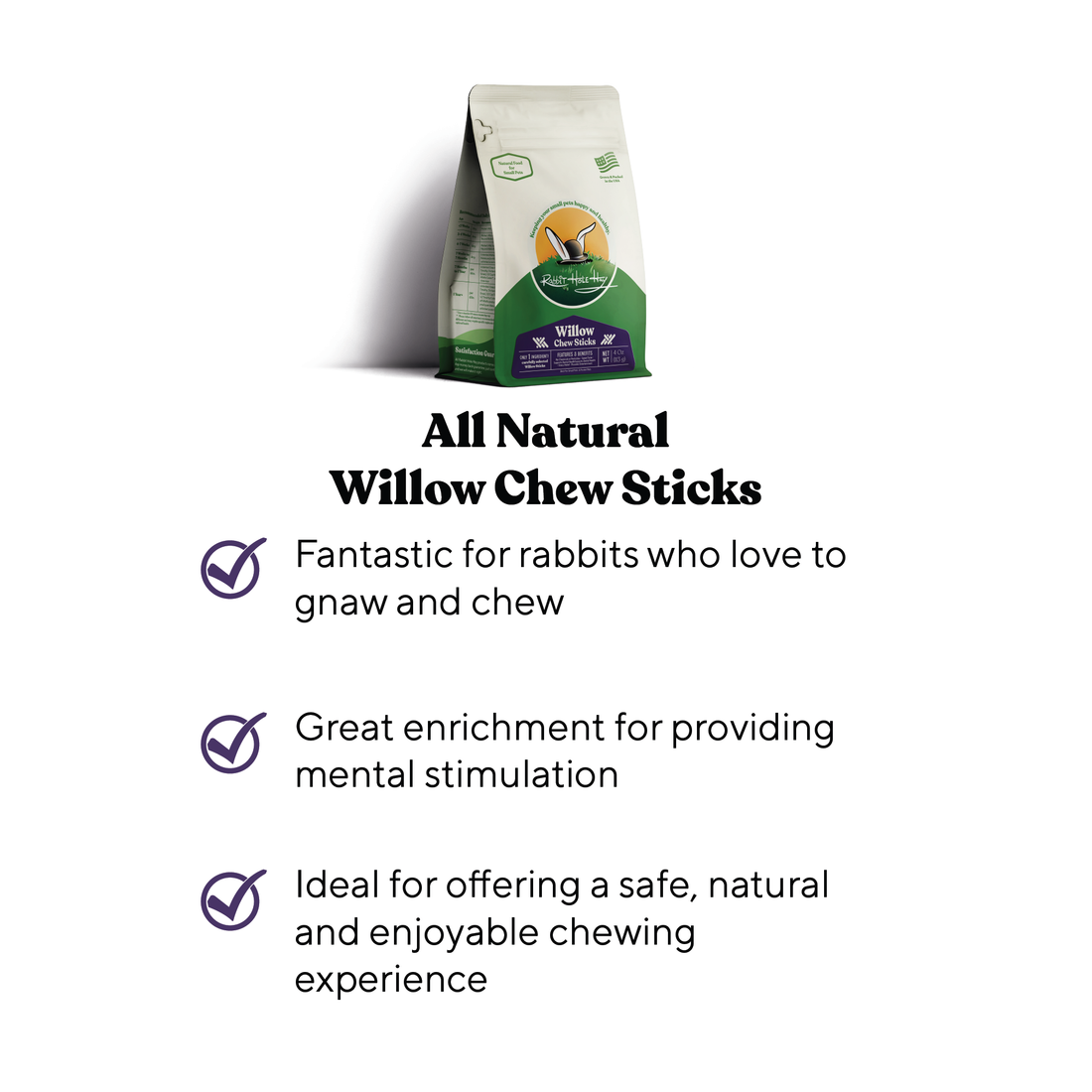
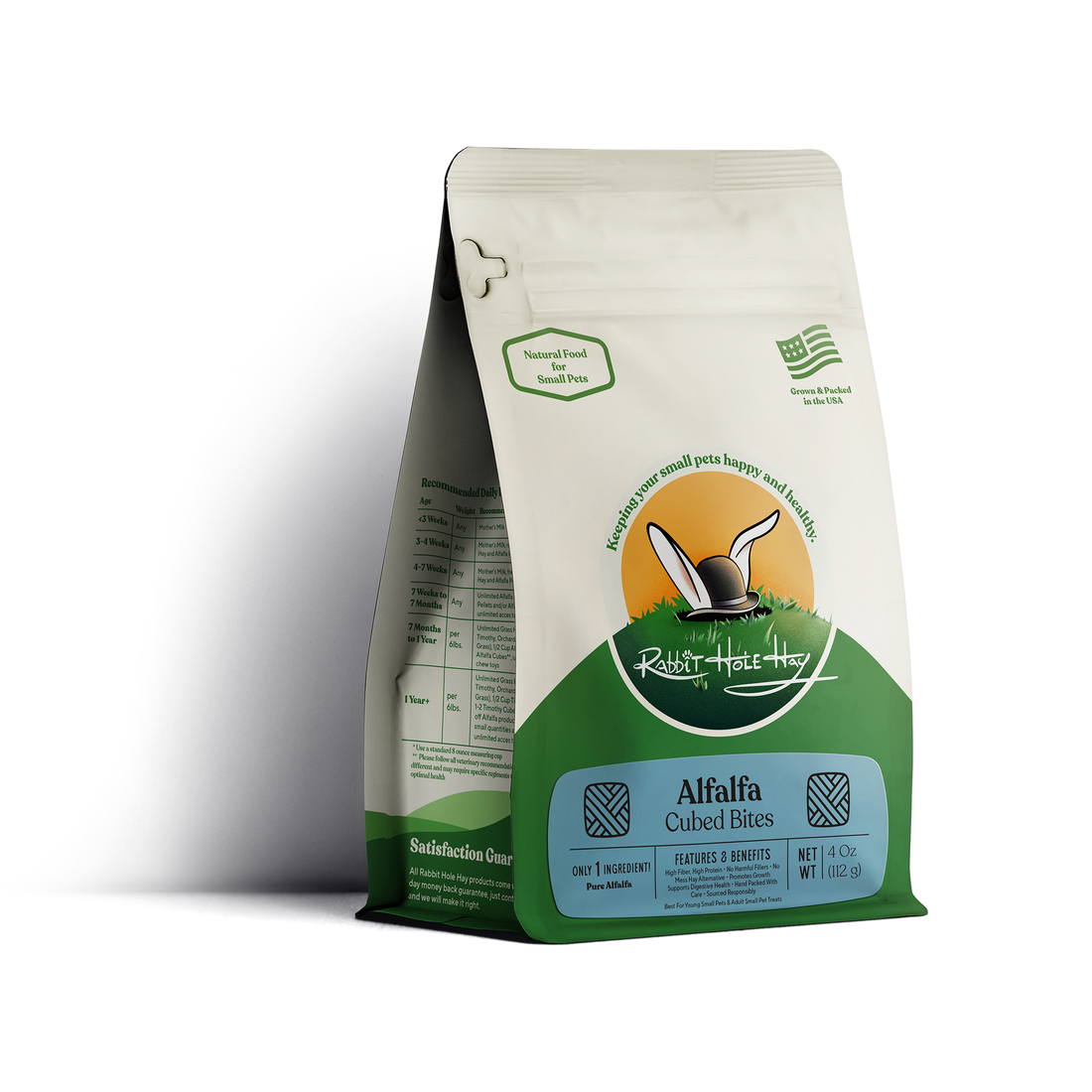
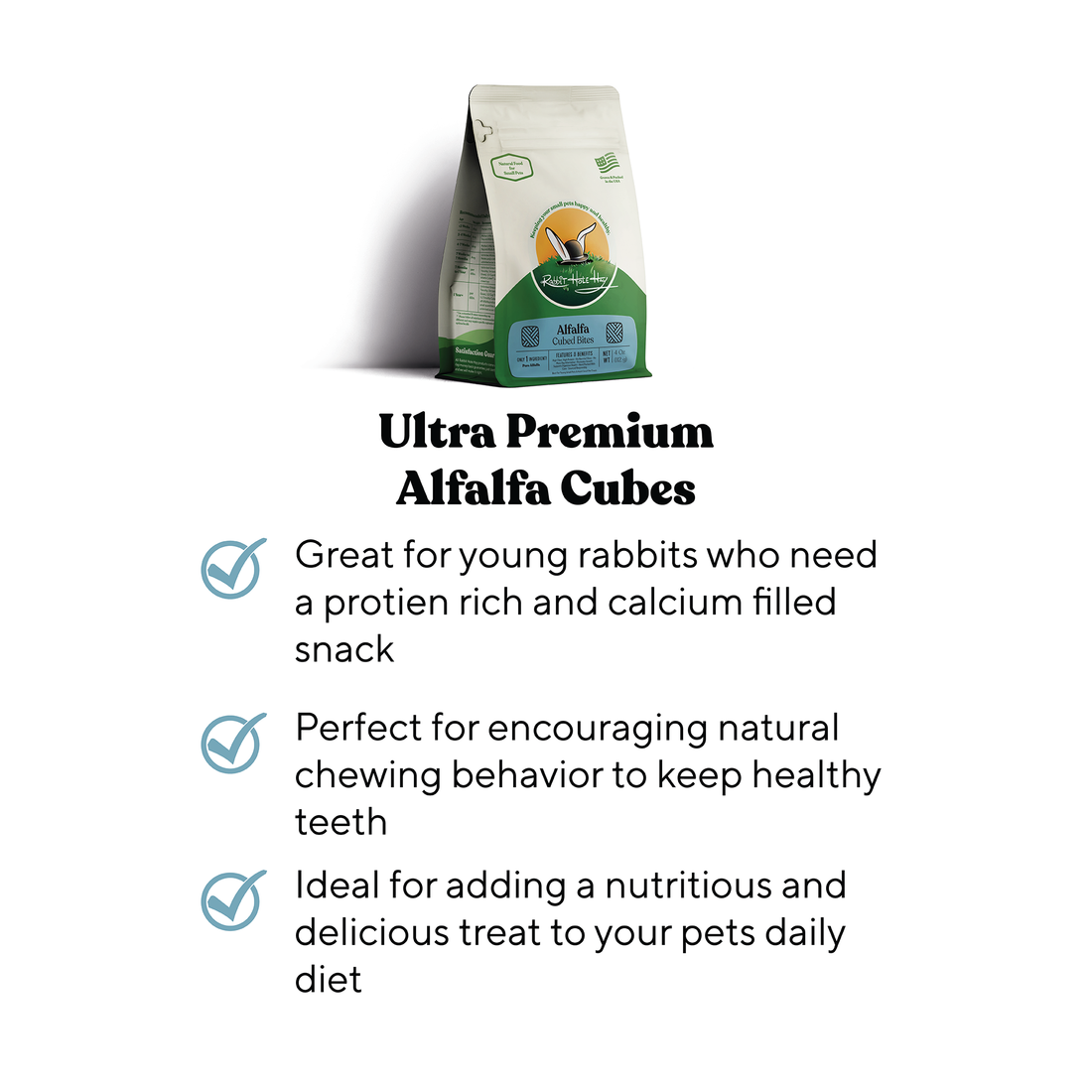
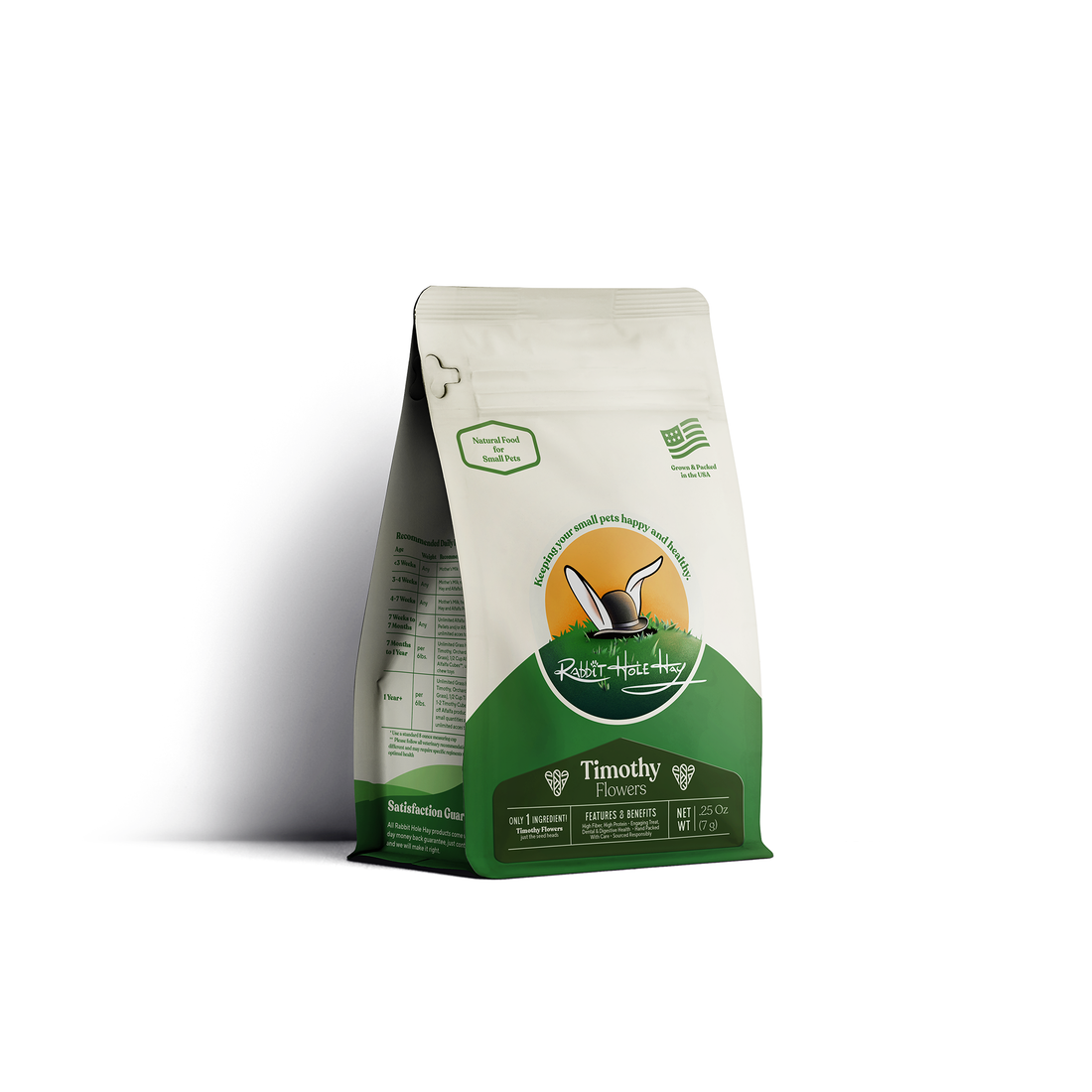
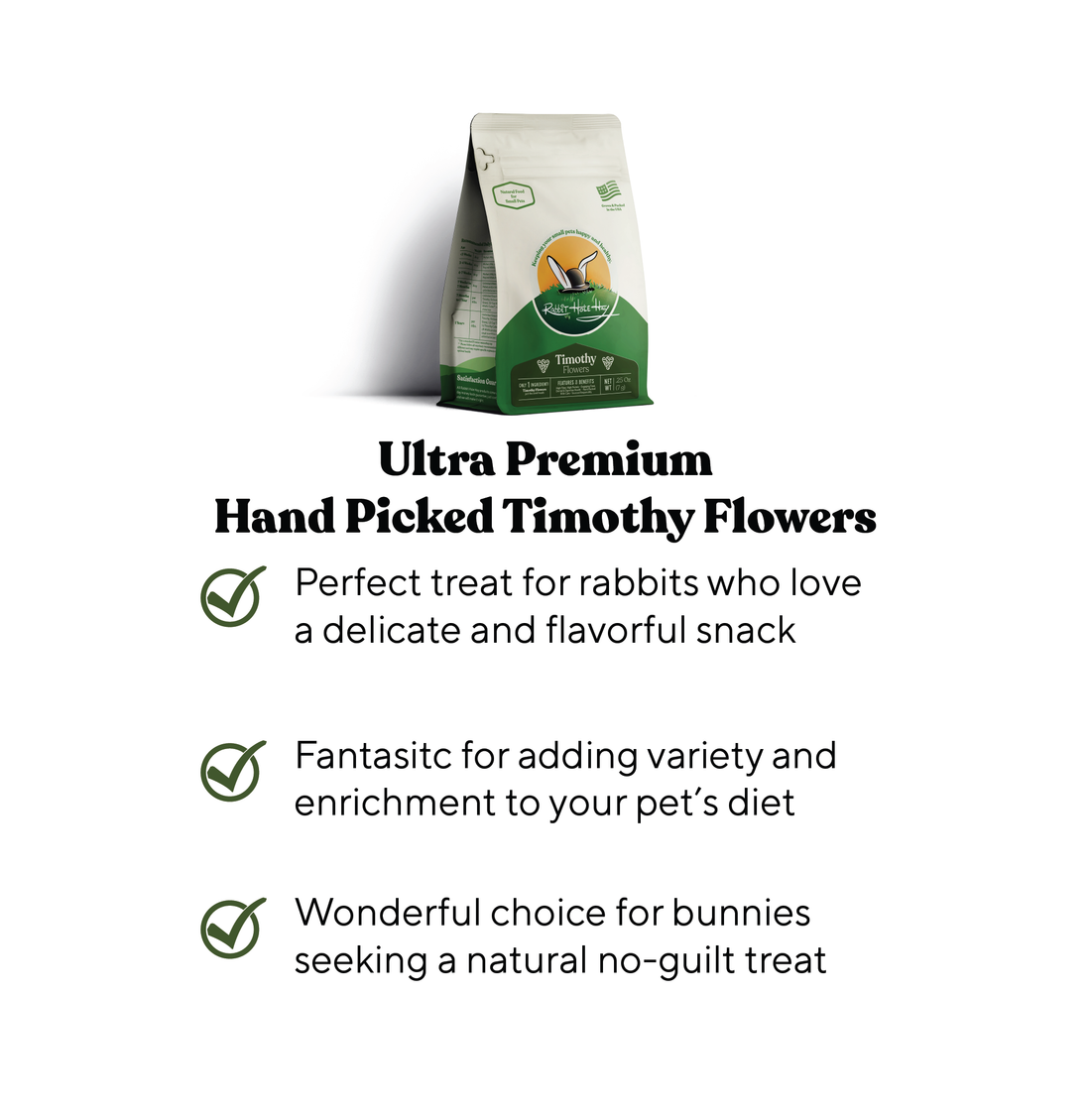
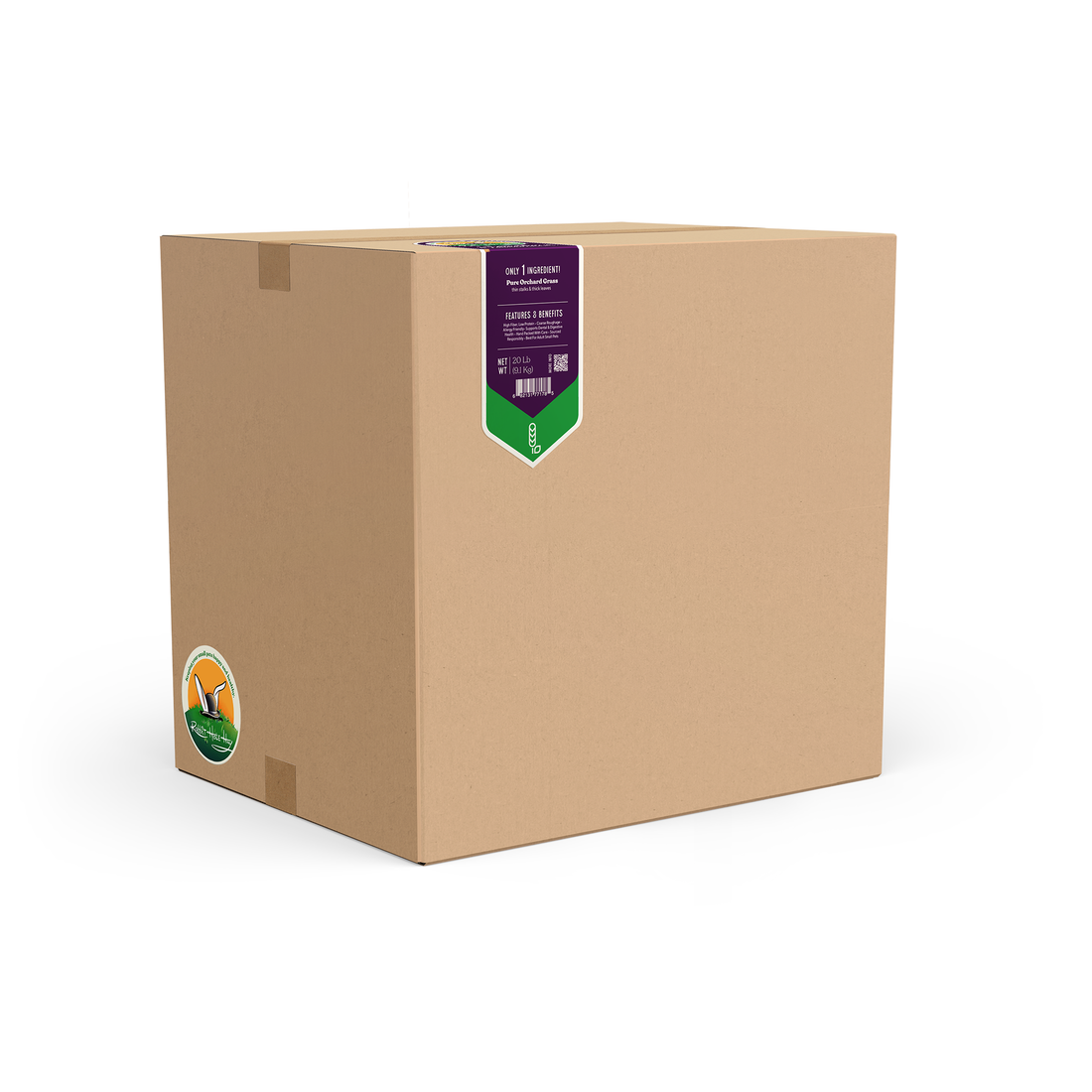
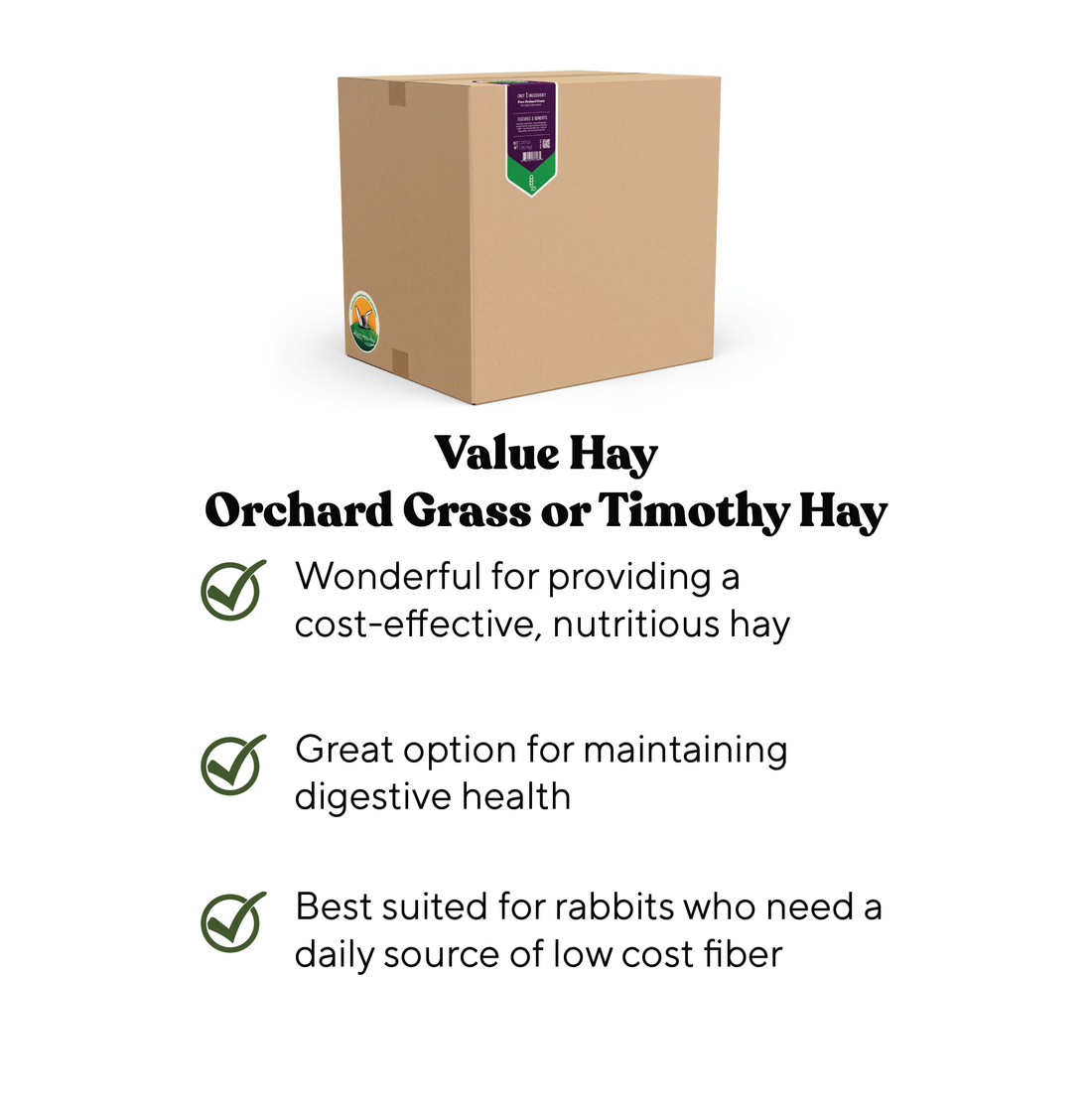

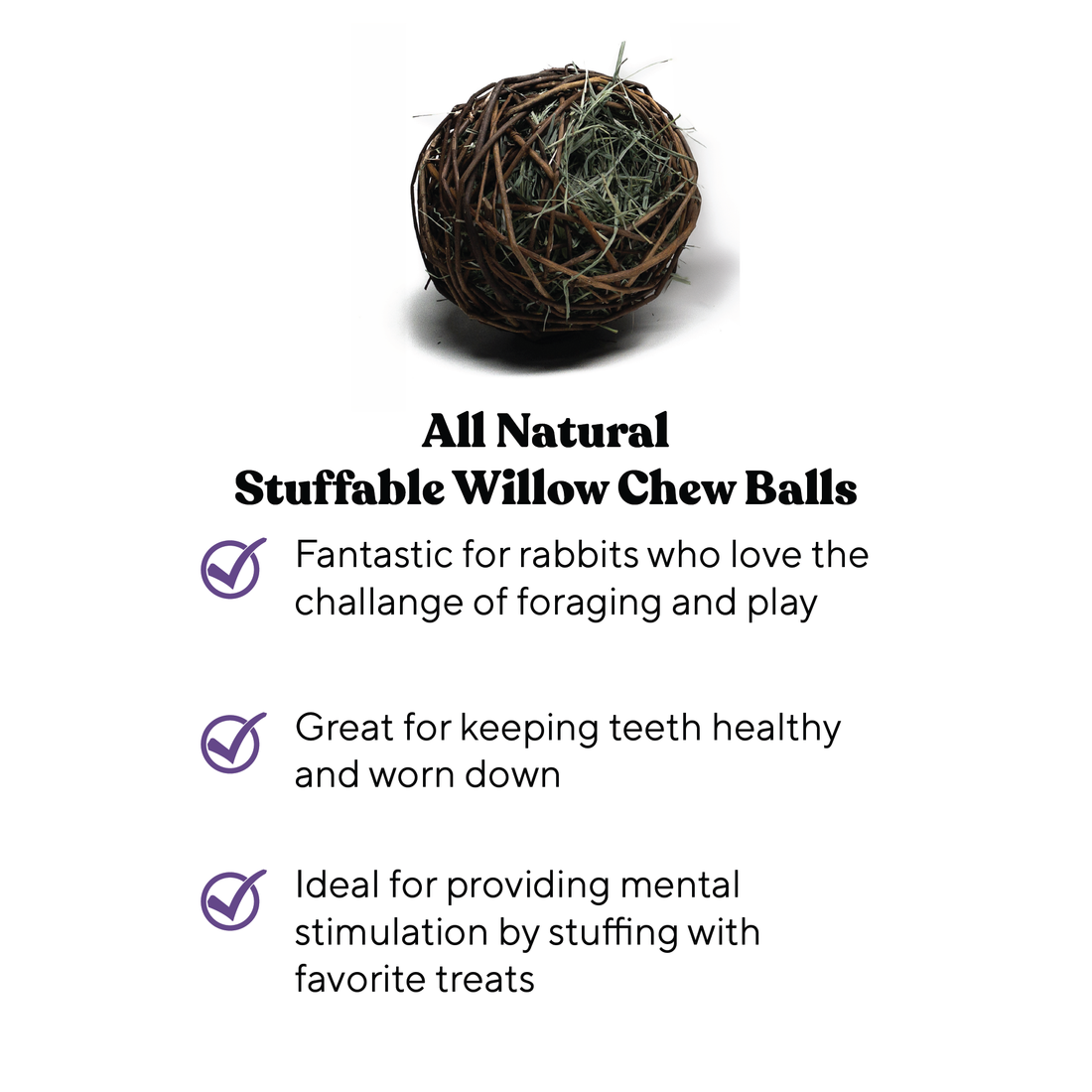
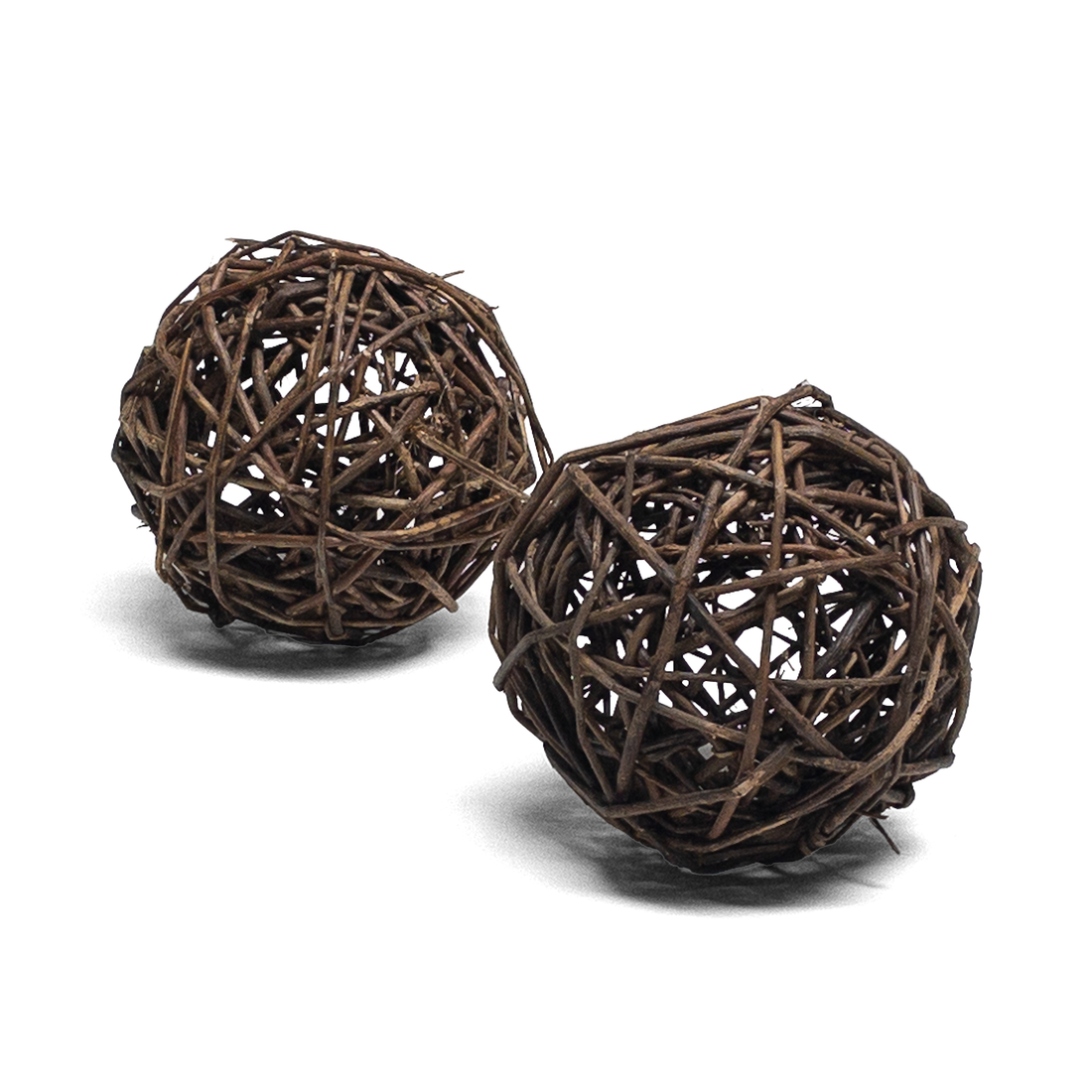
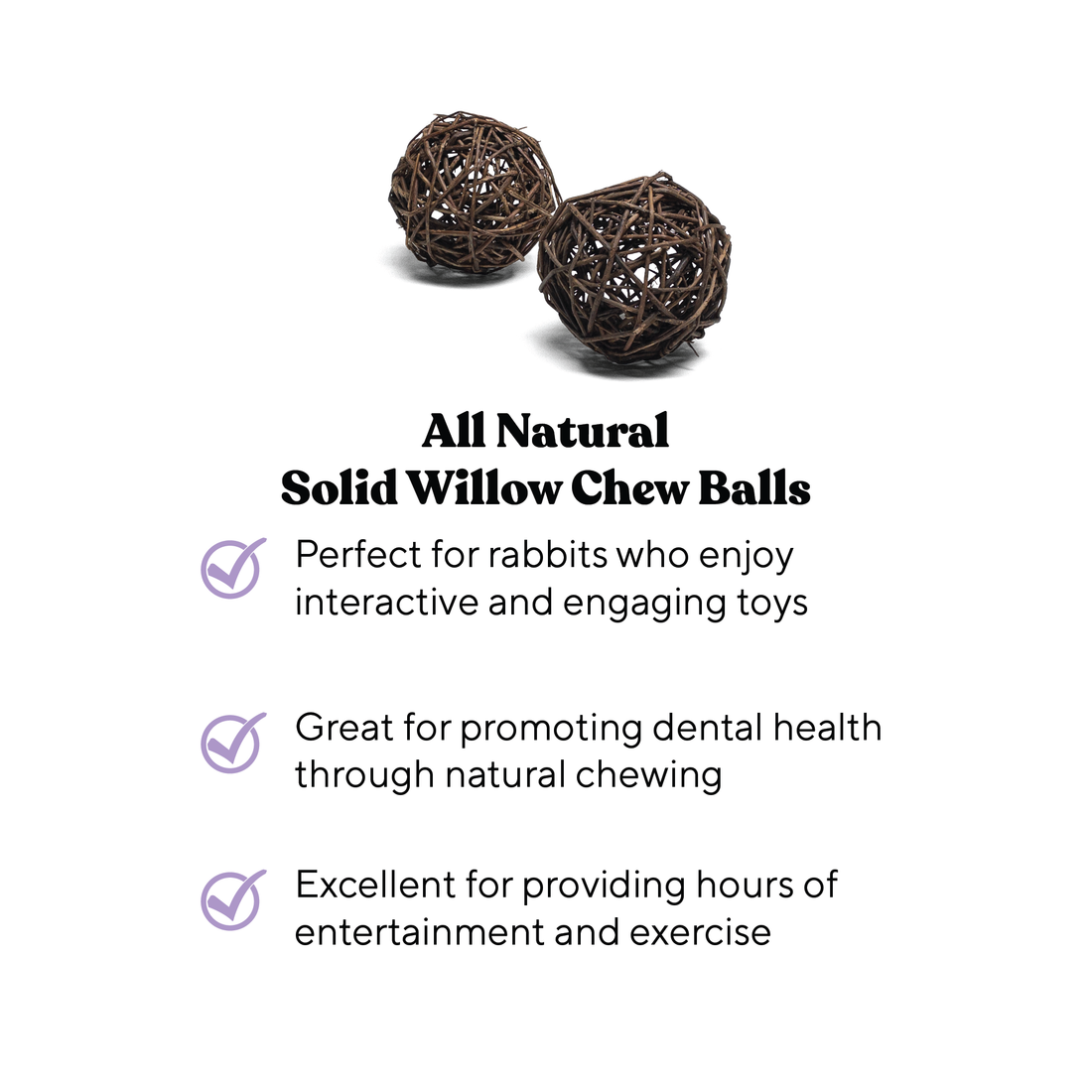

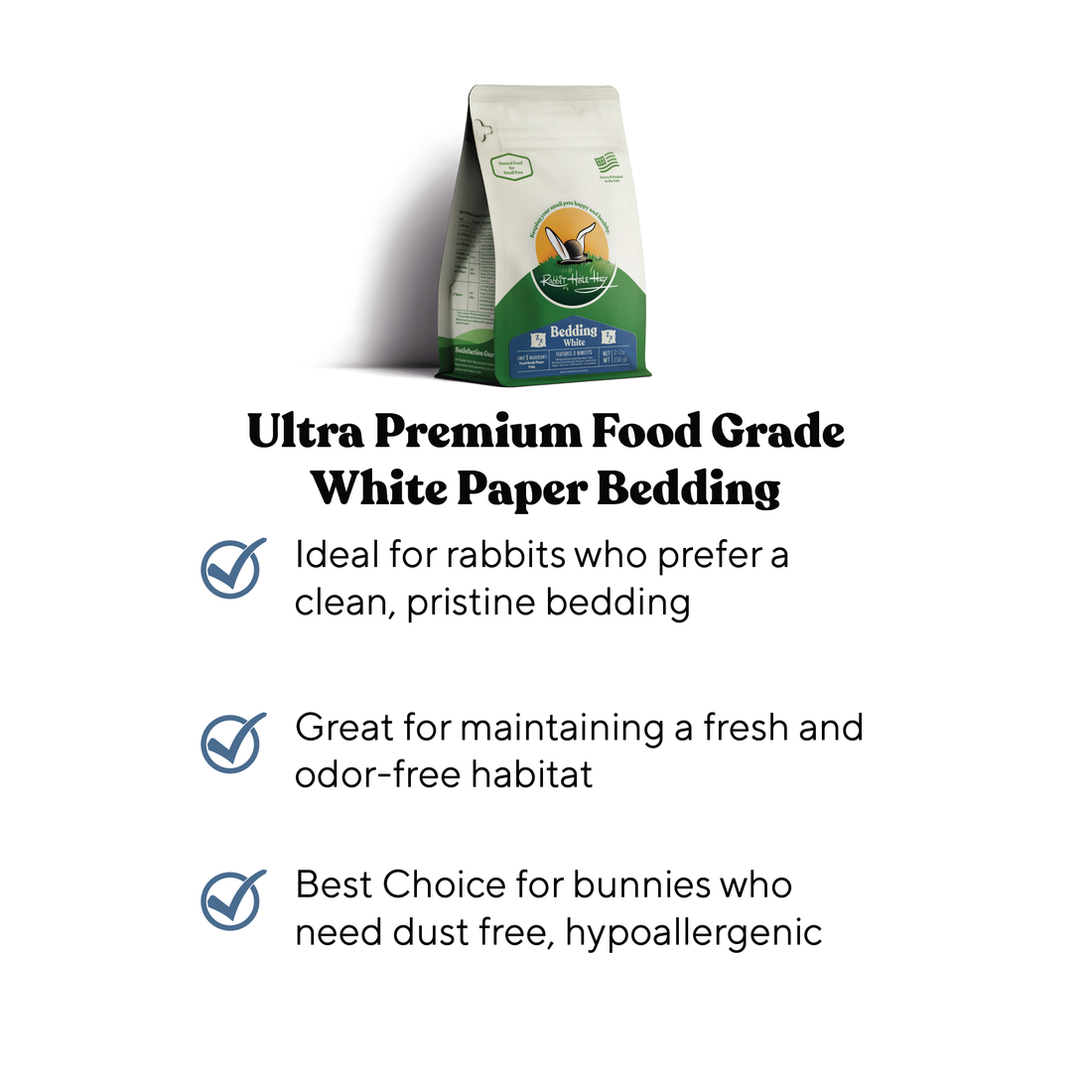
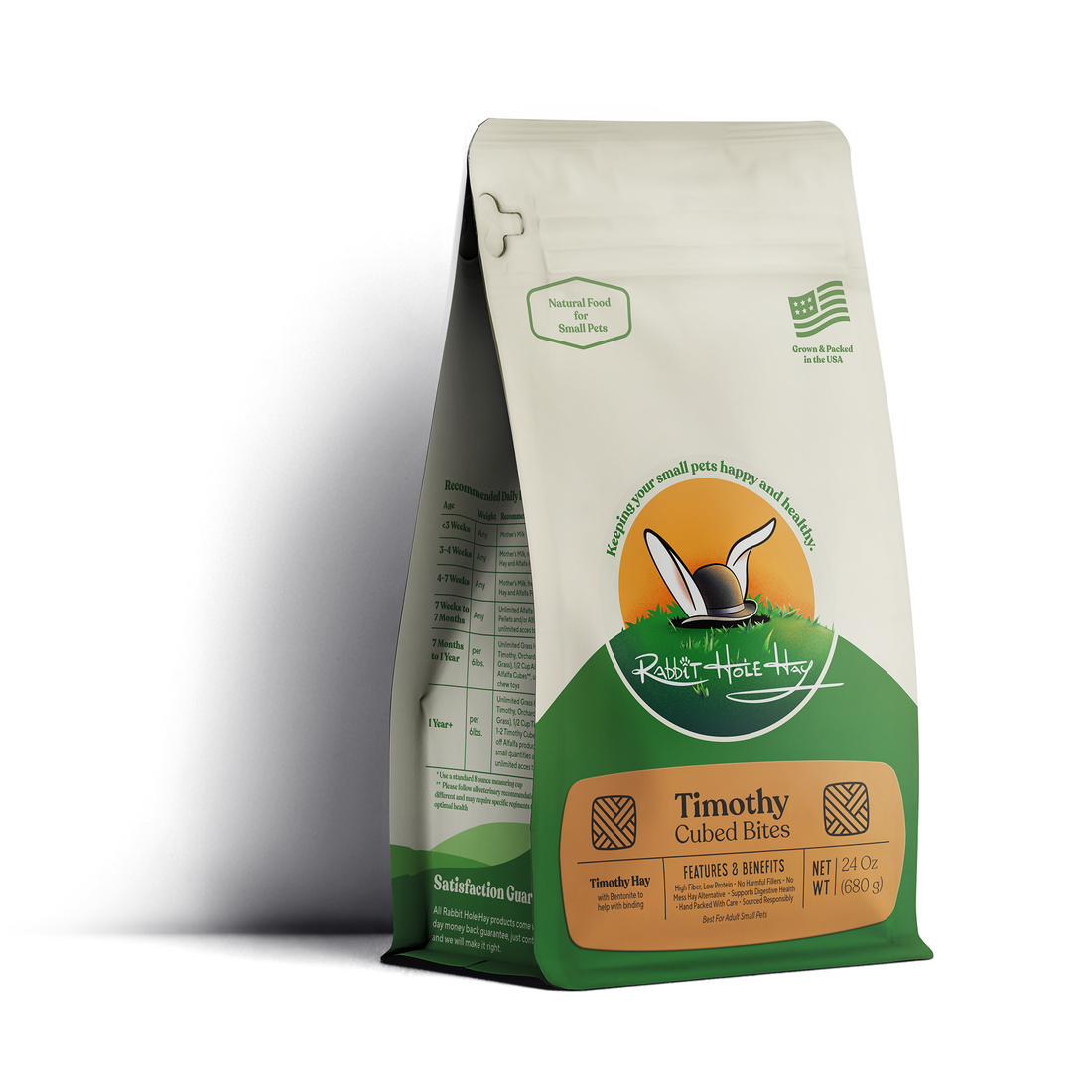


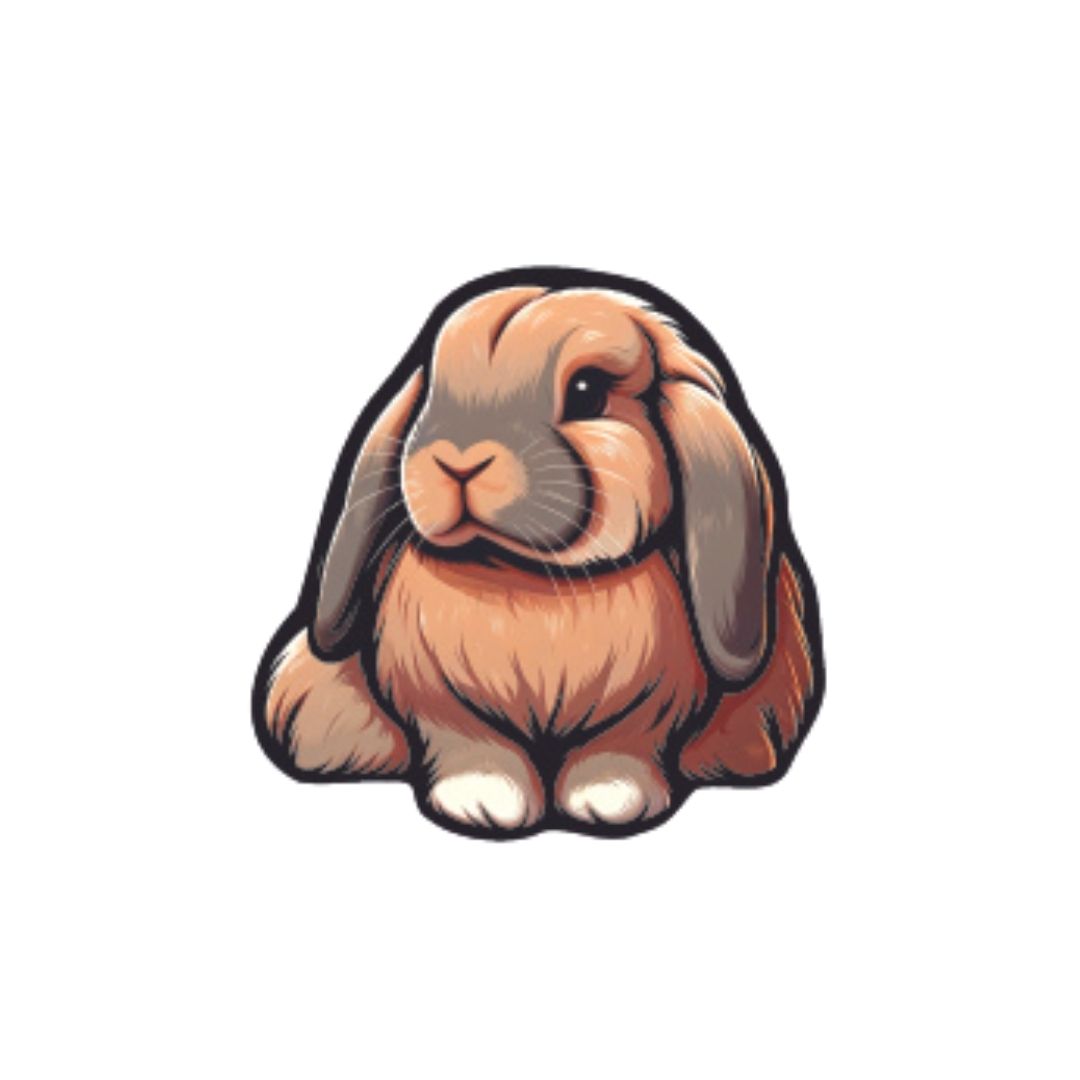
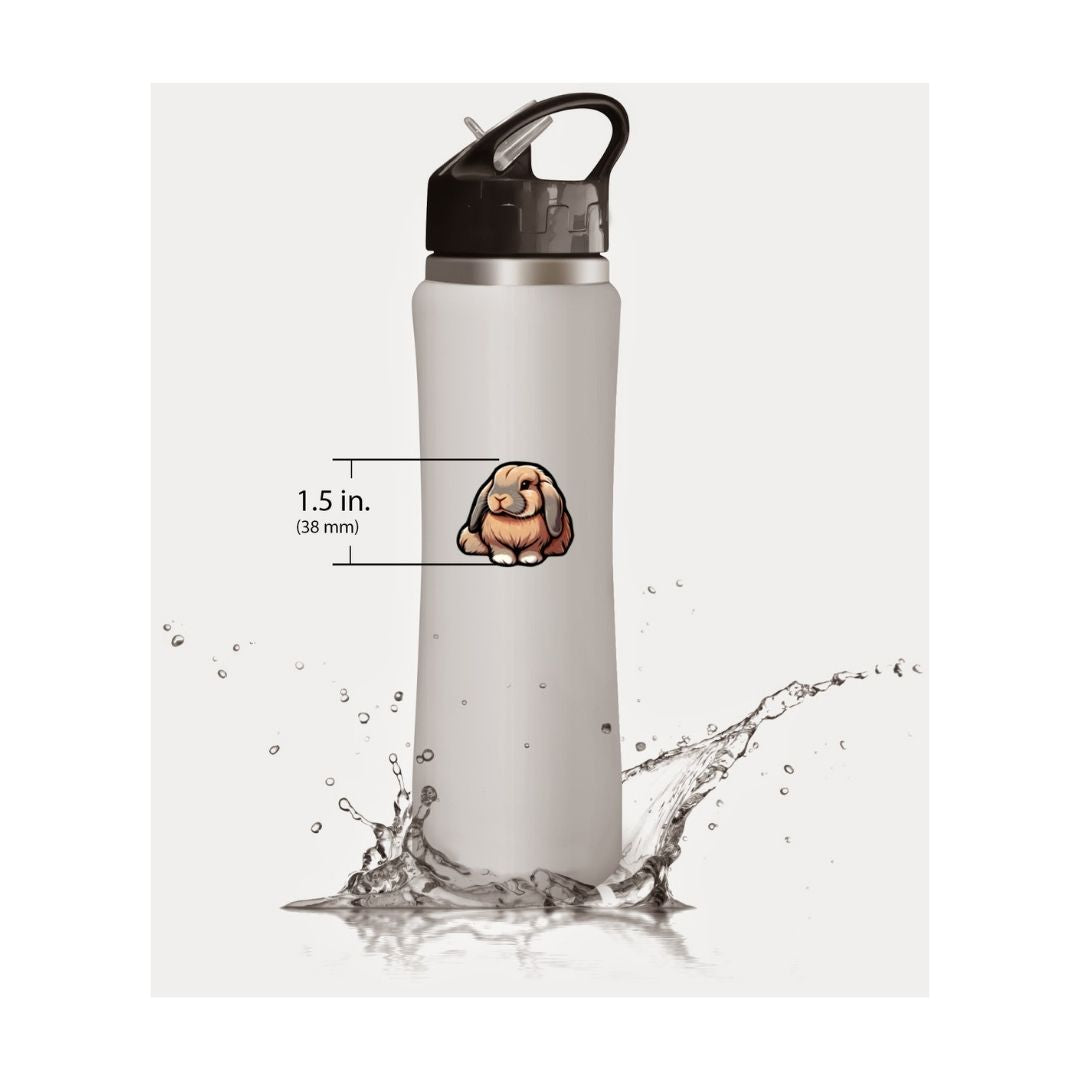
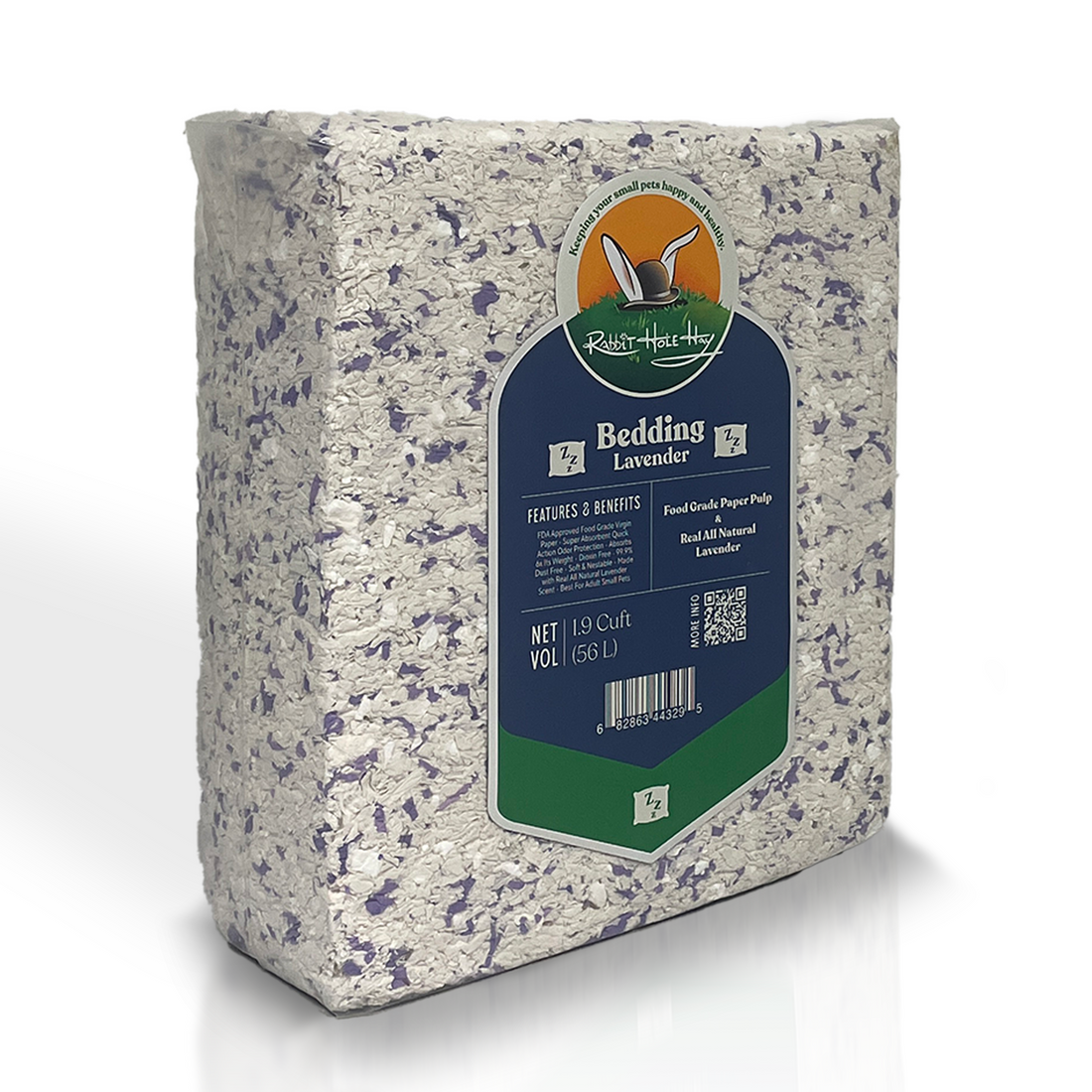
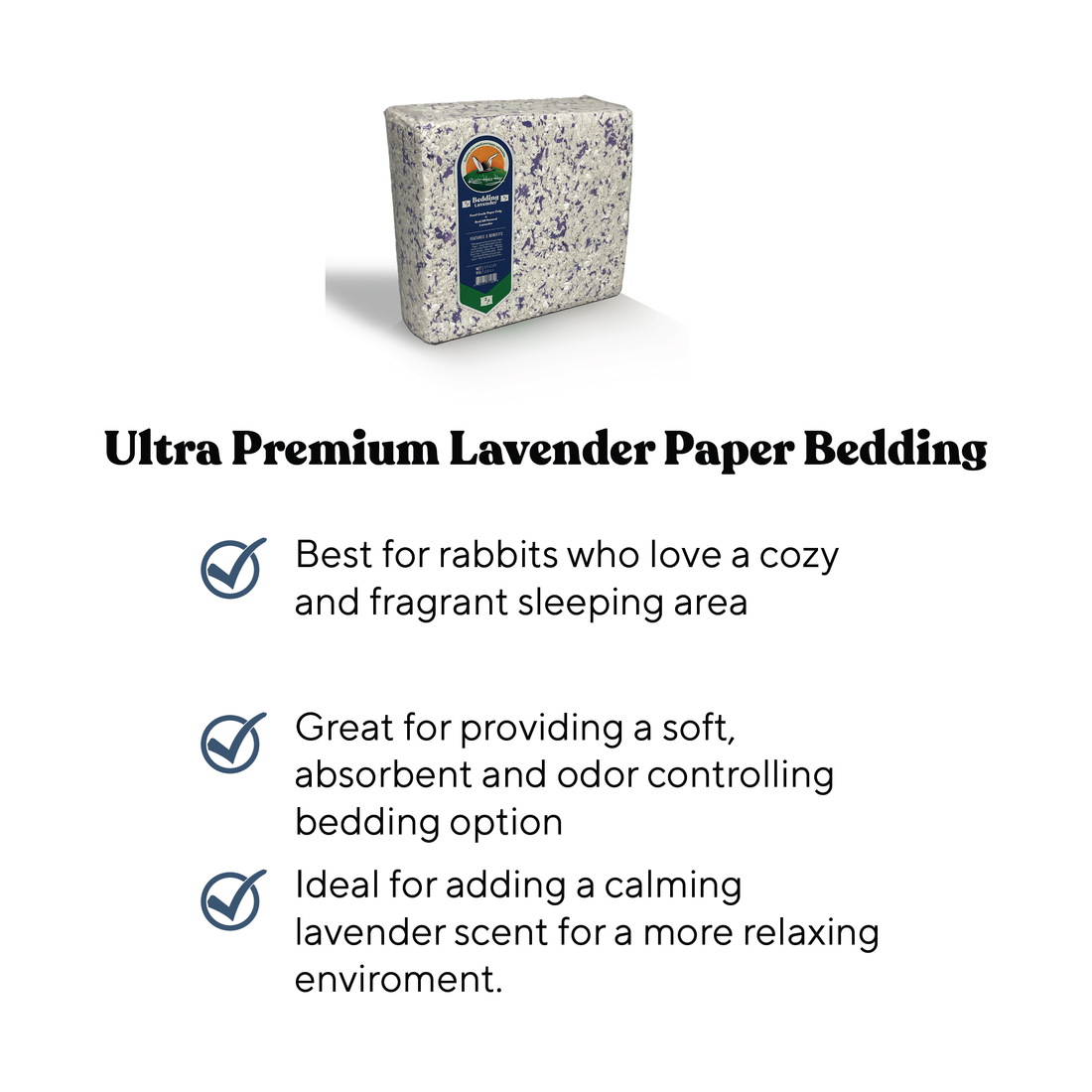


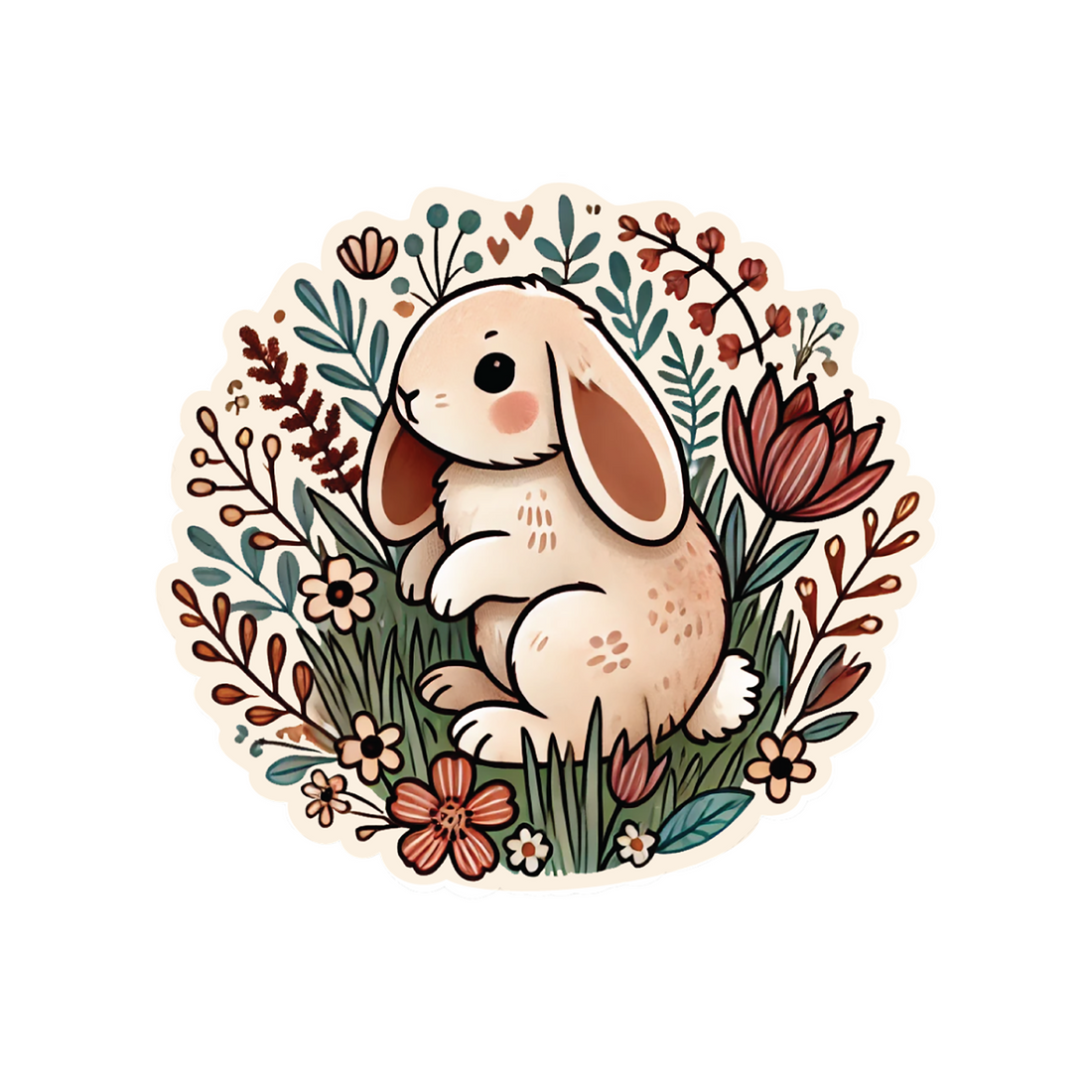
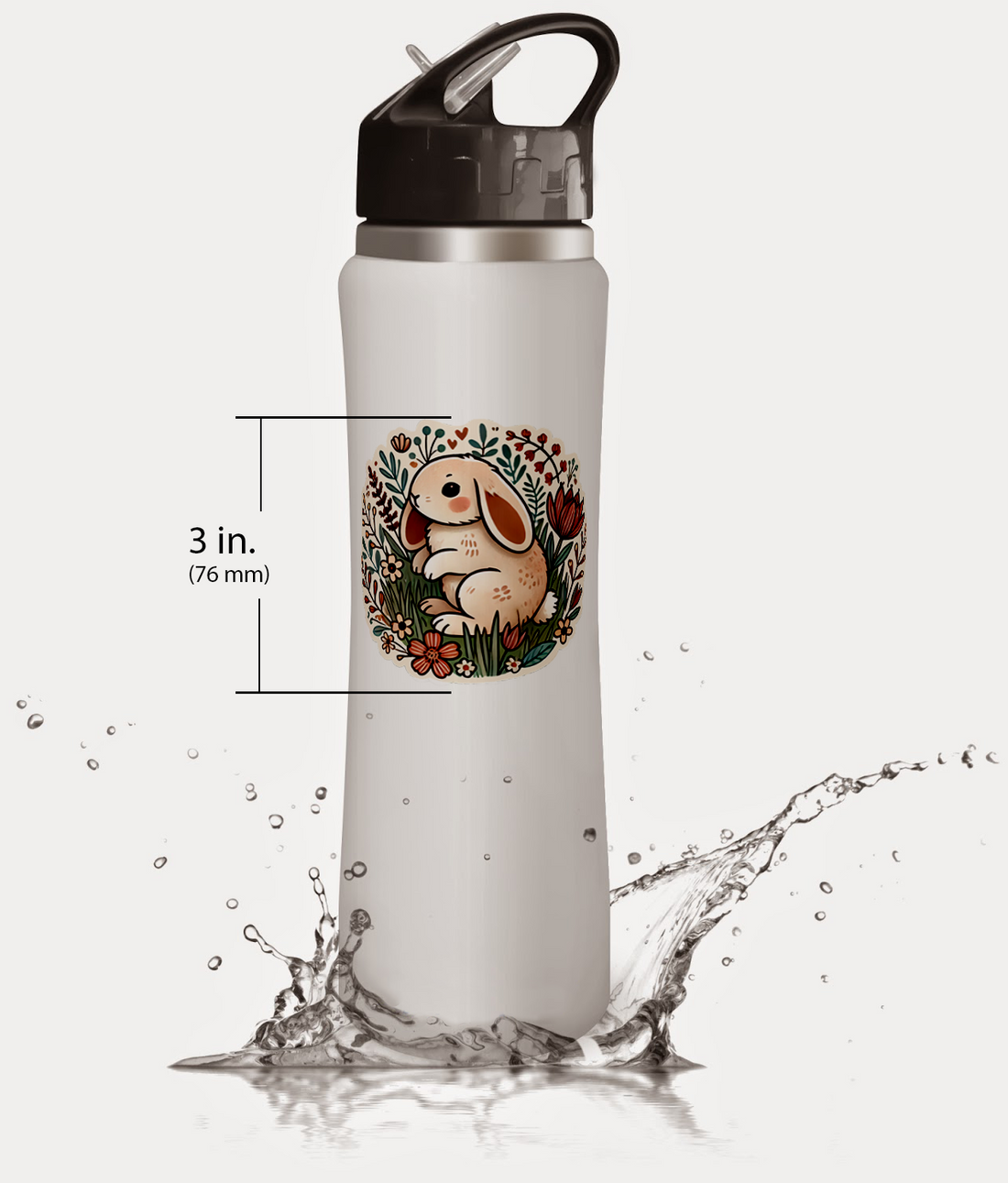
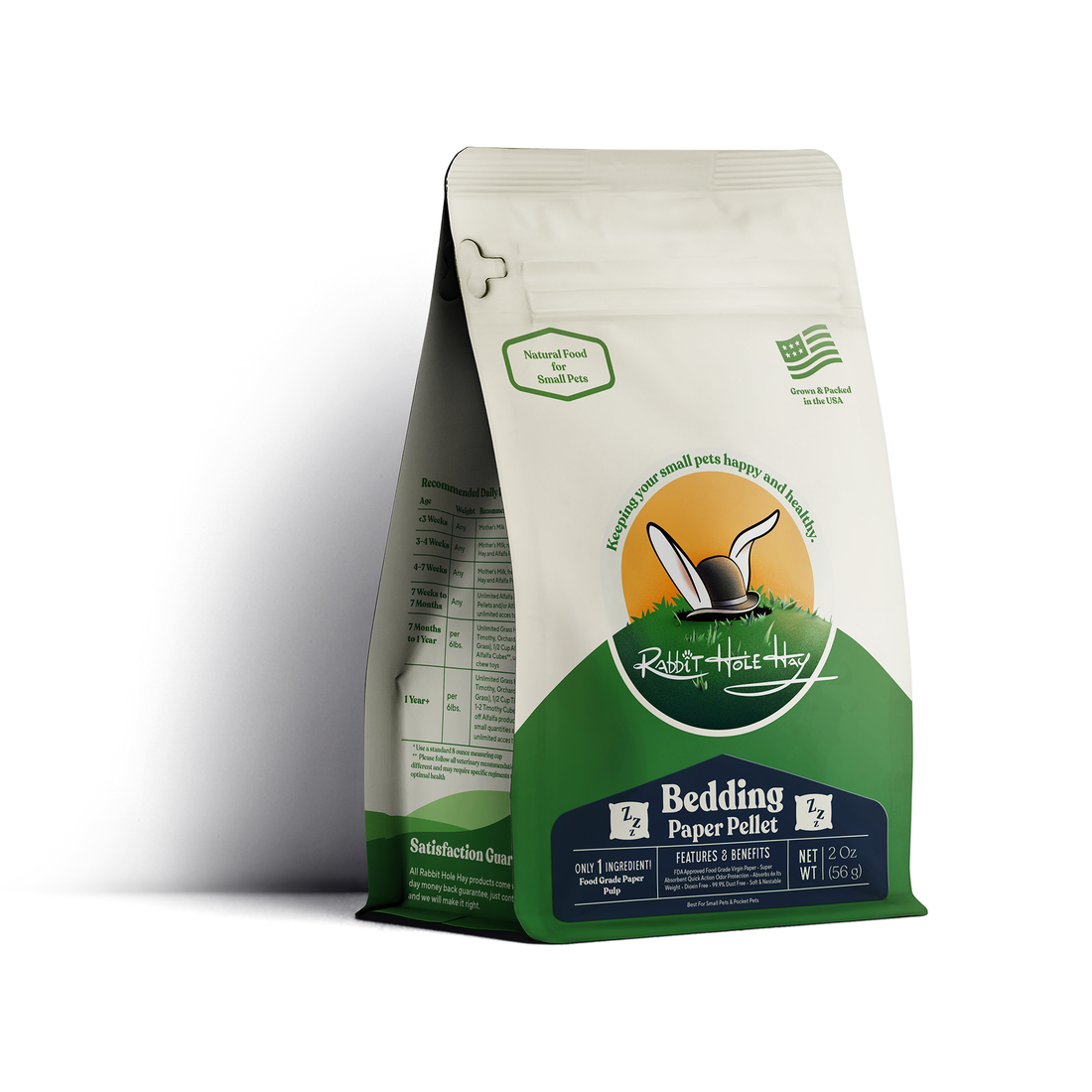
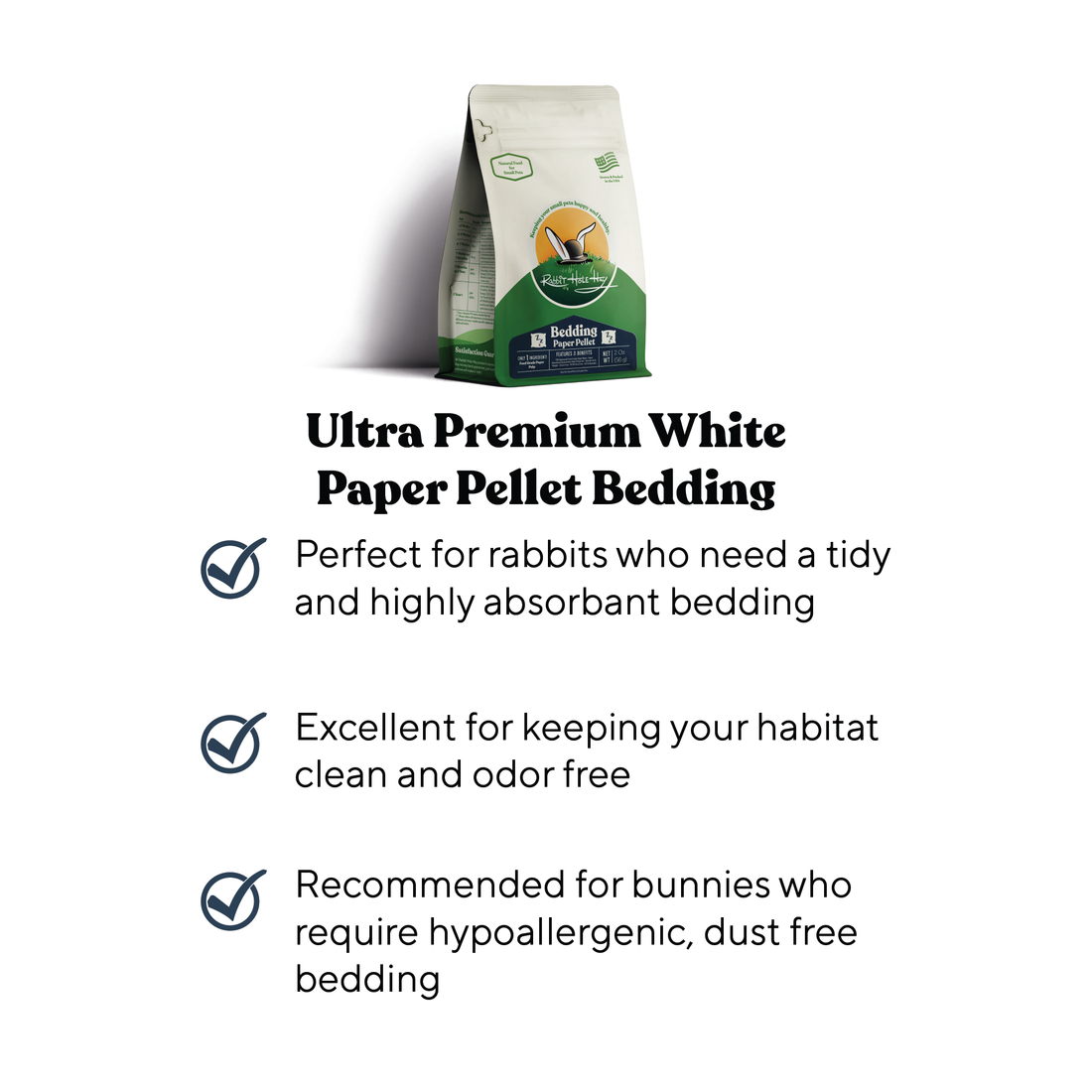
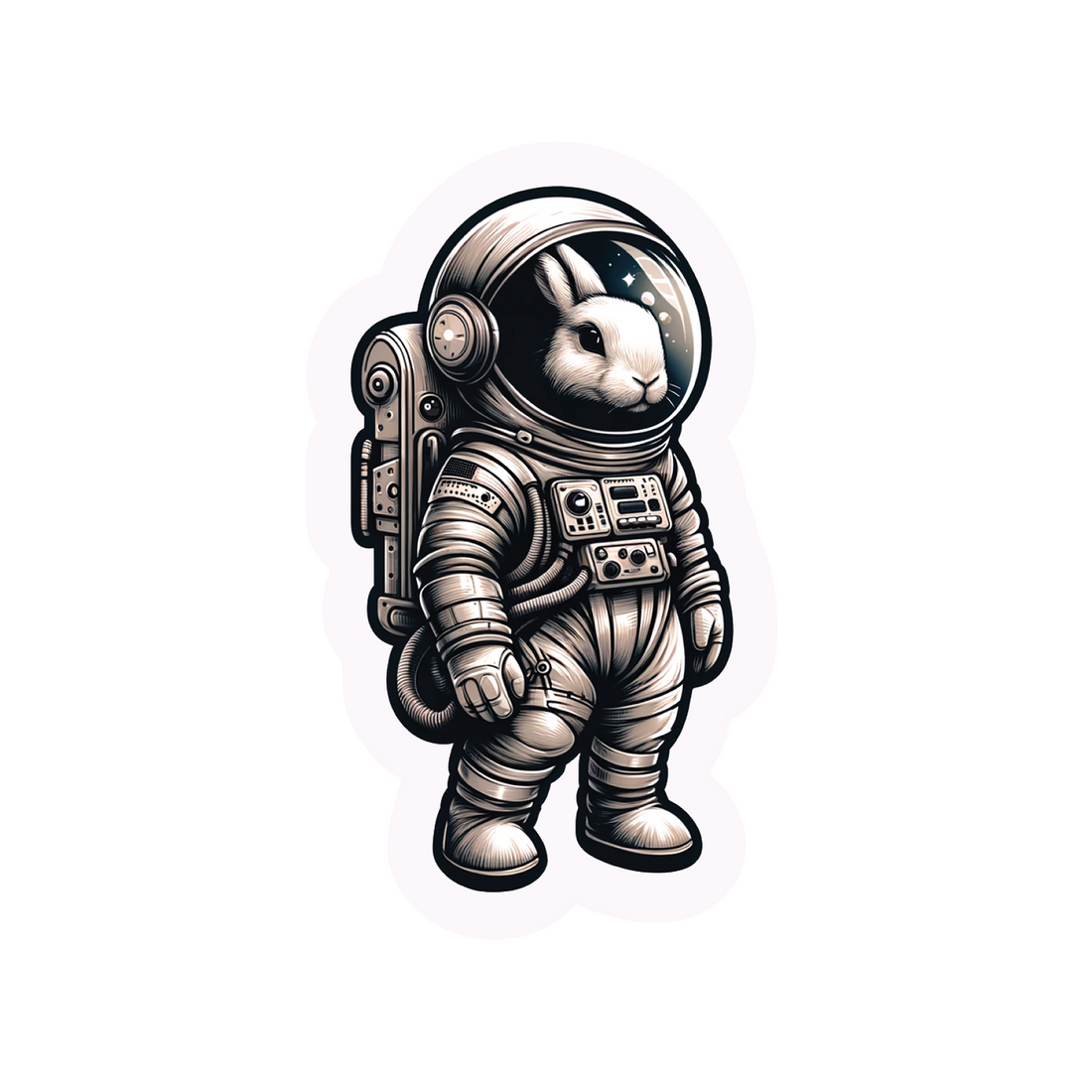
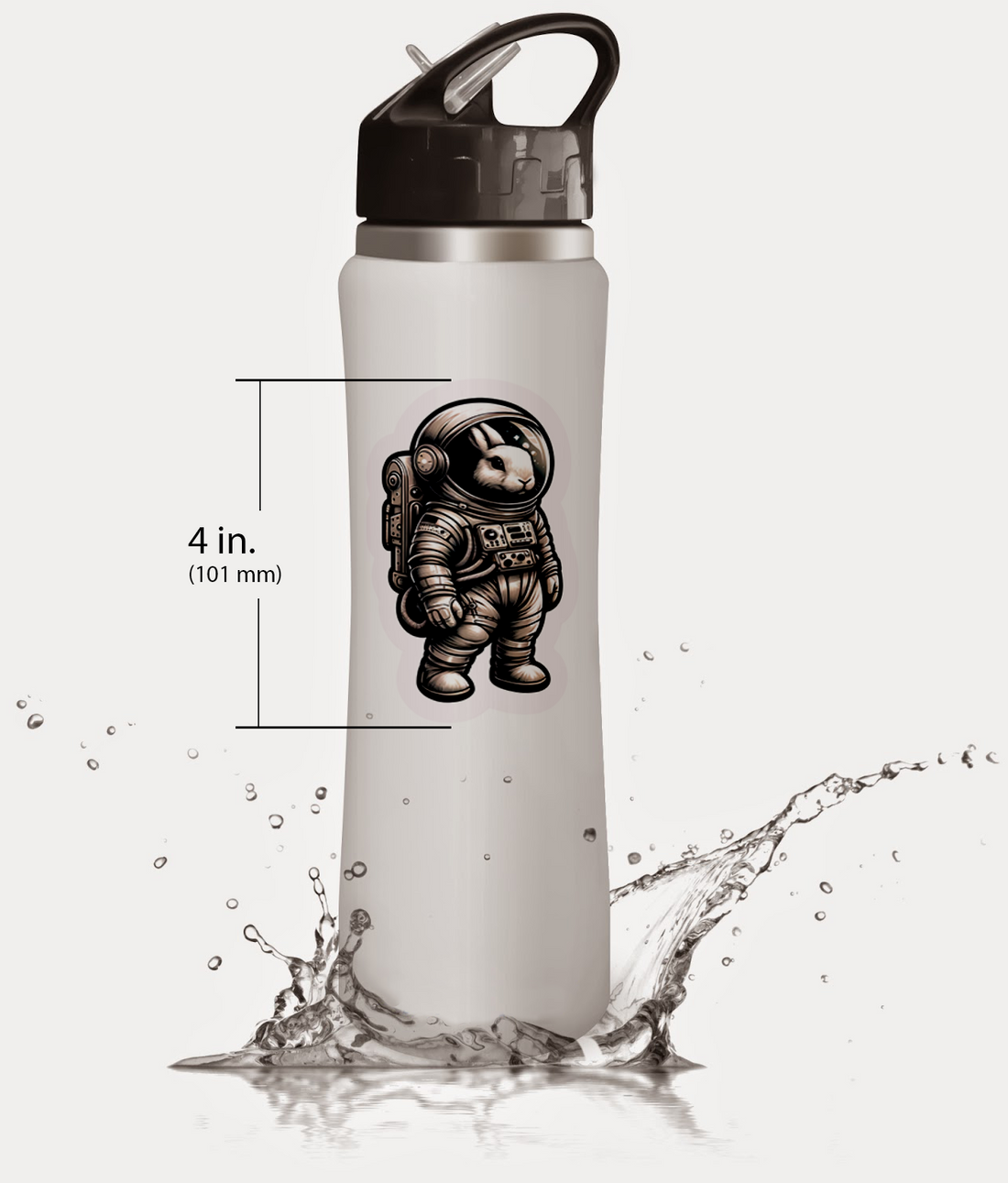
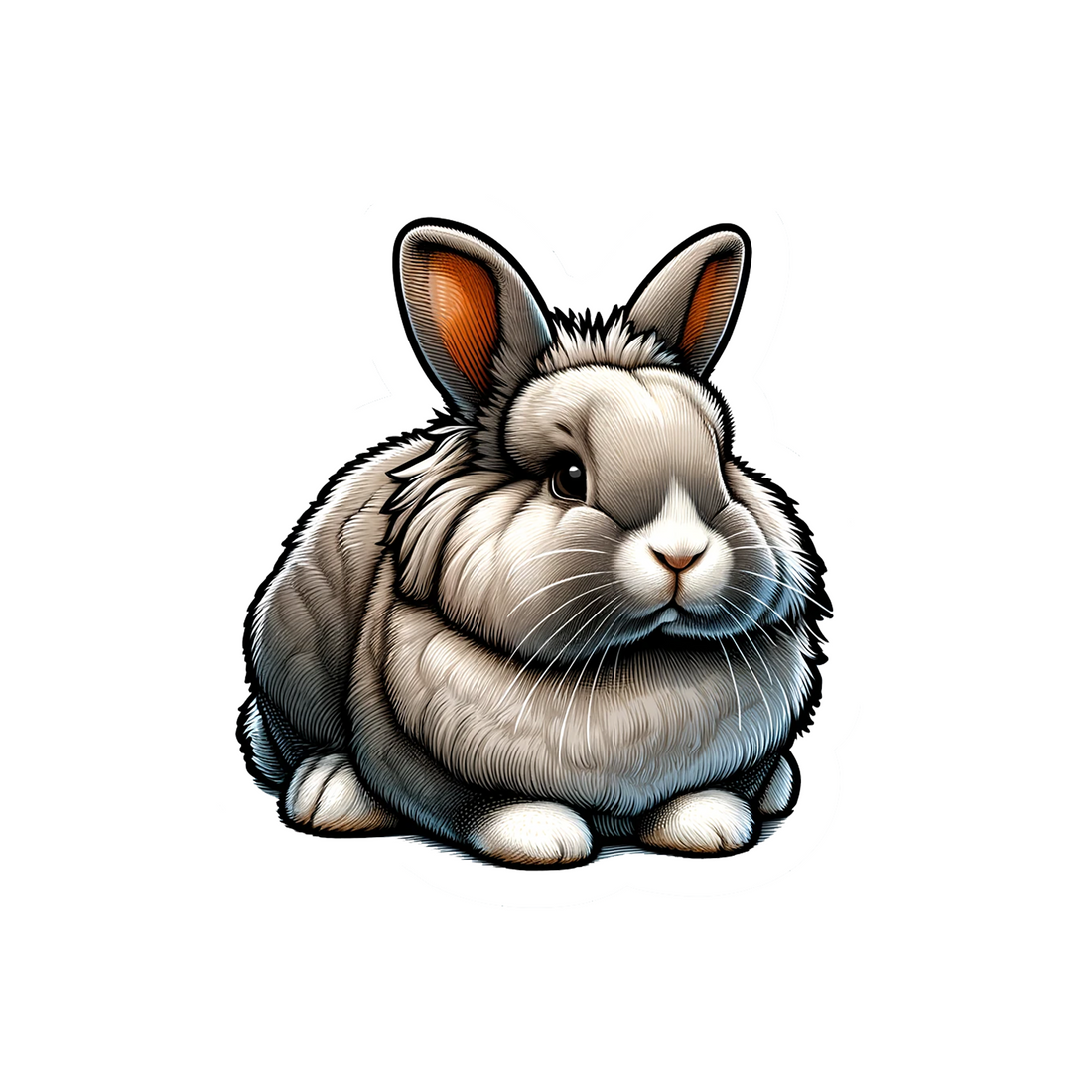
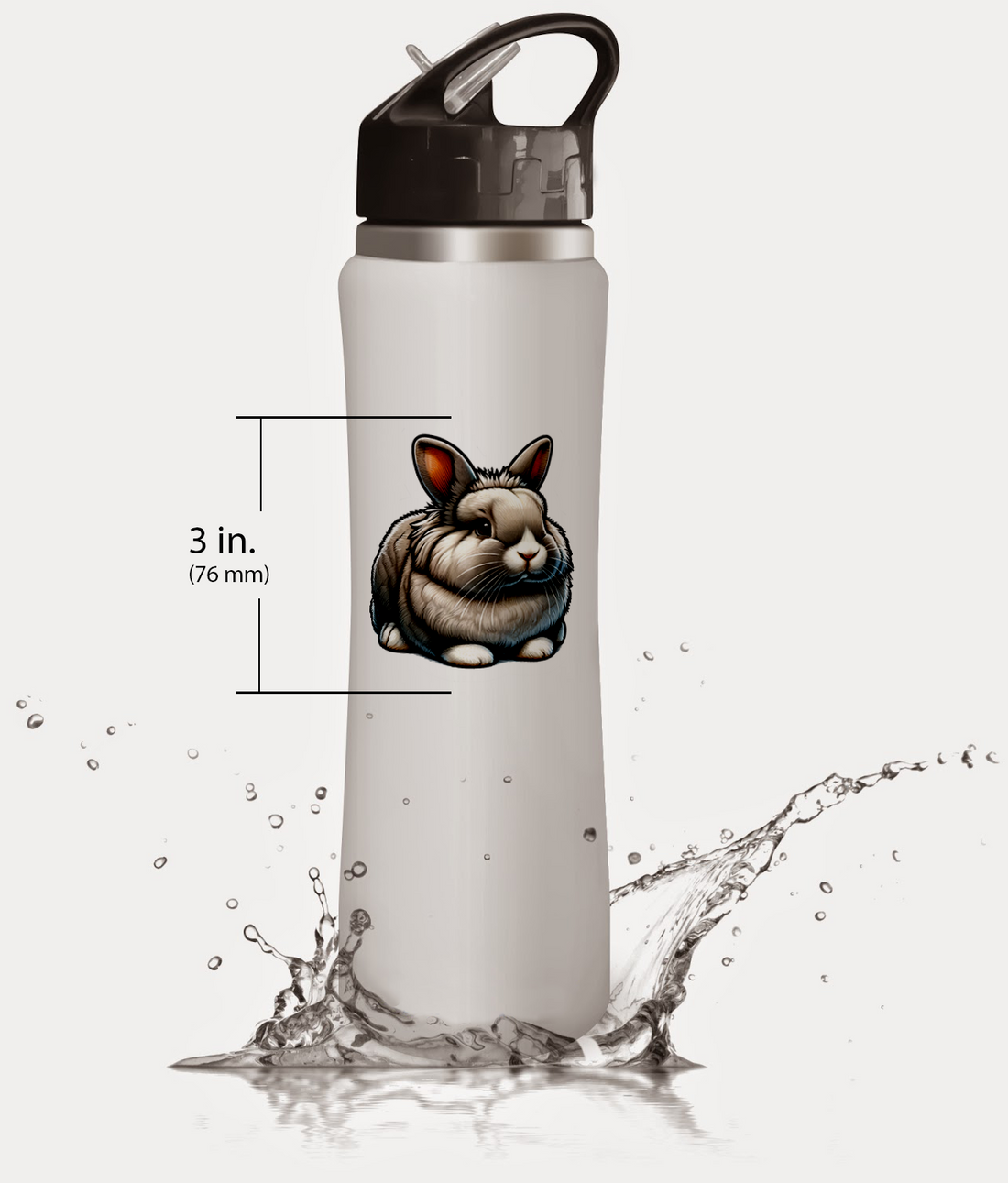
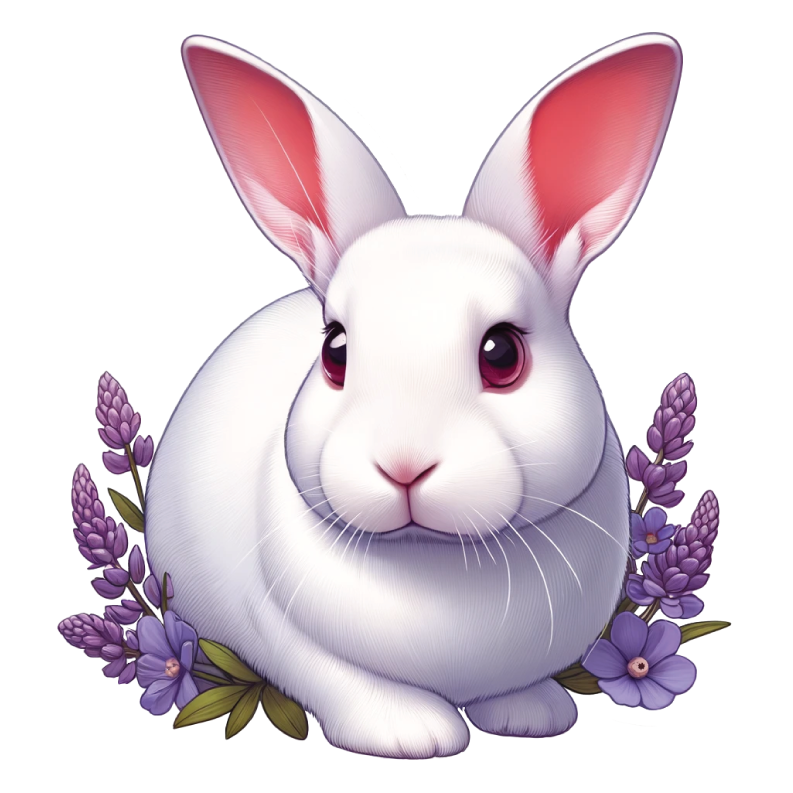
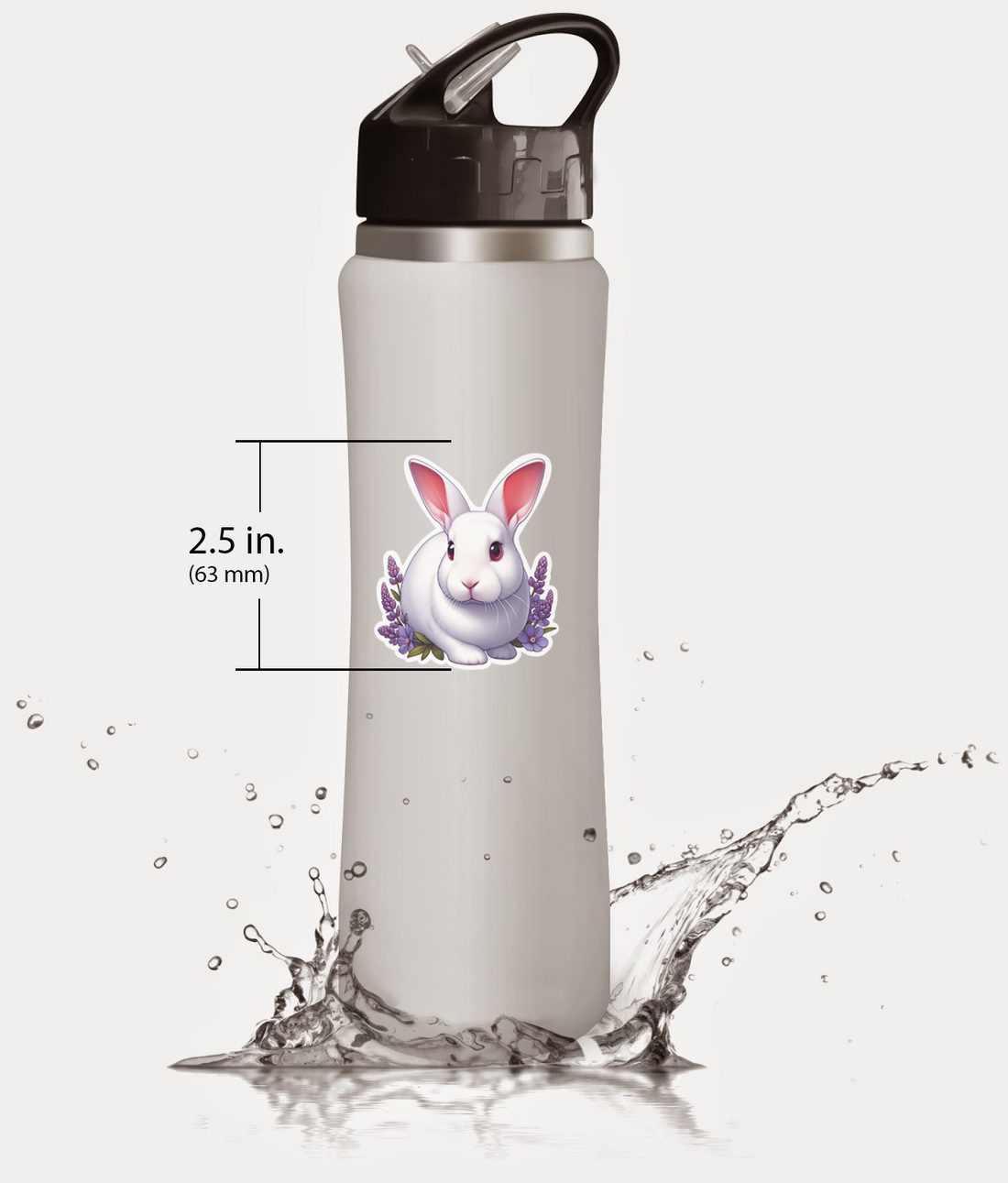
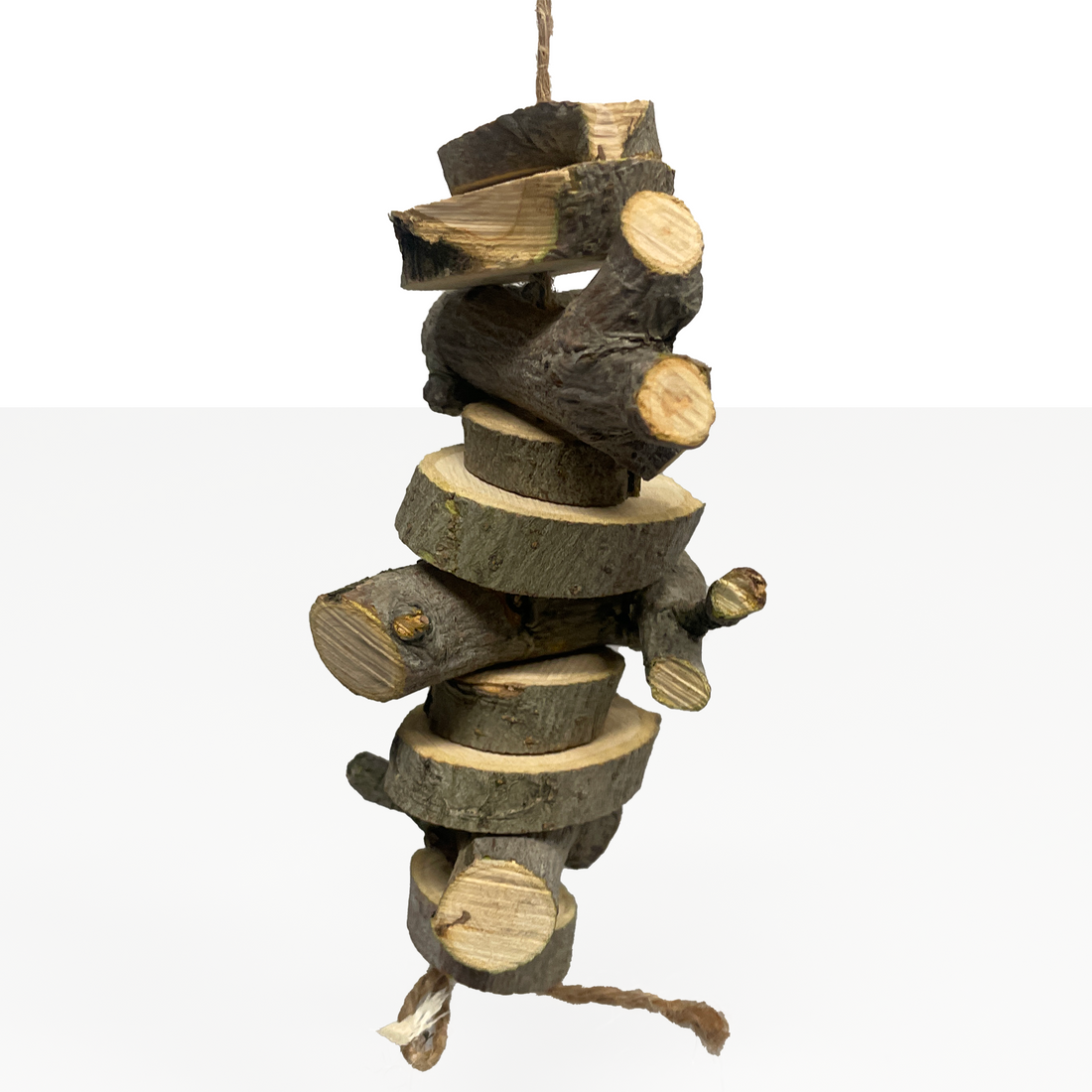
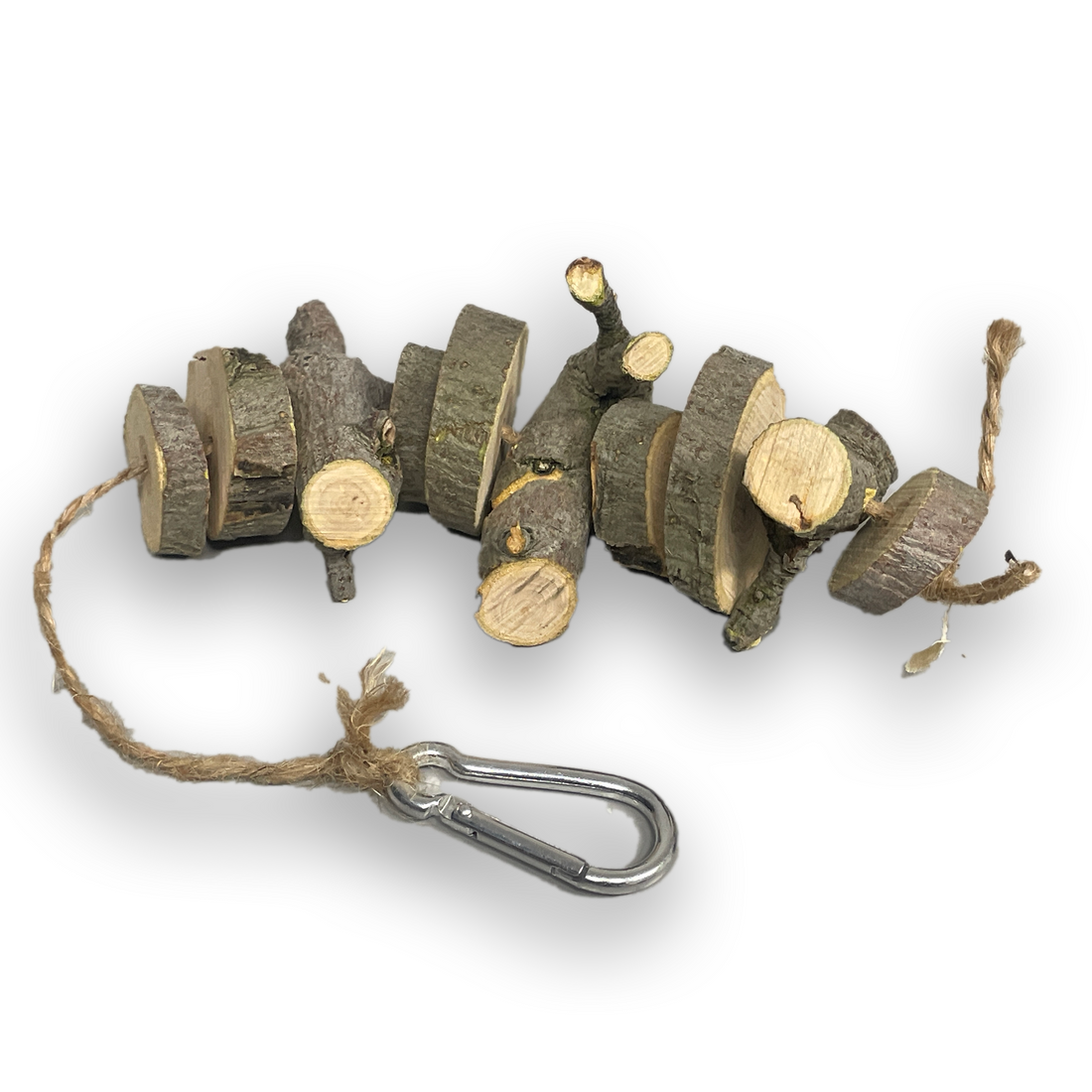
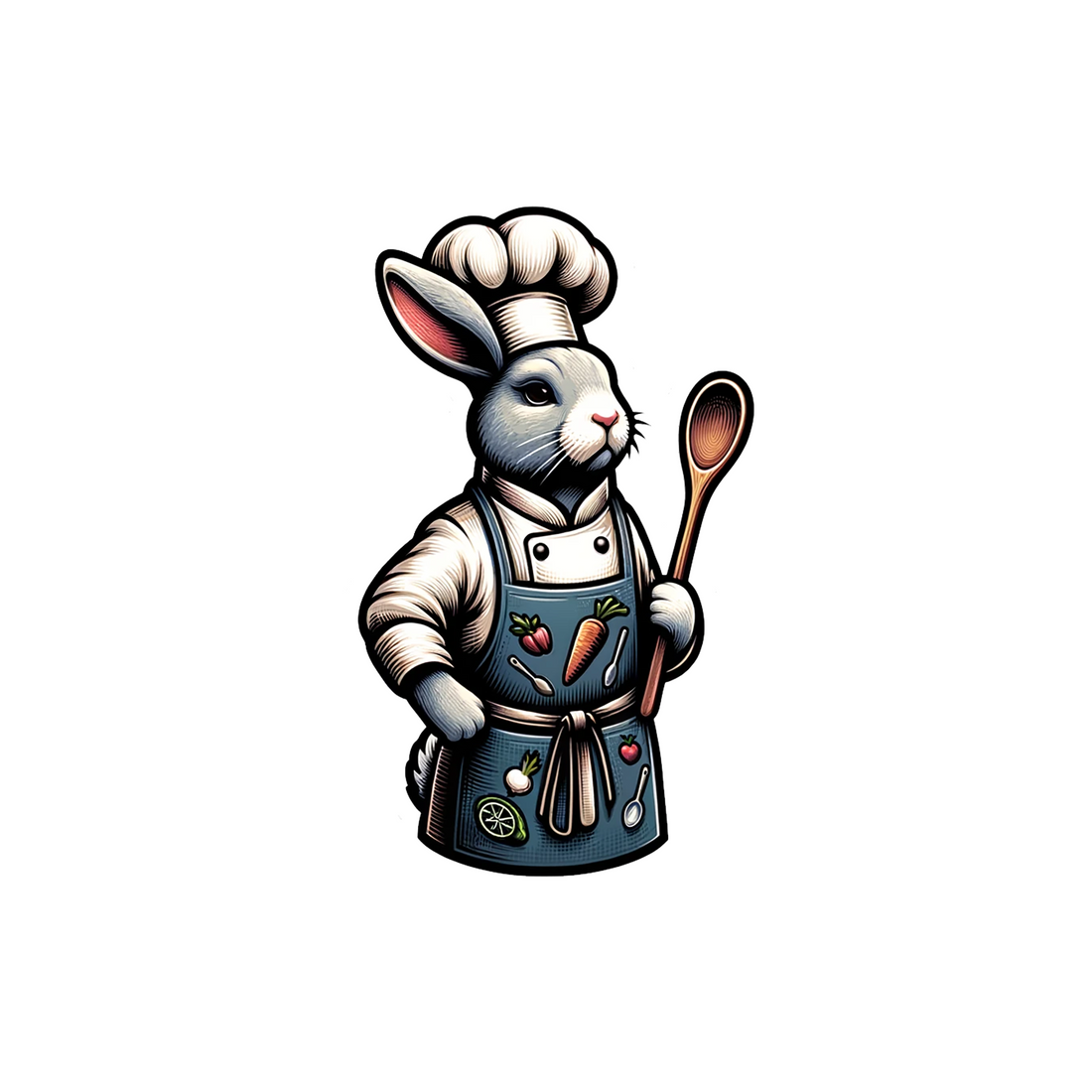
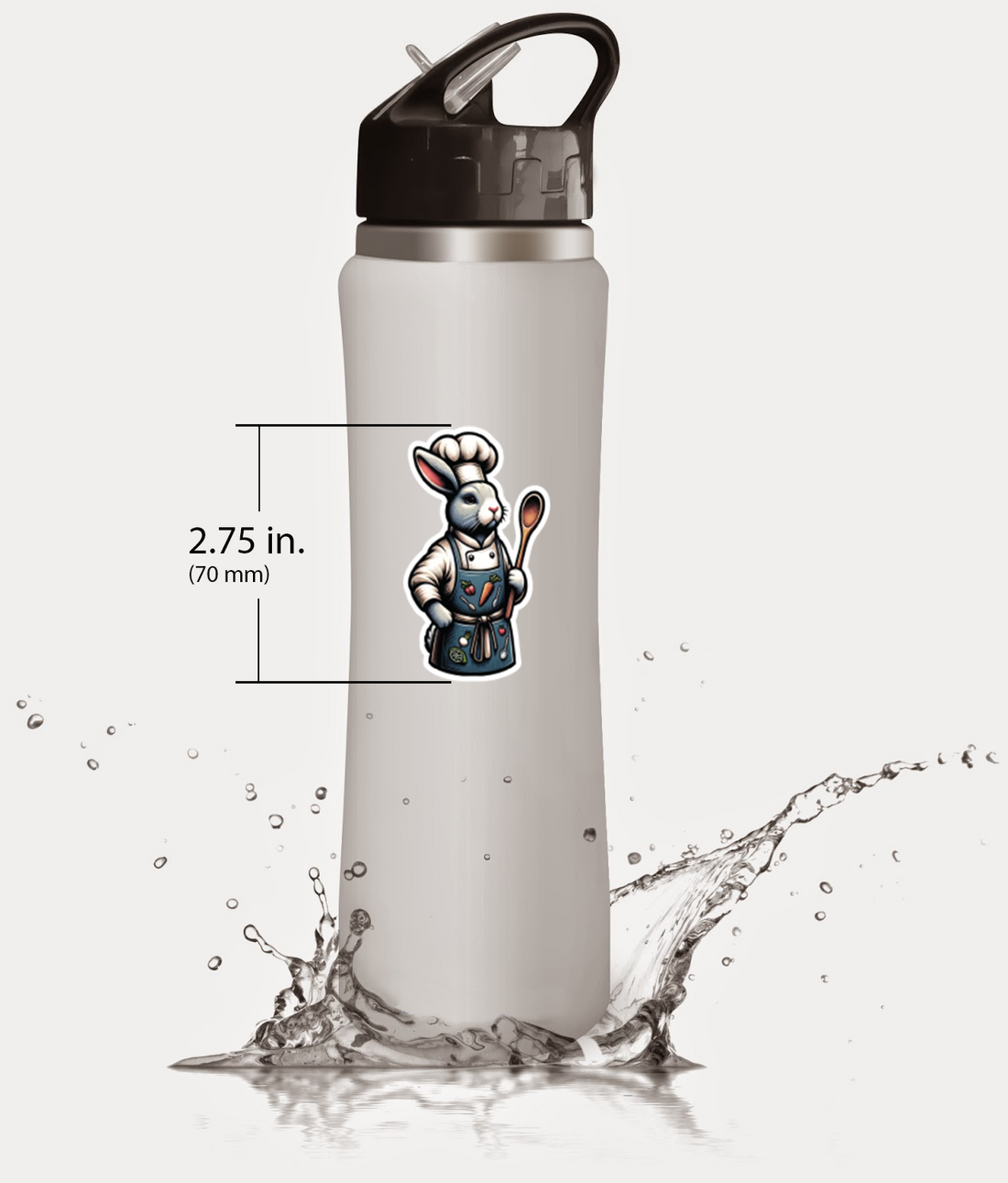
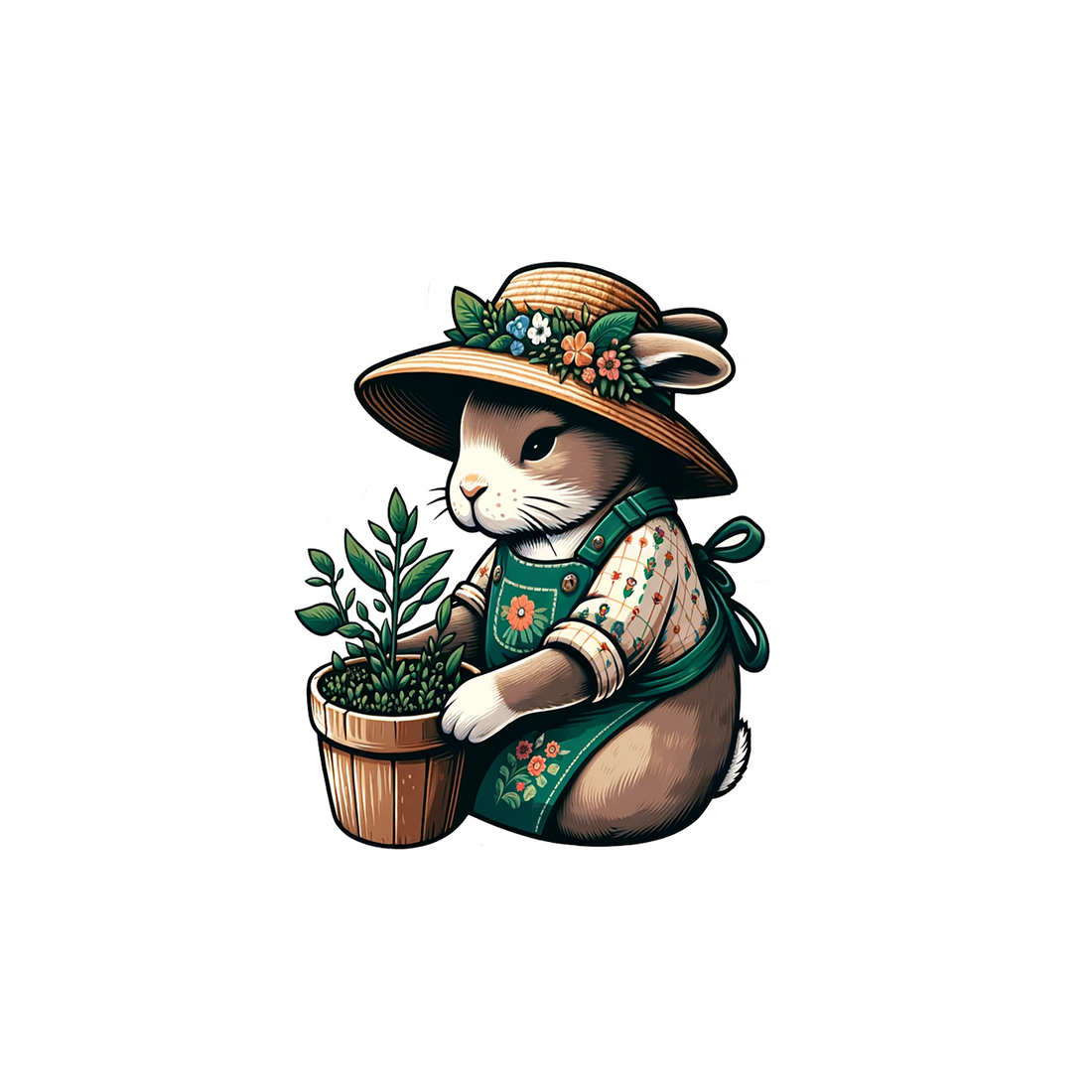
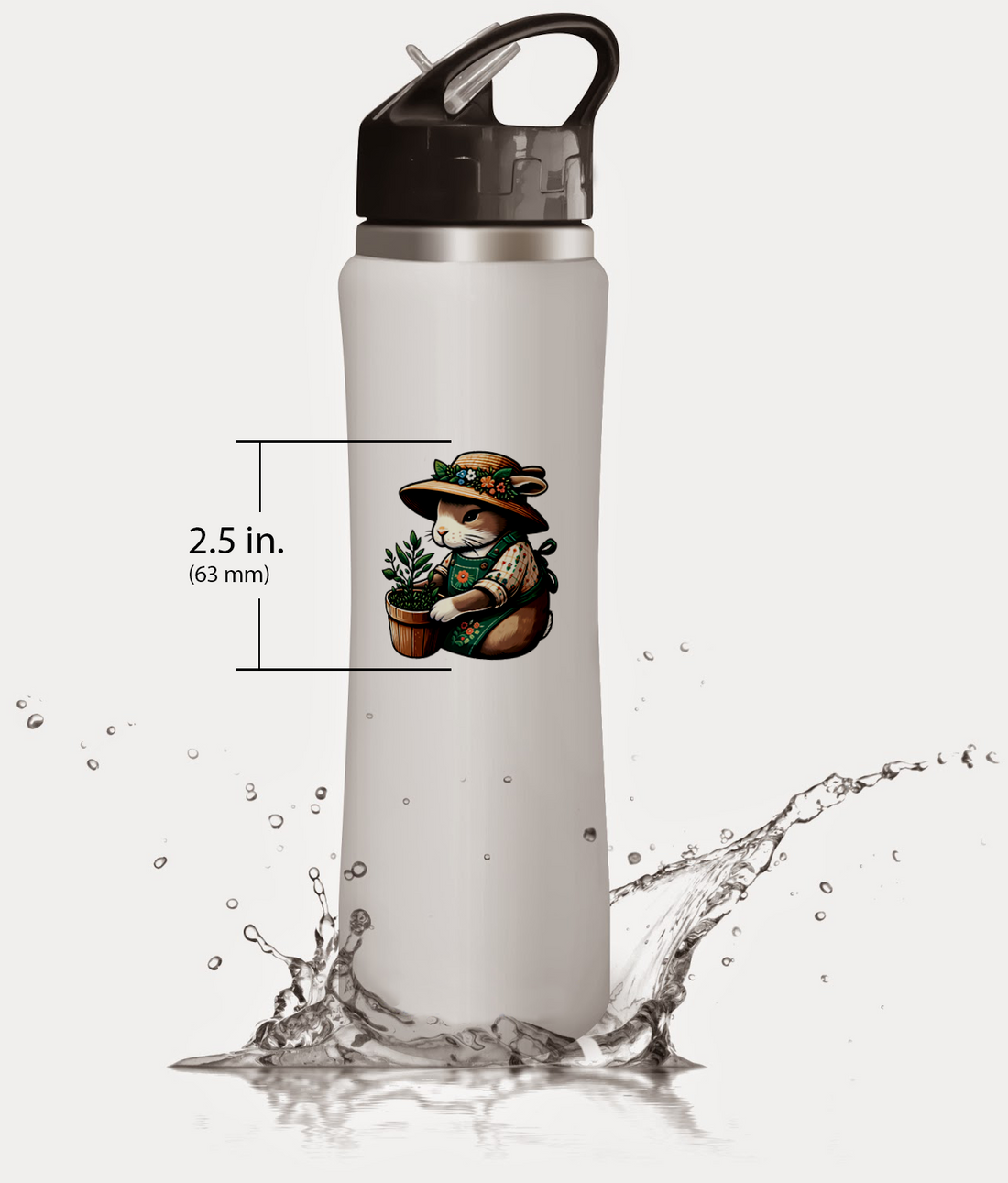
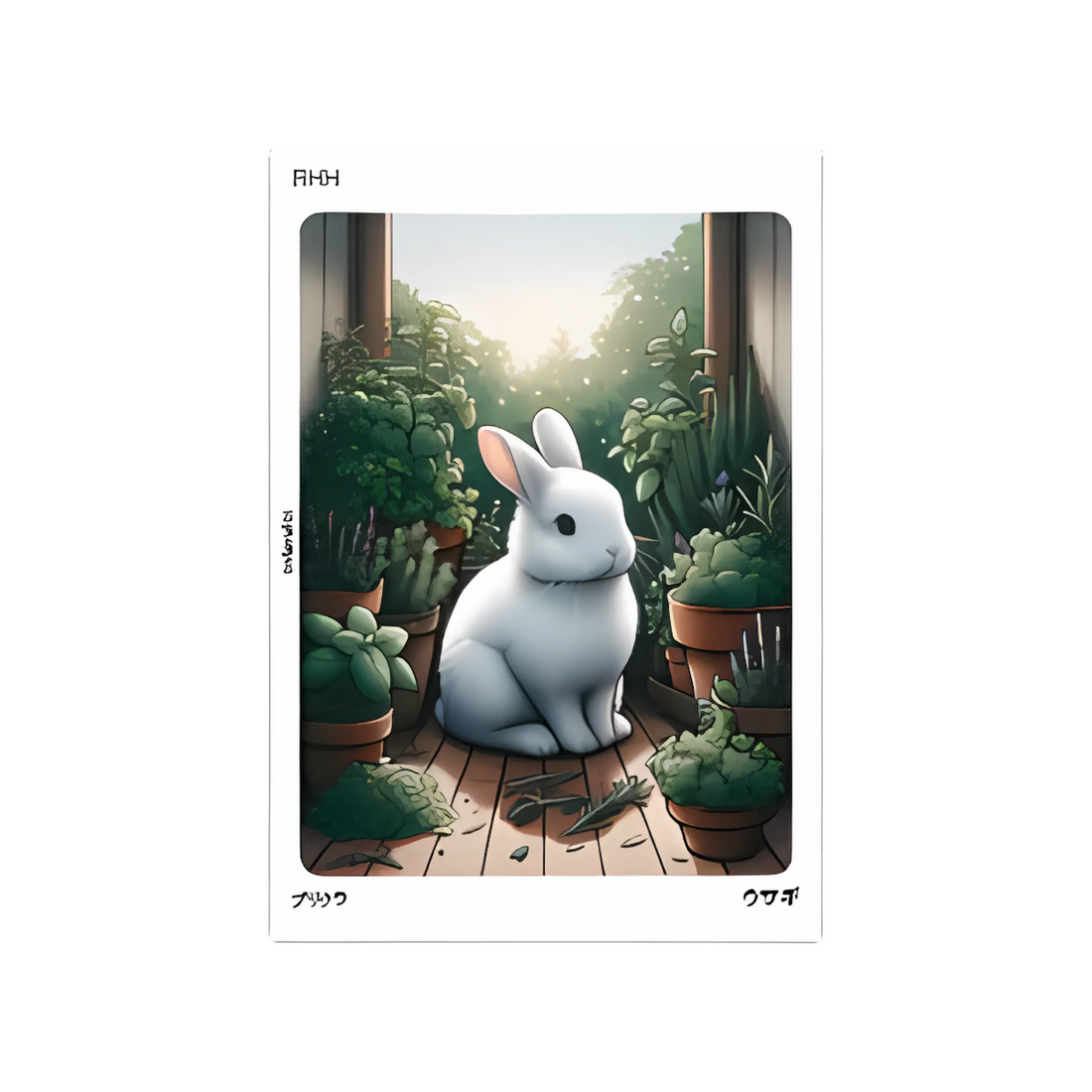


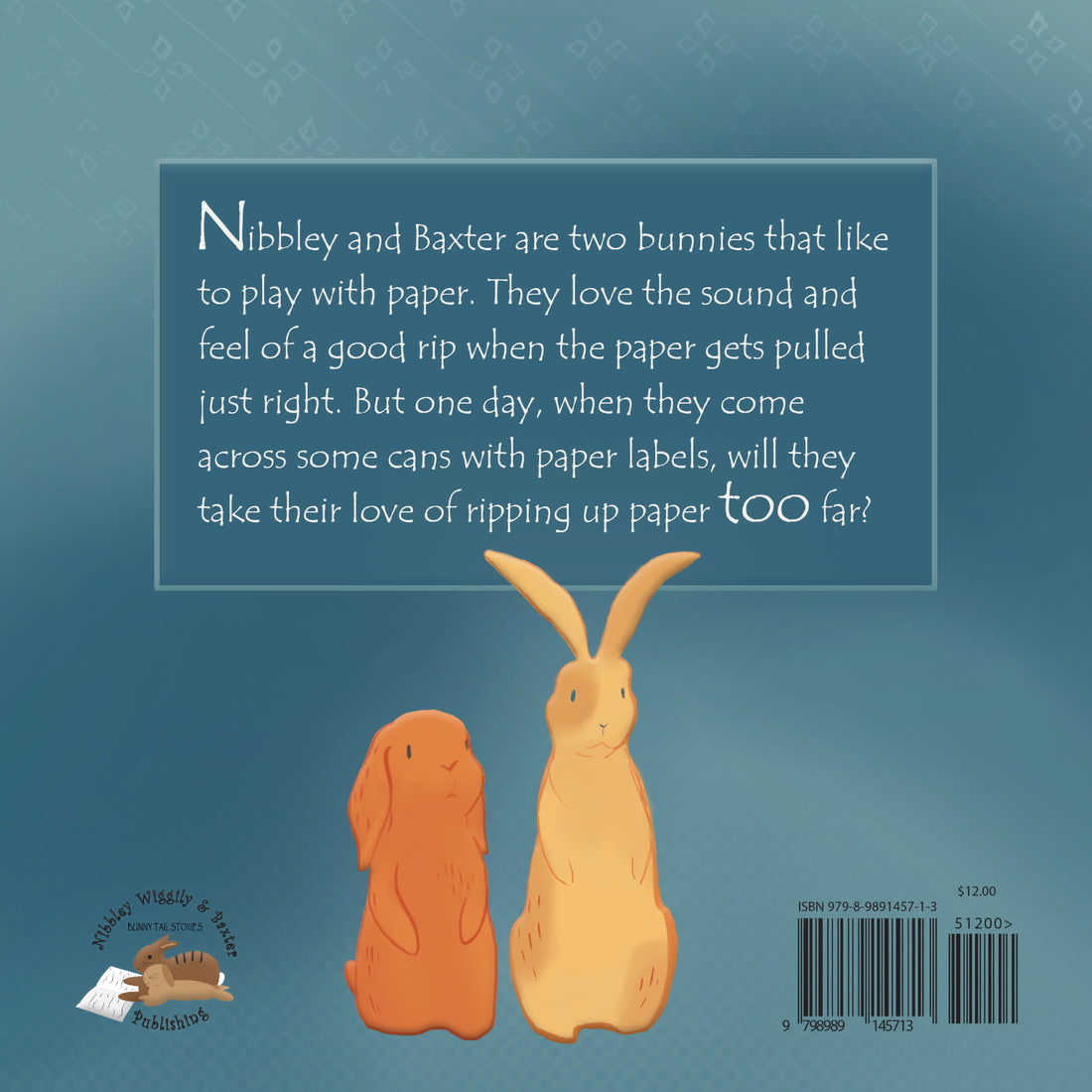
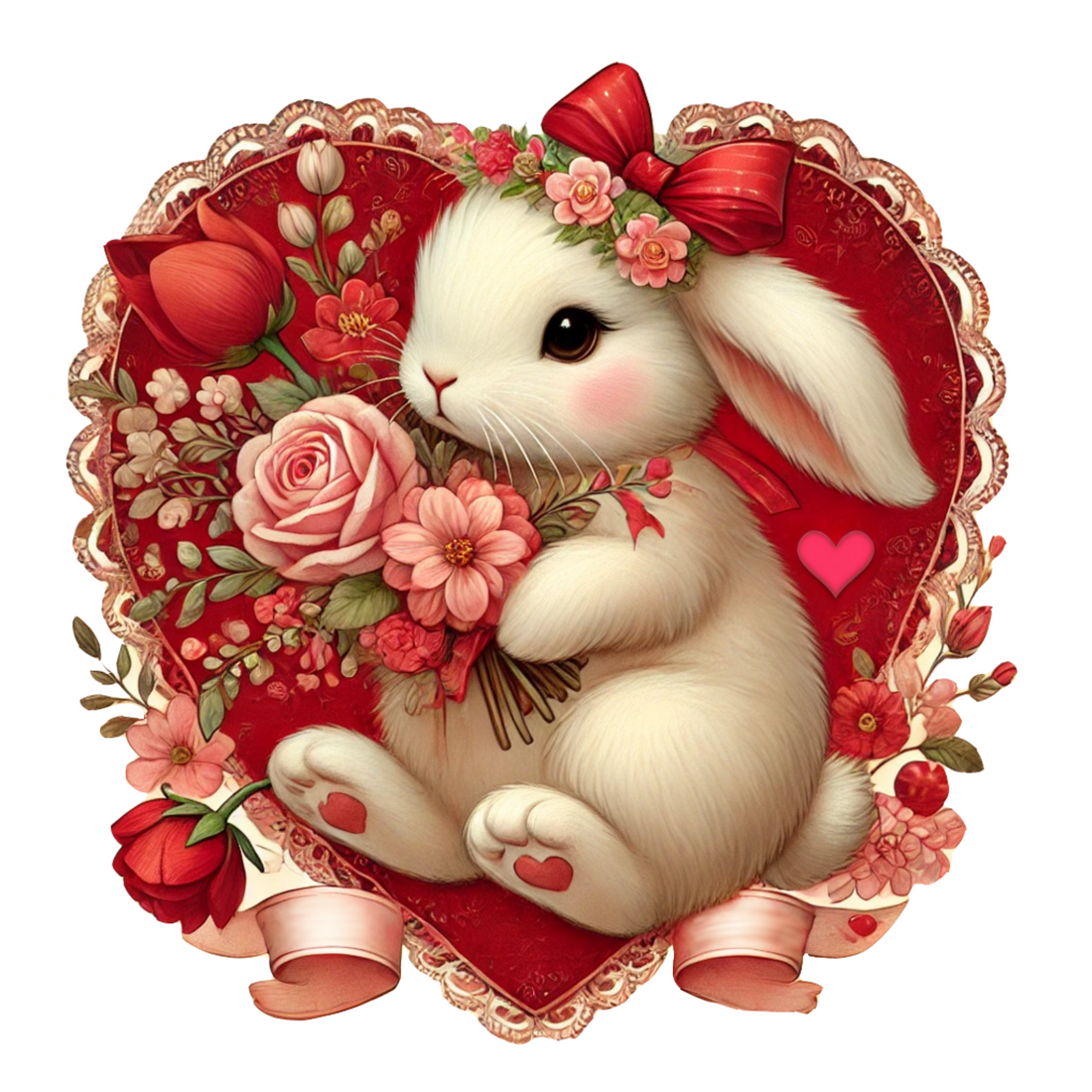
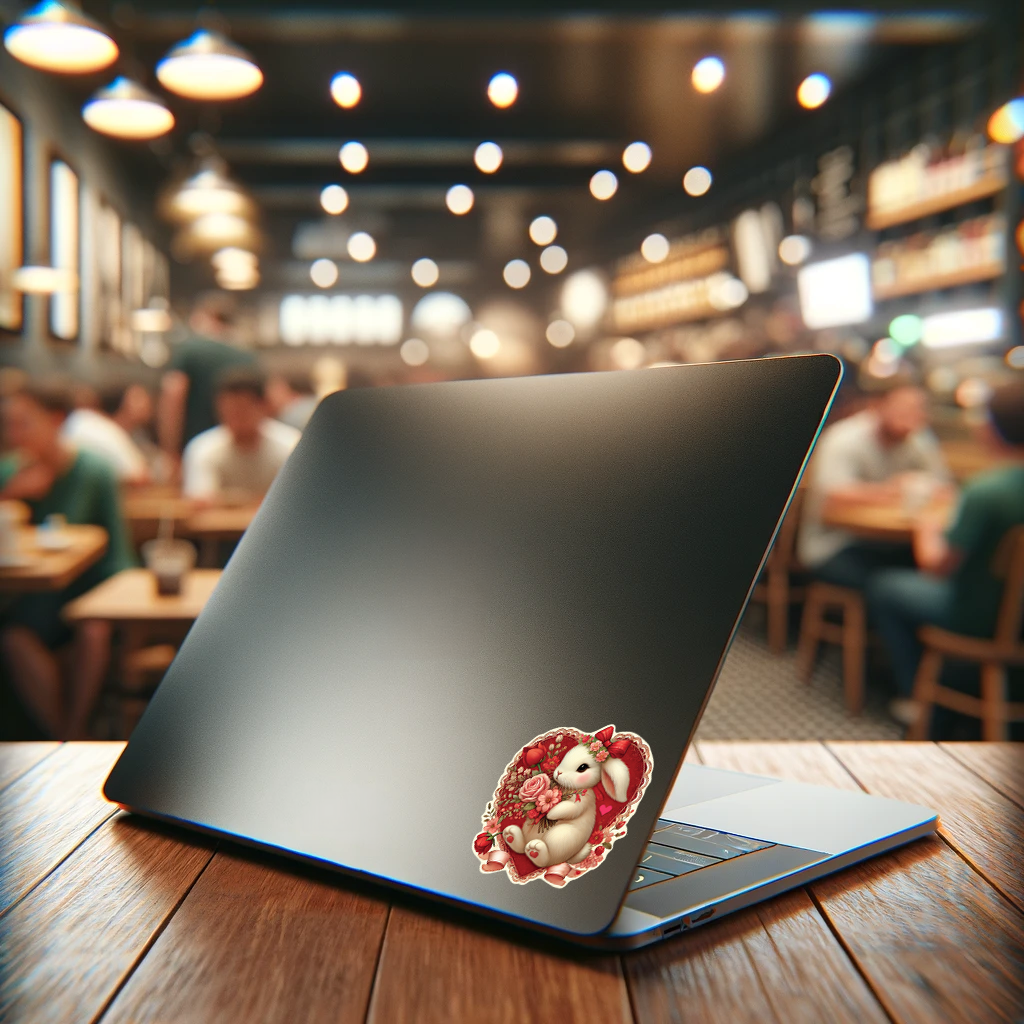


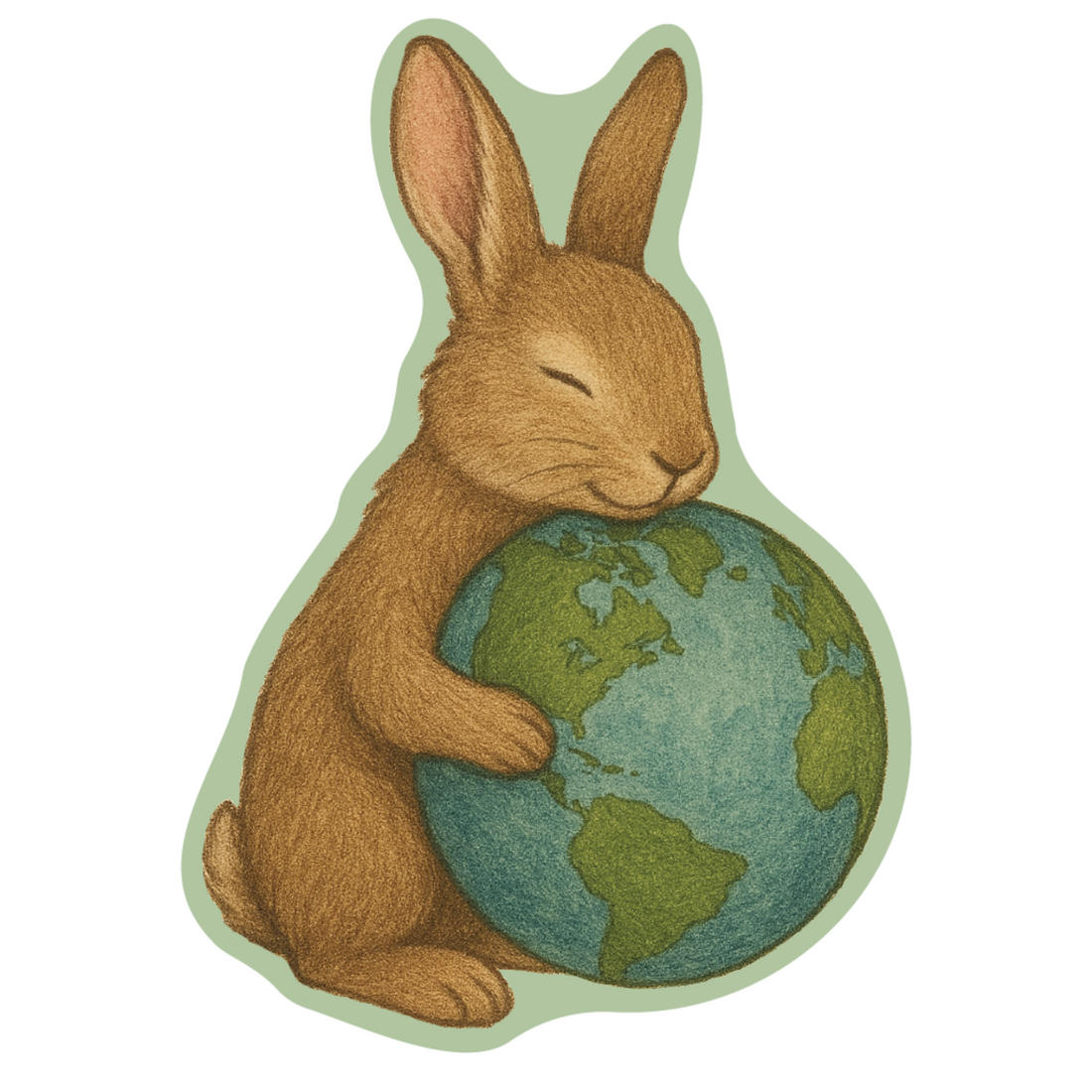

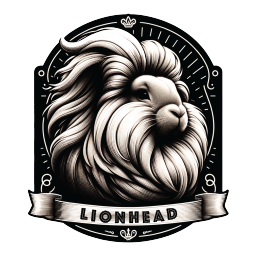


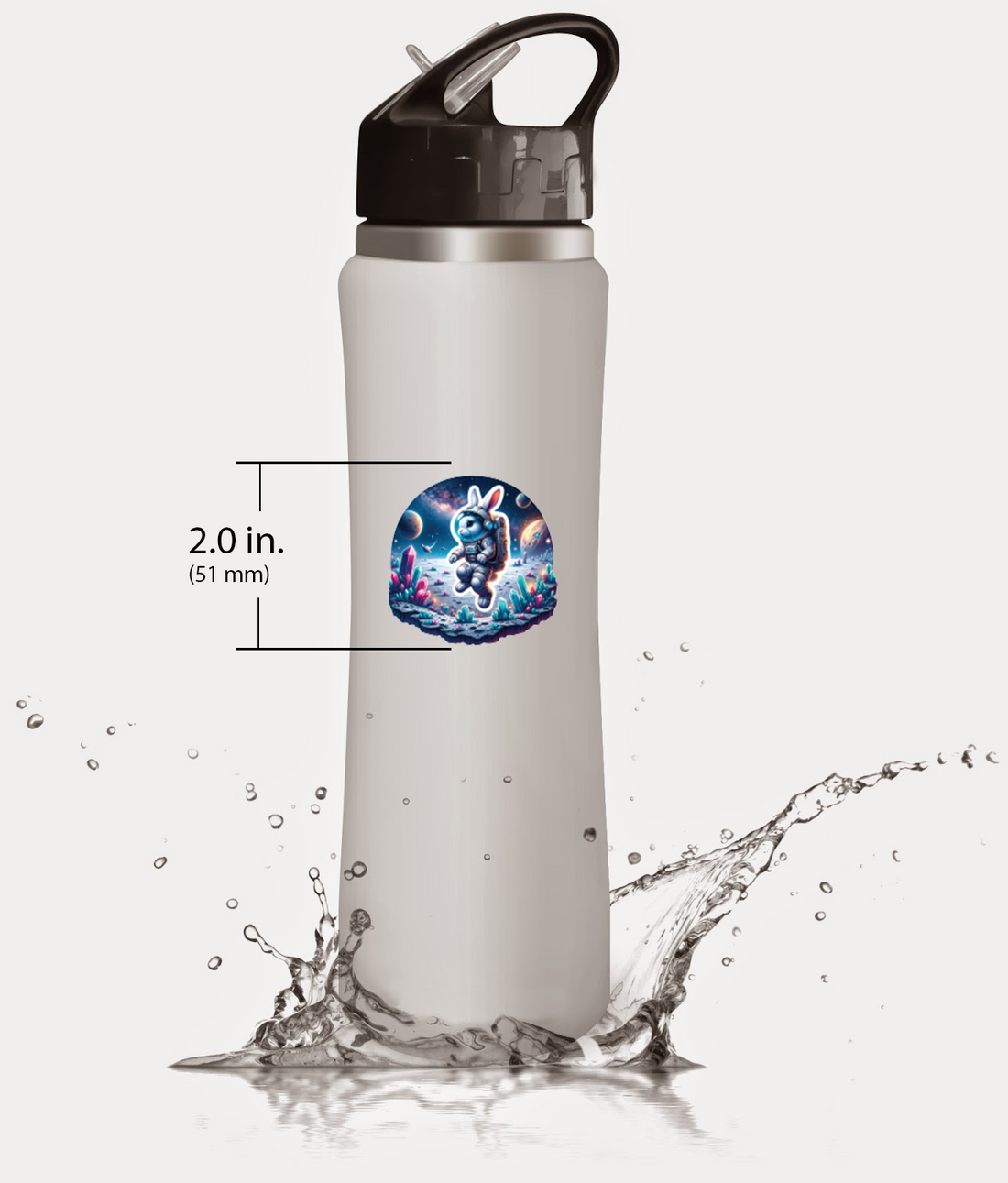
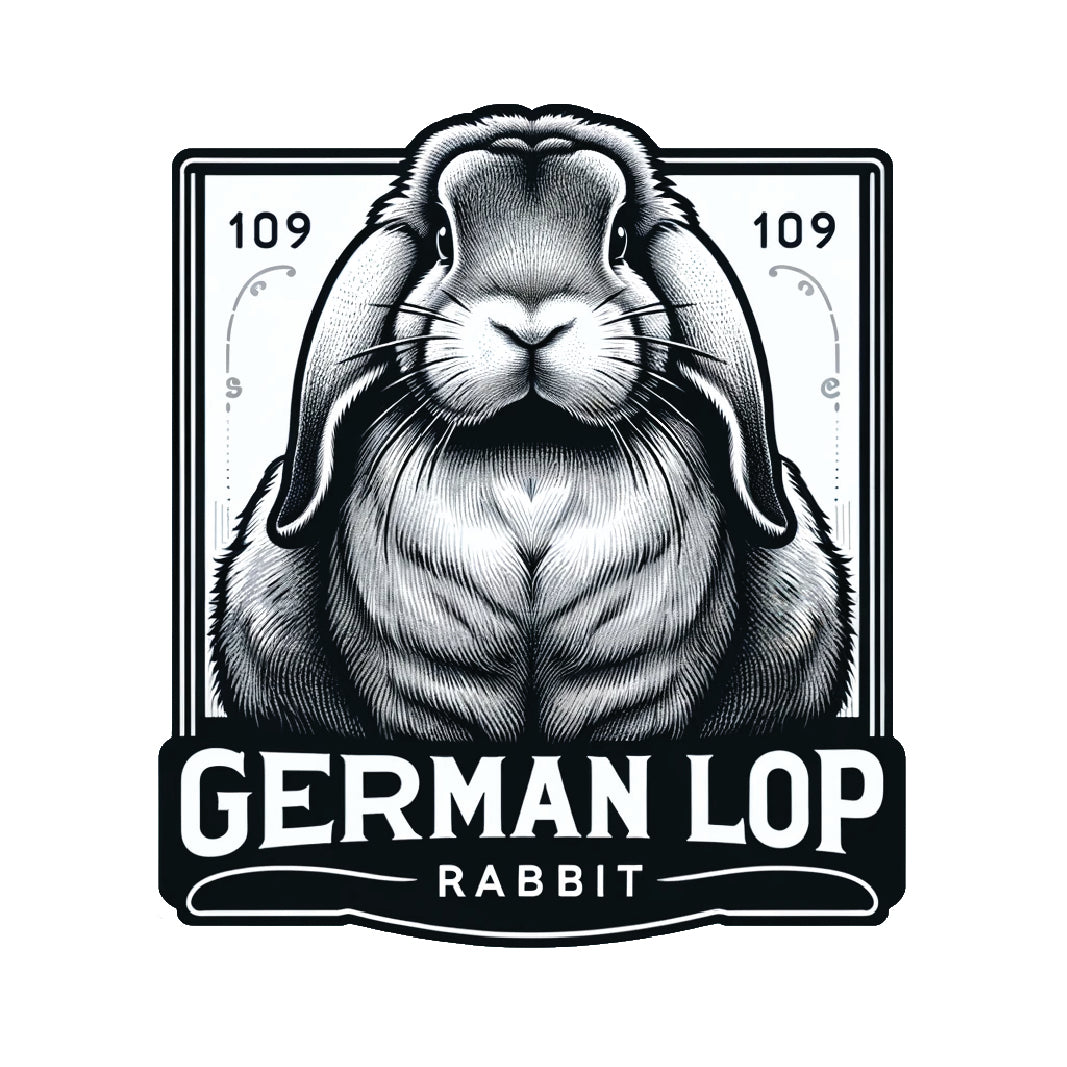




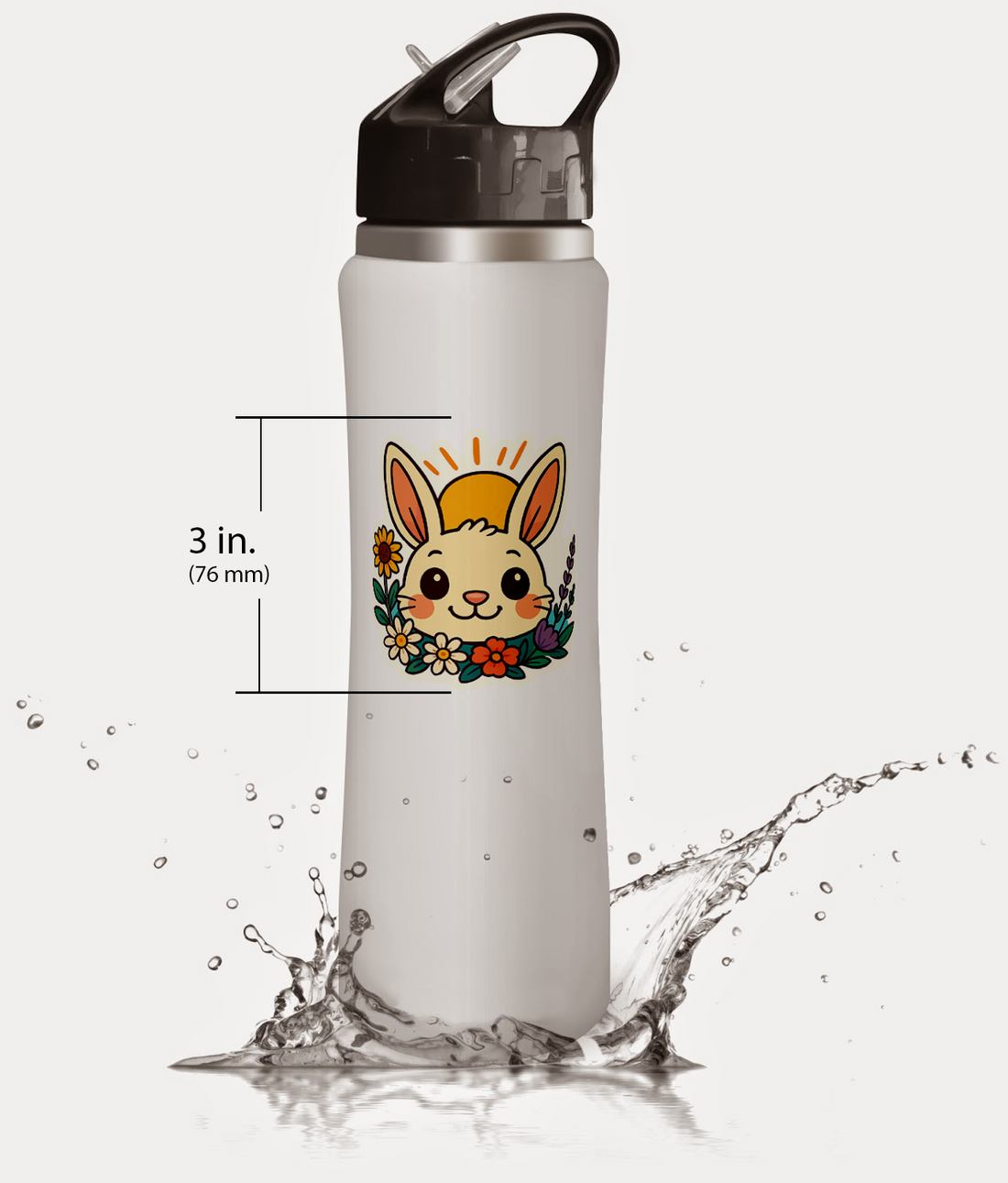
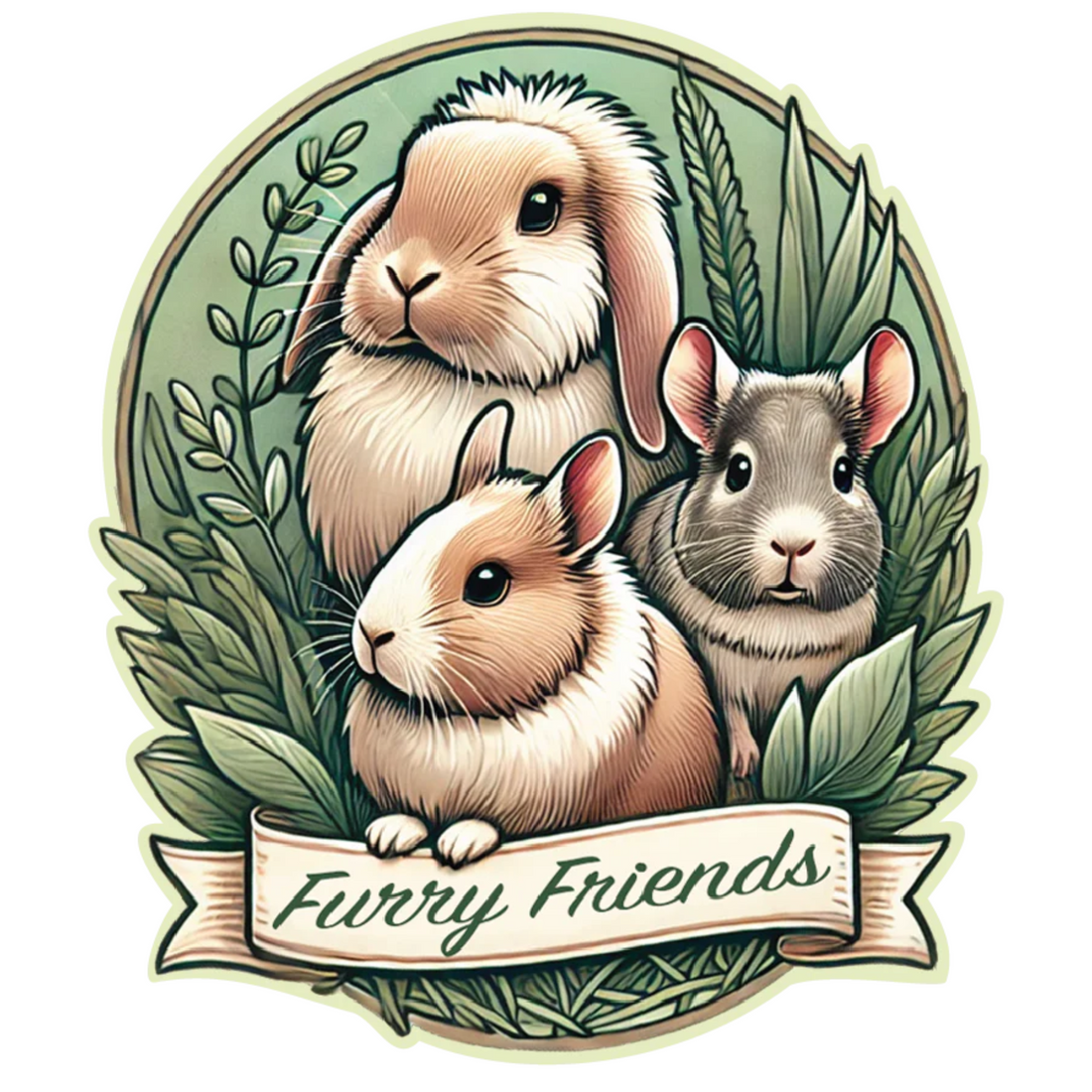
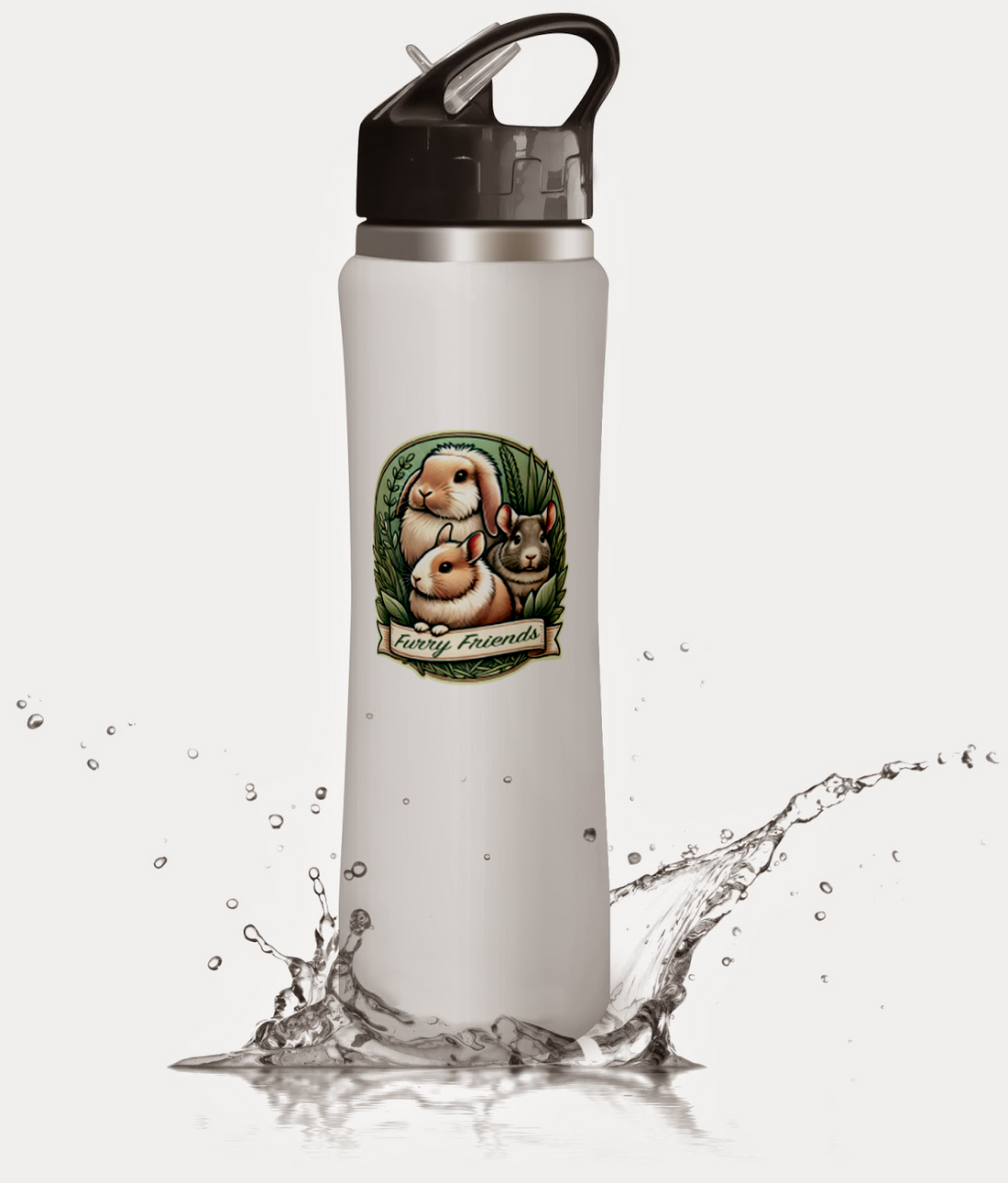
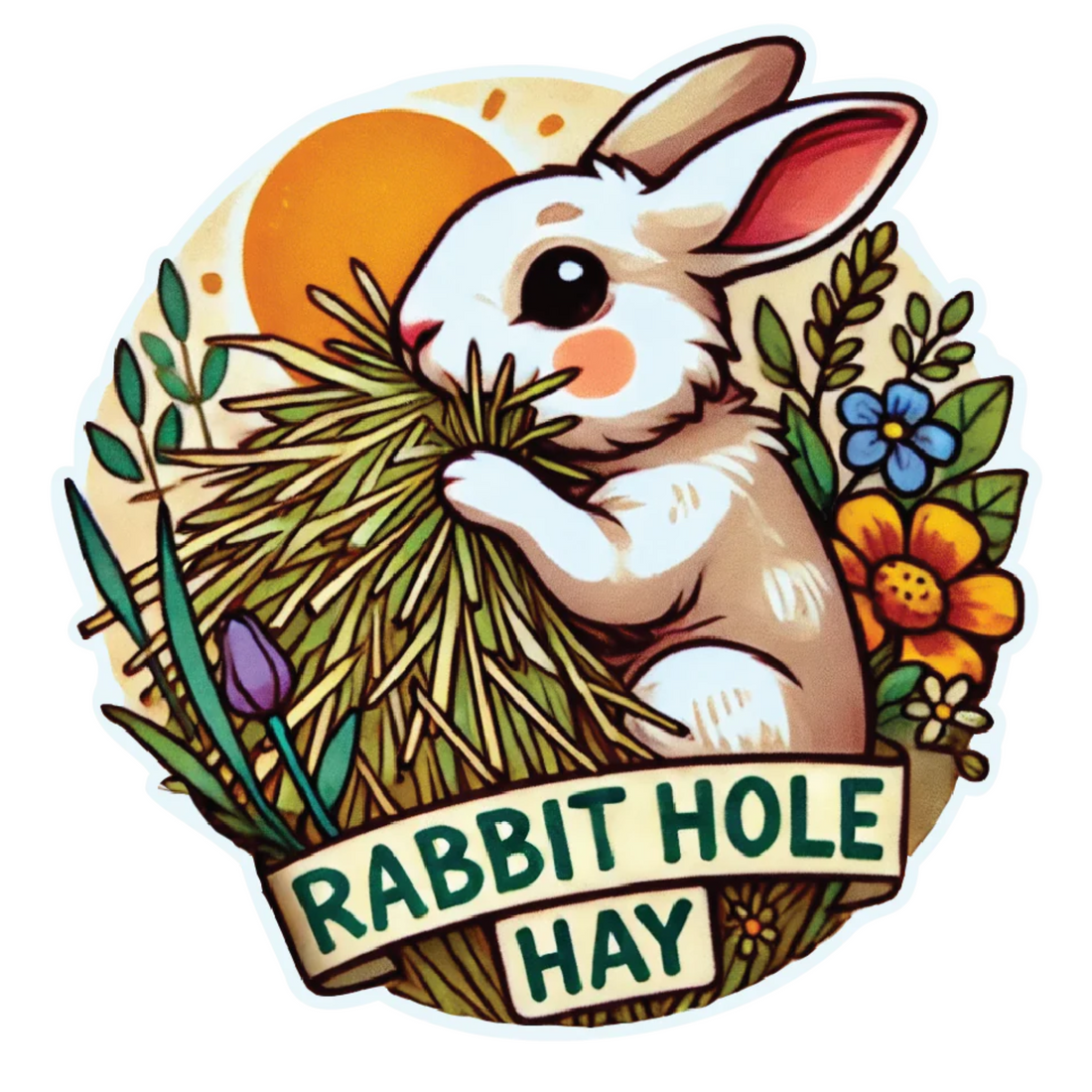
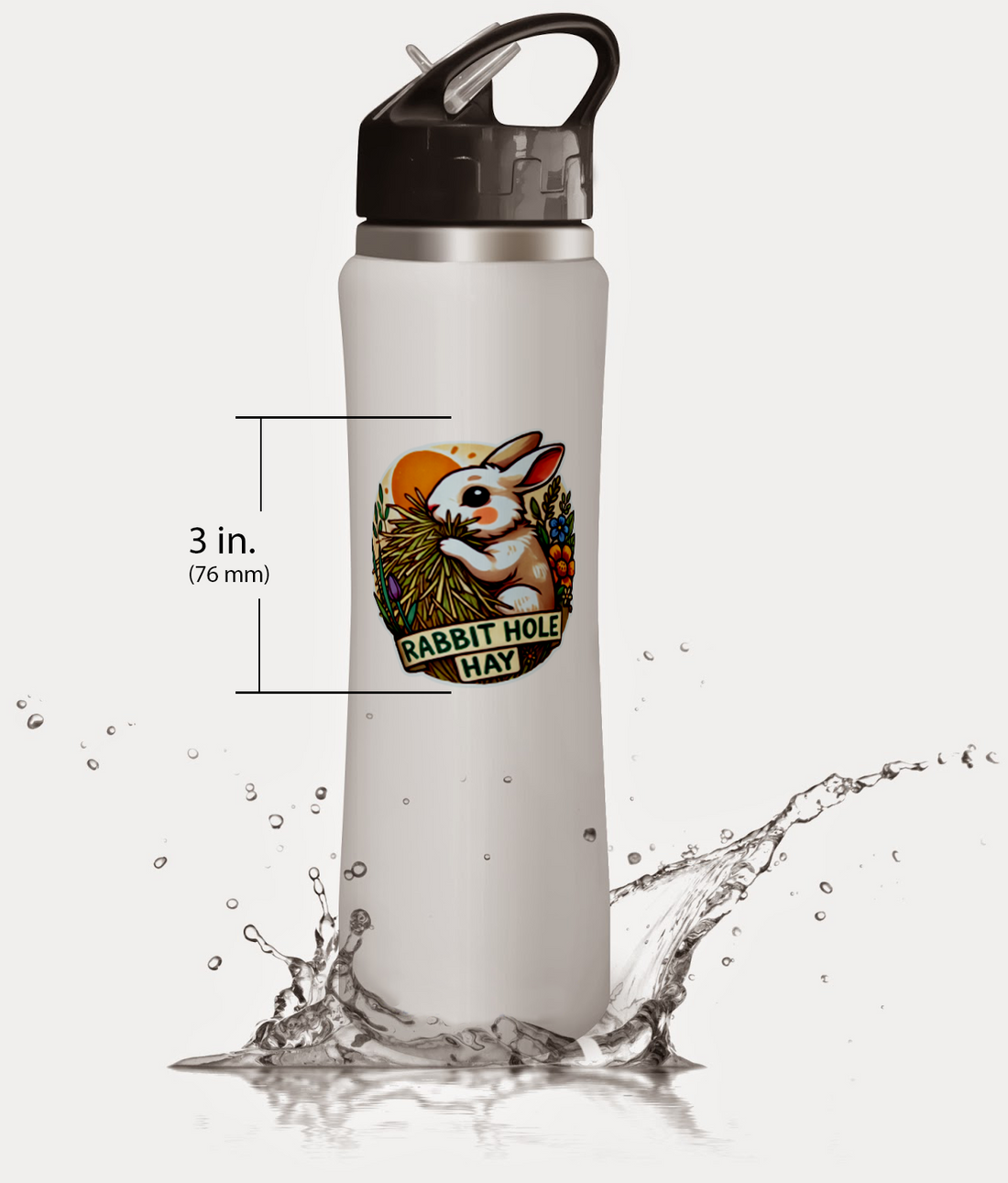
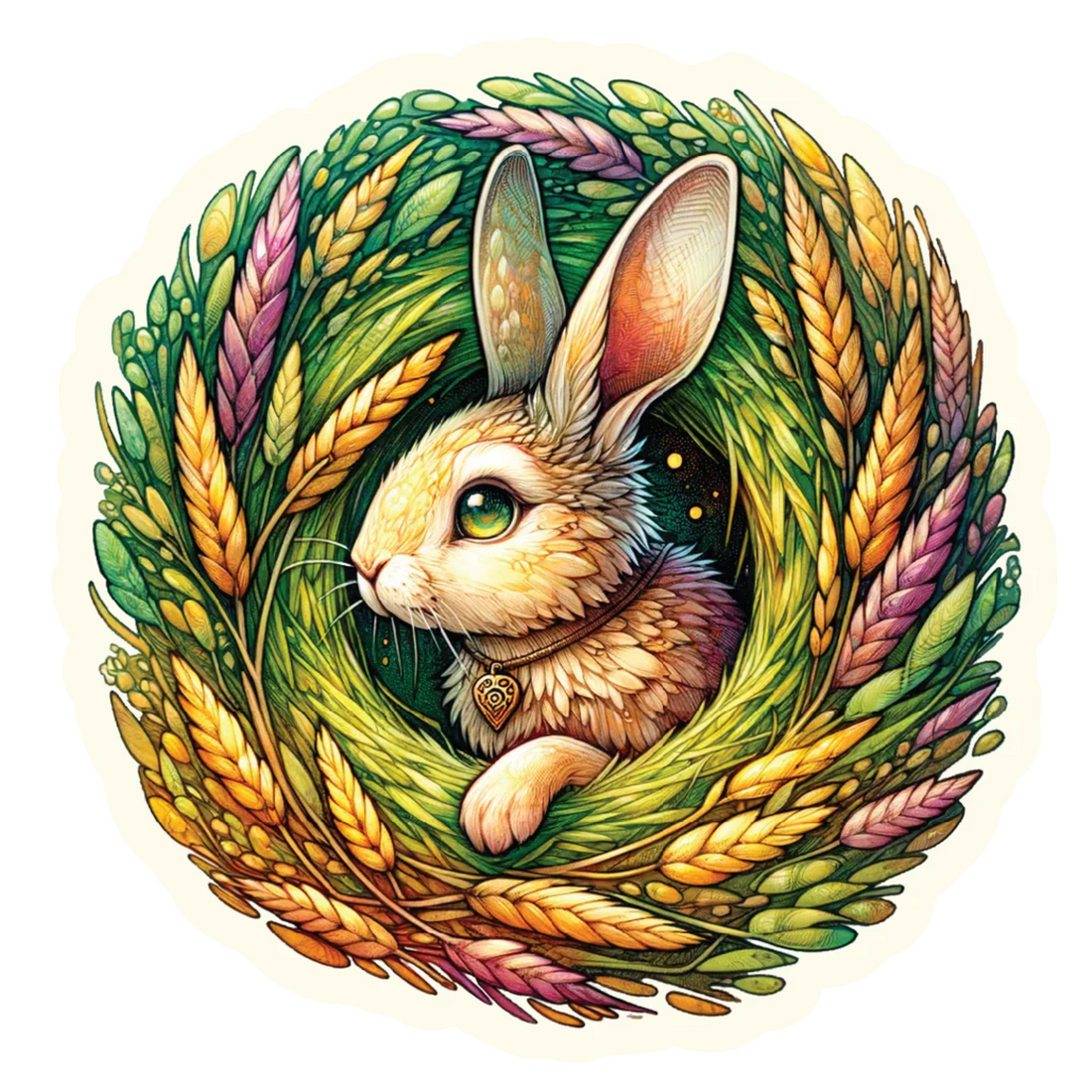









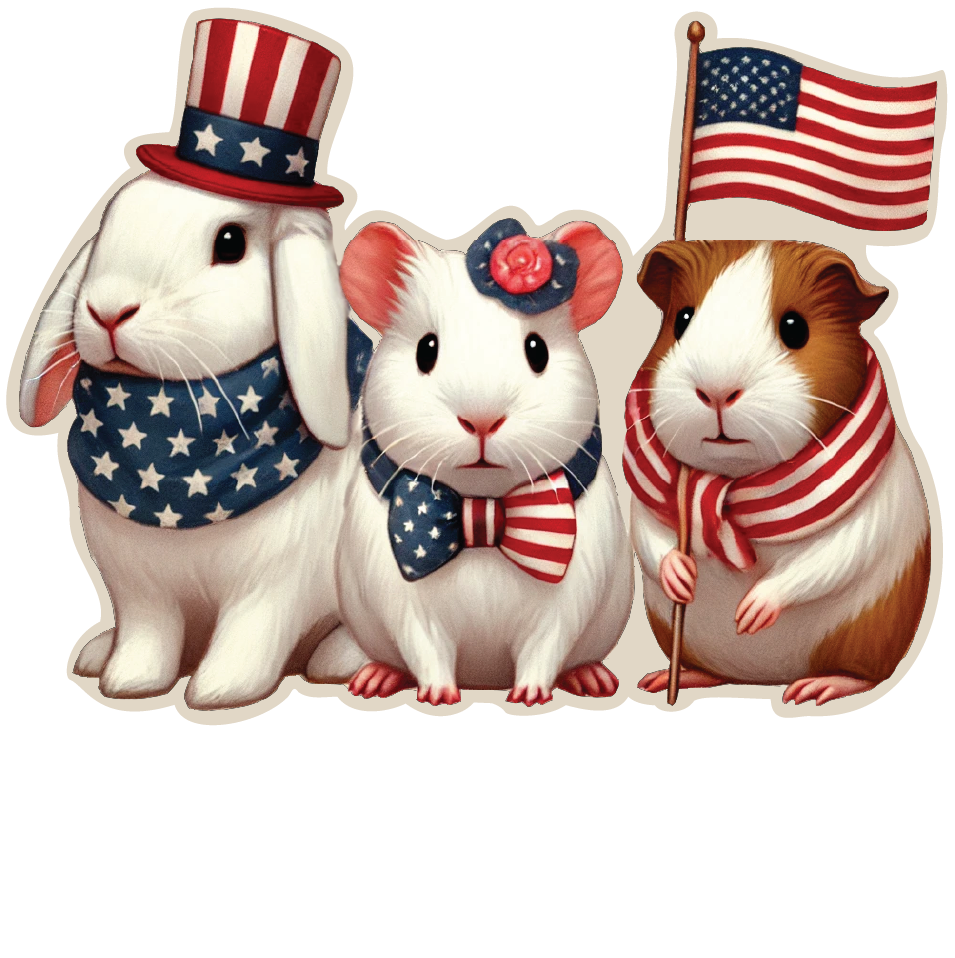



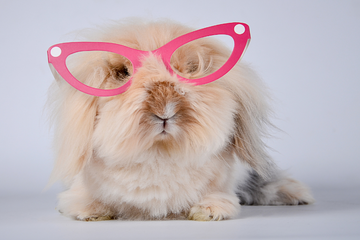
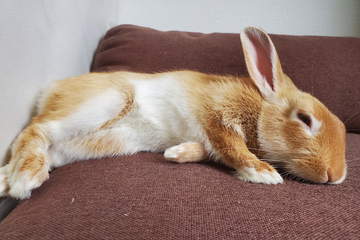


Comments